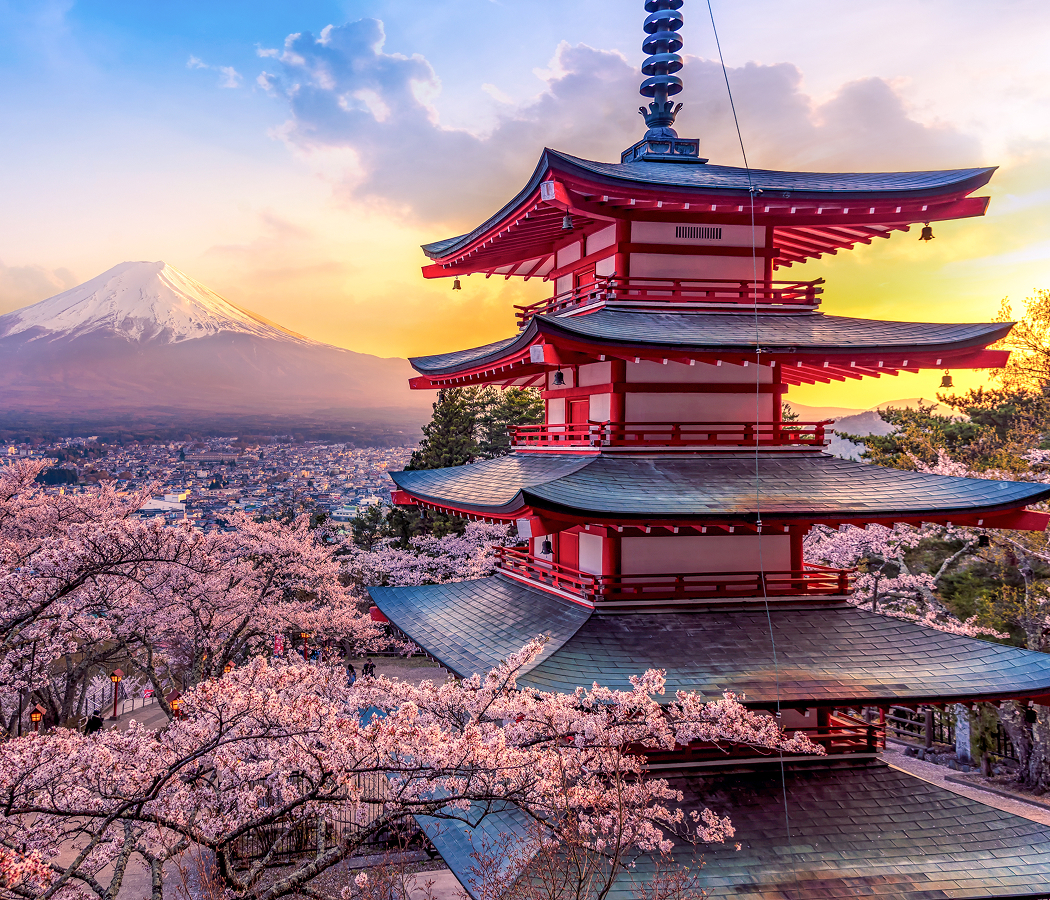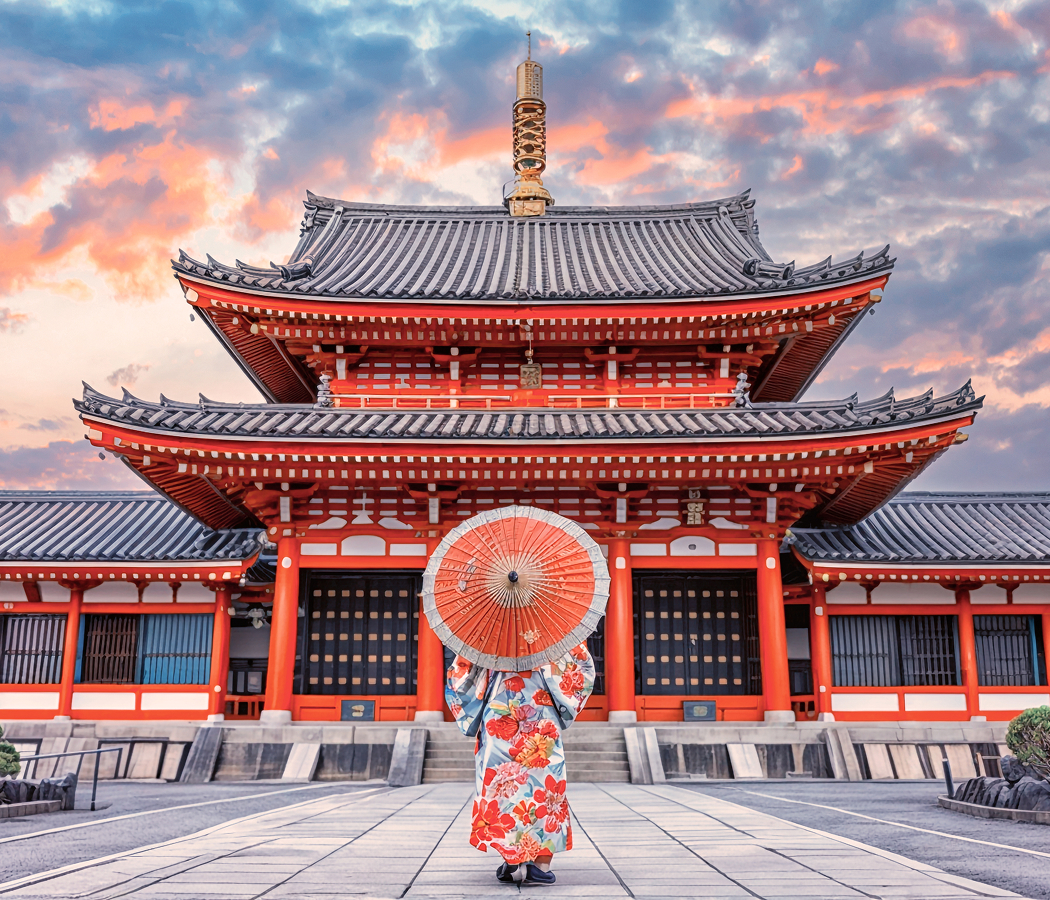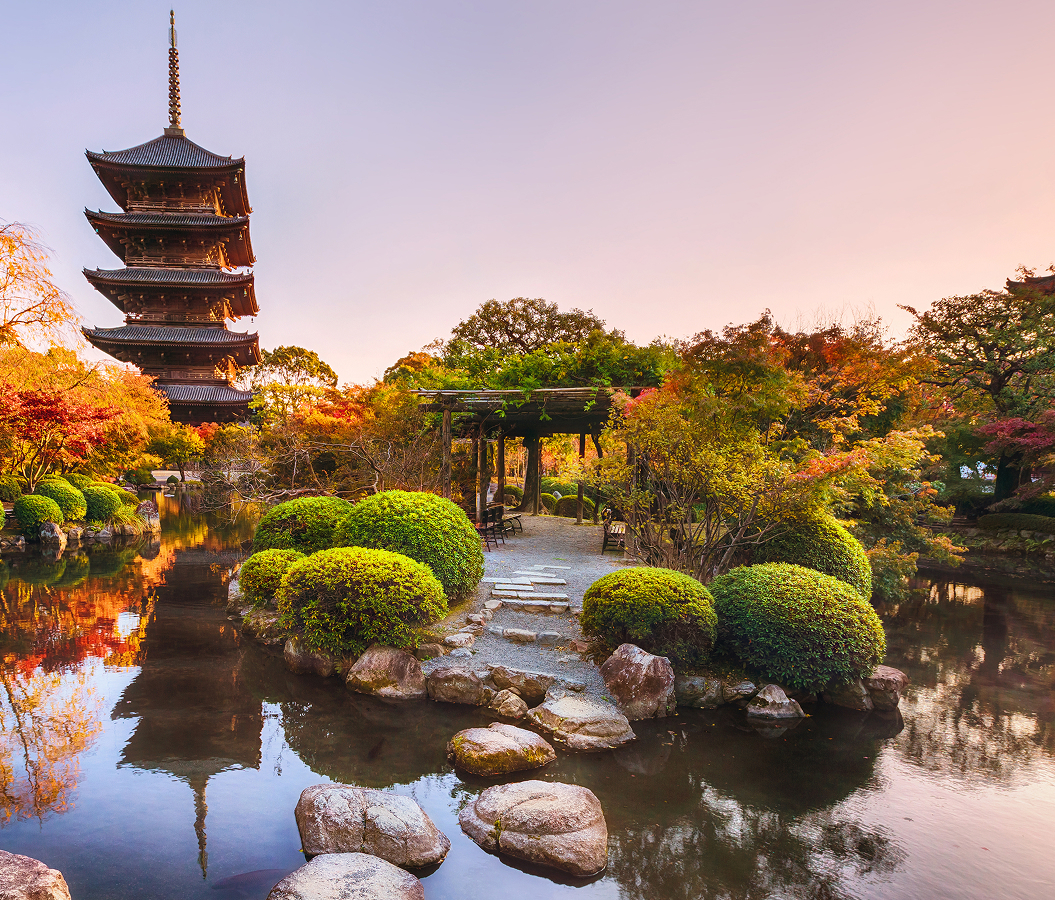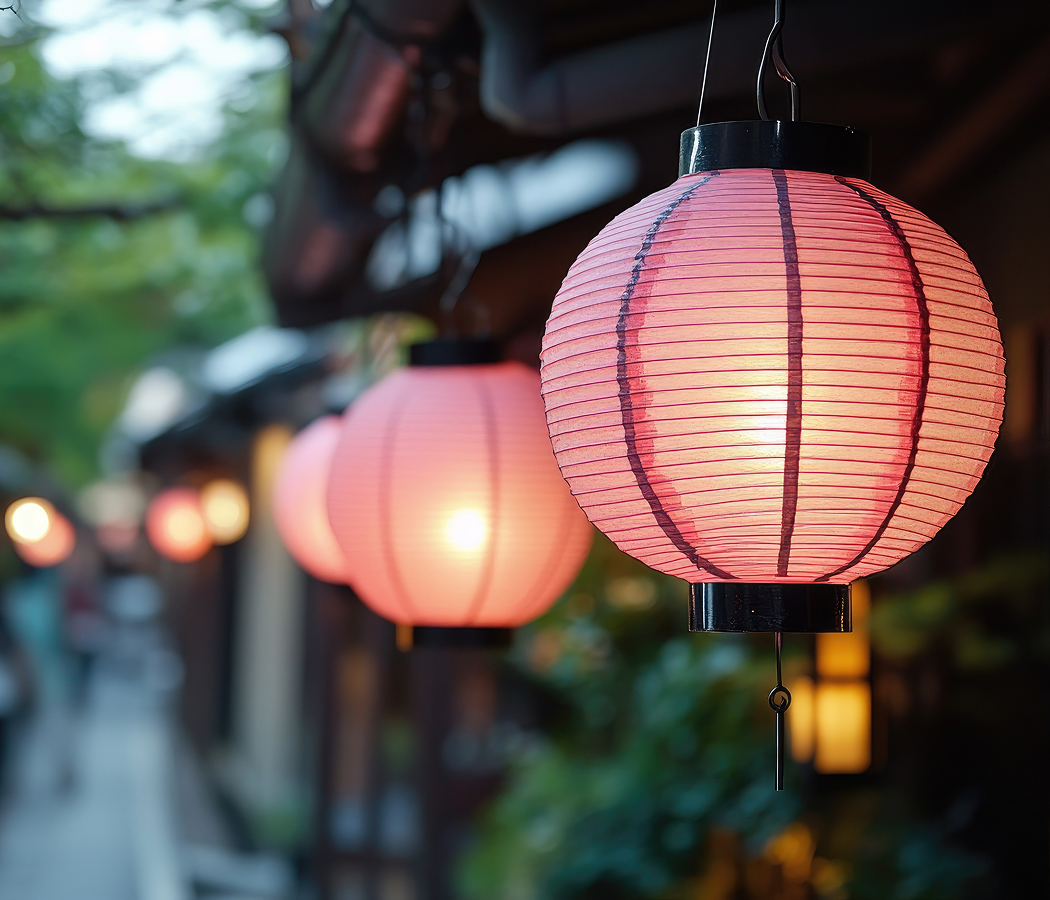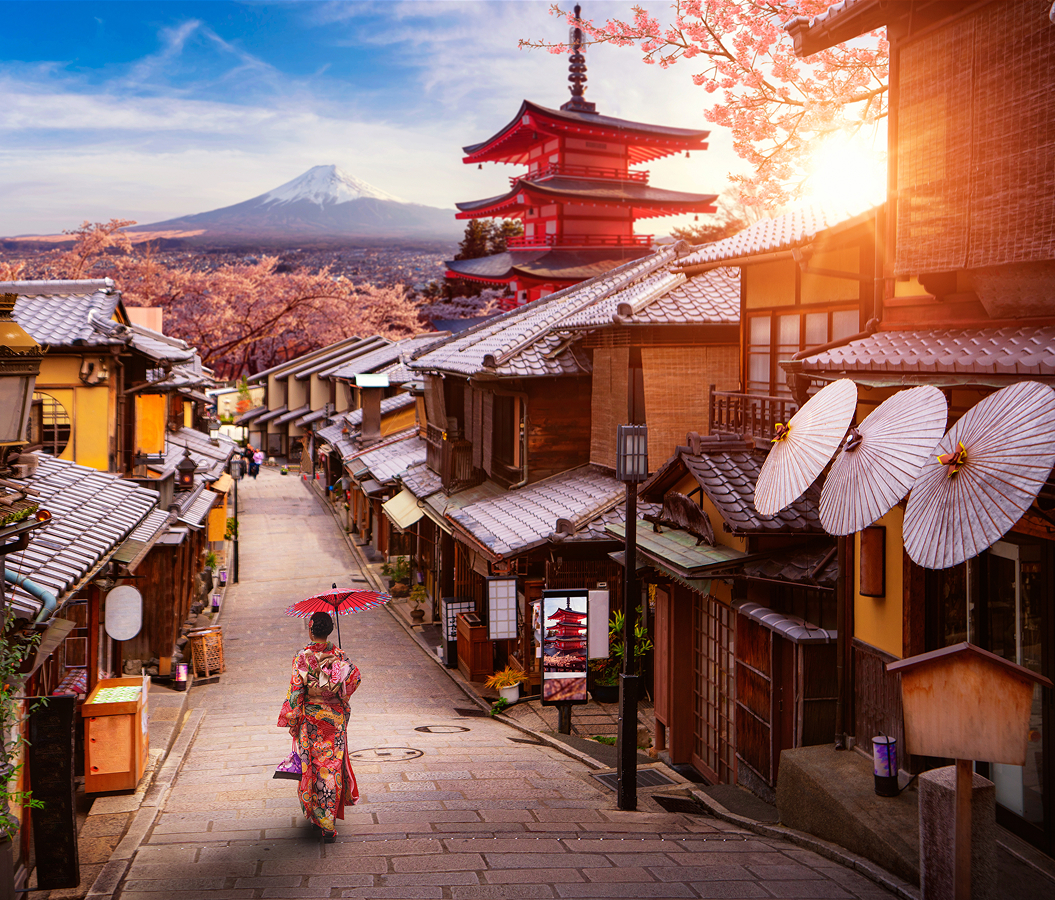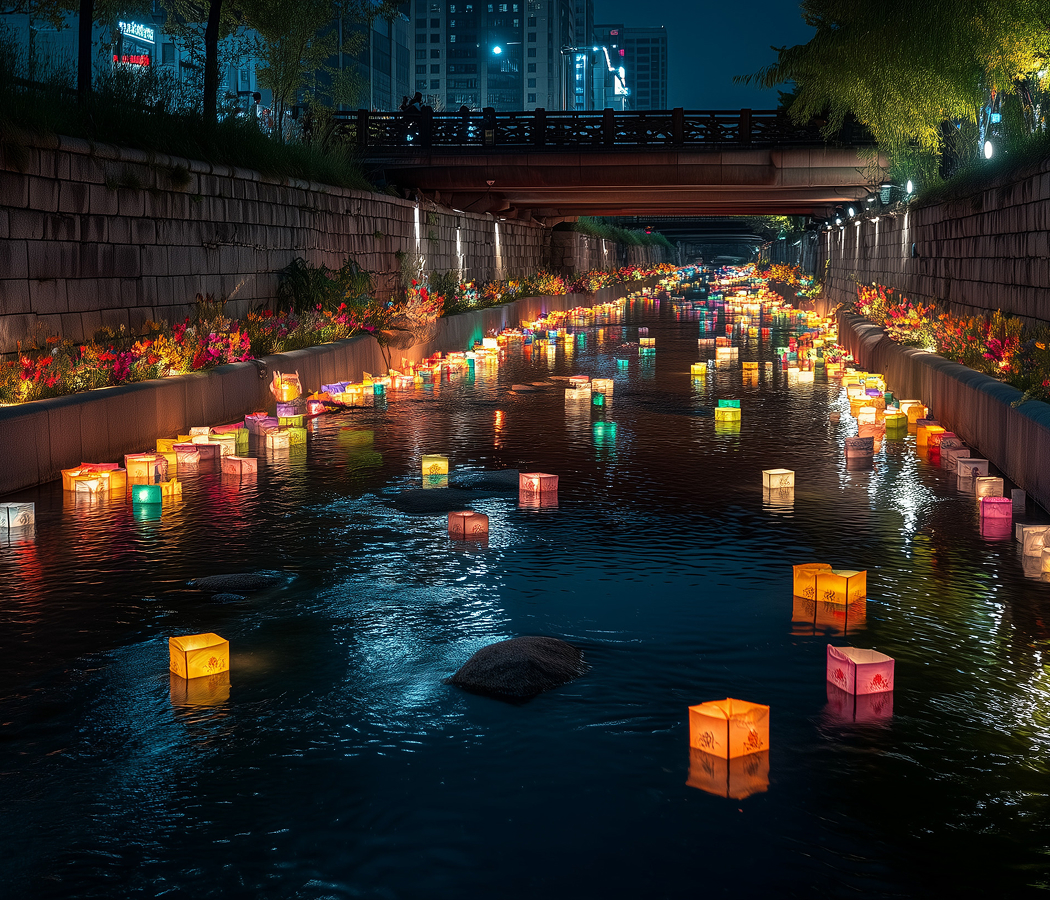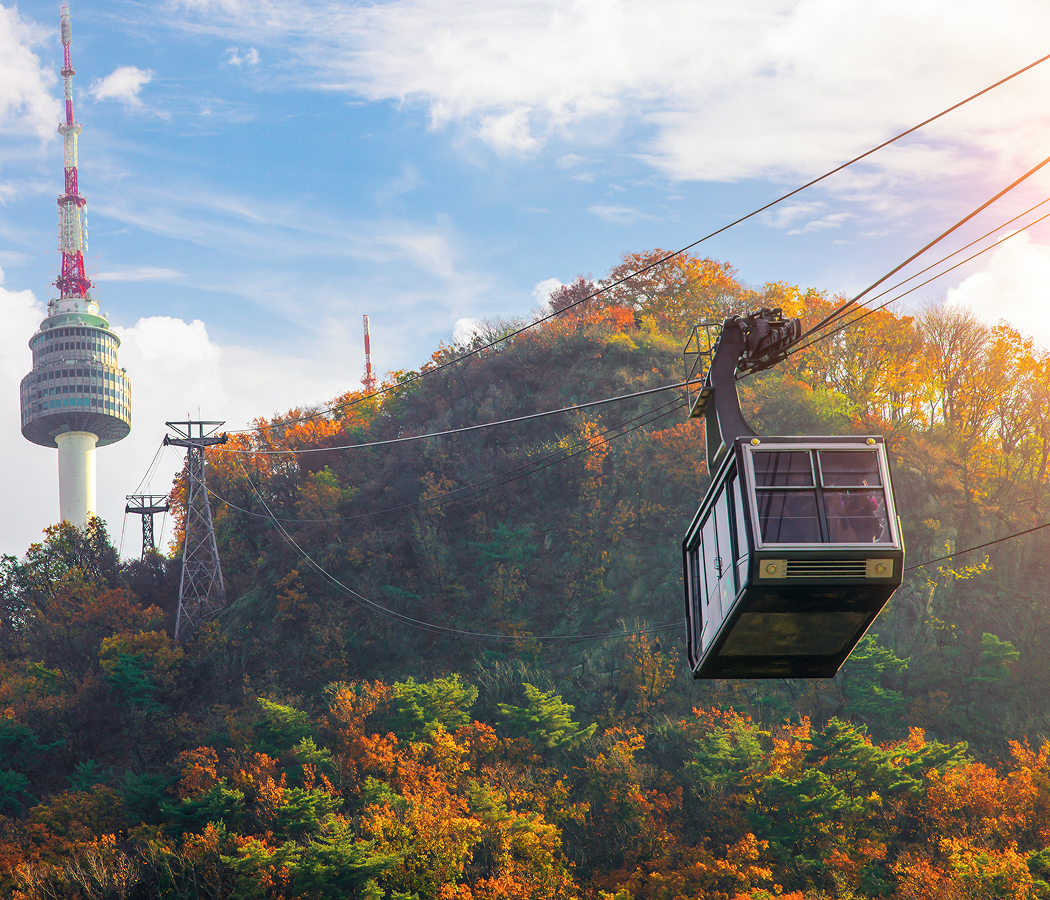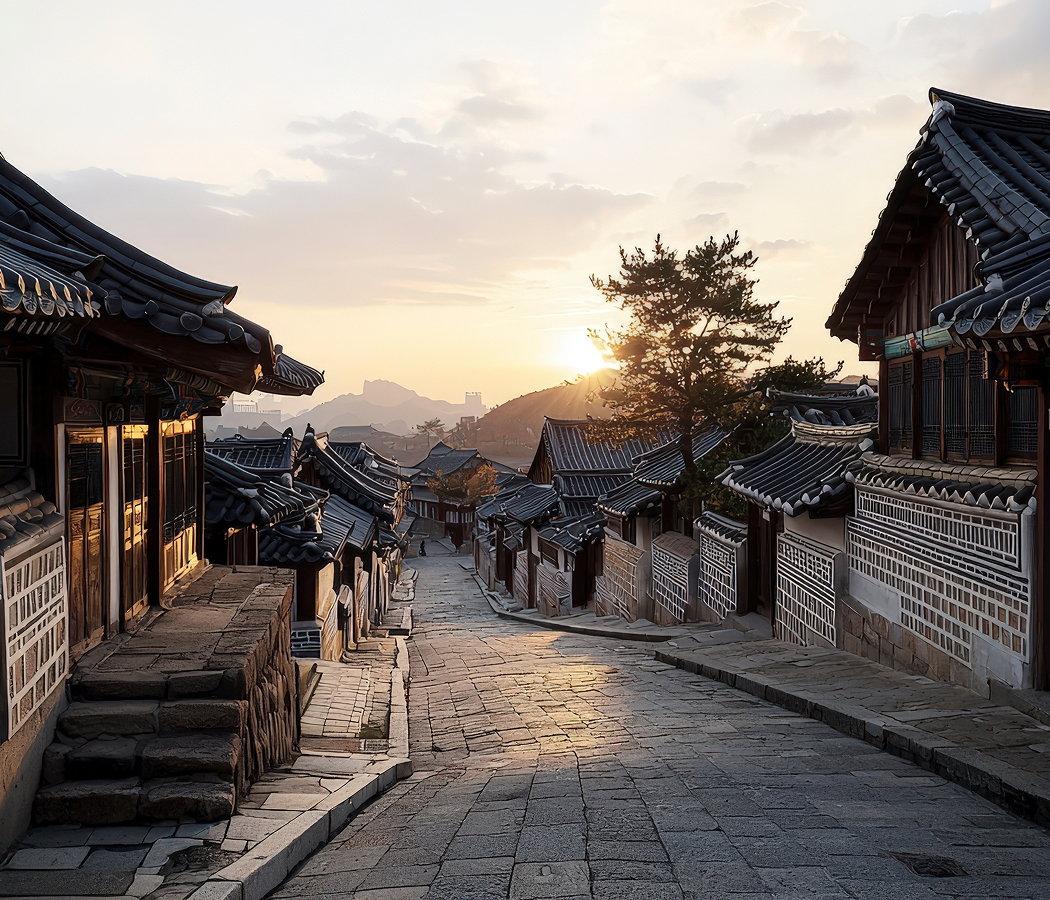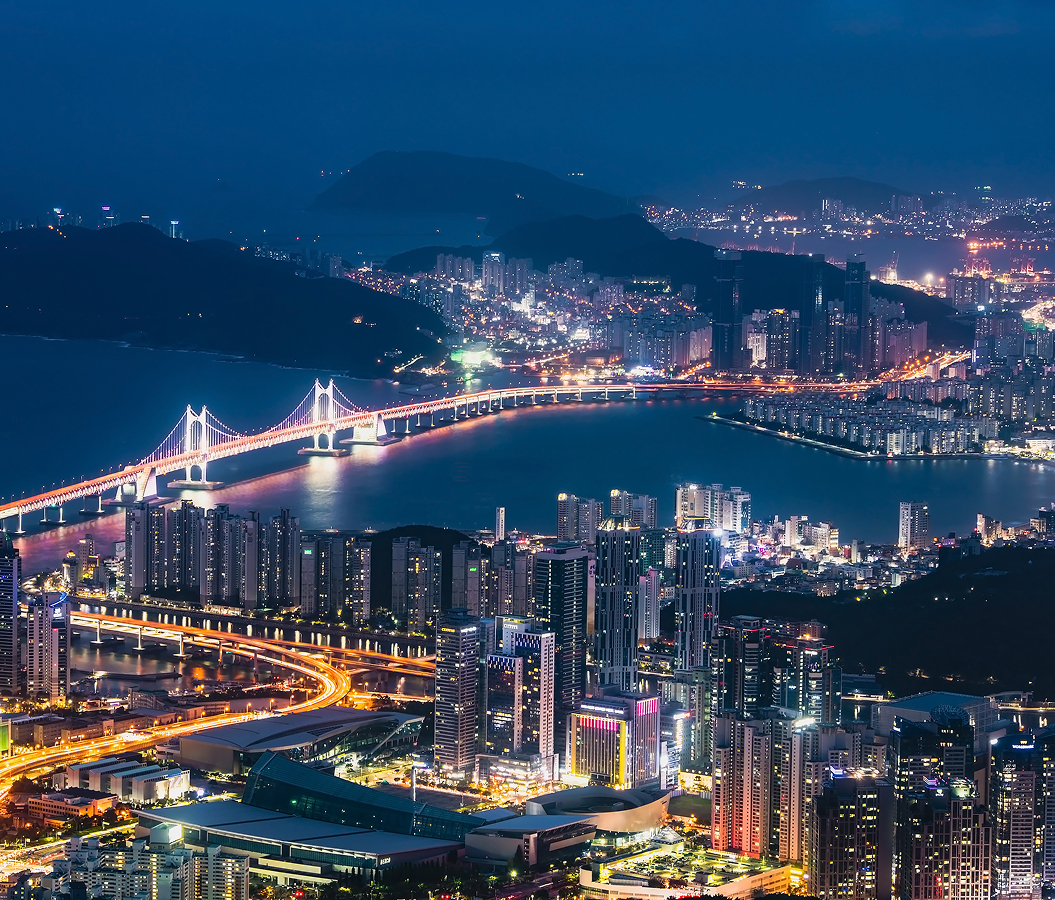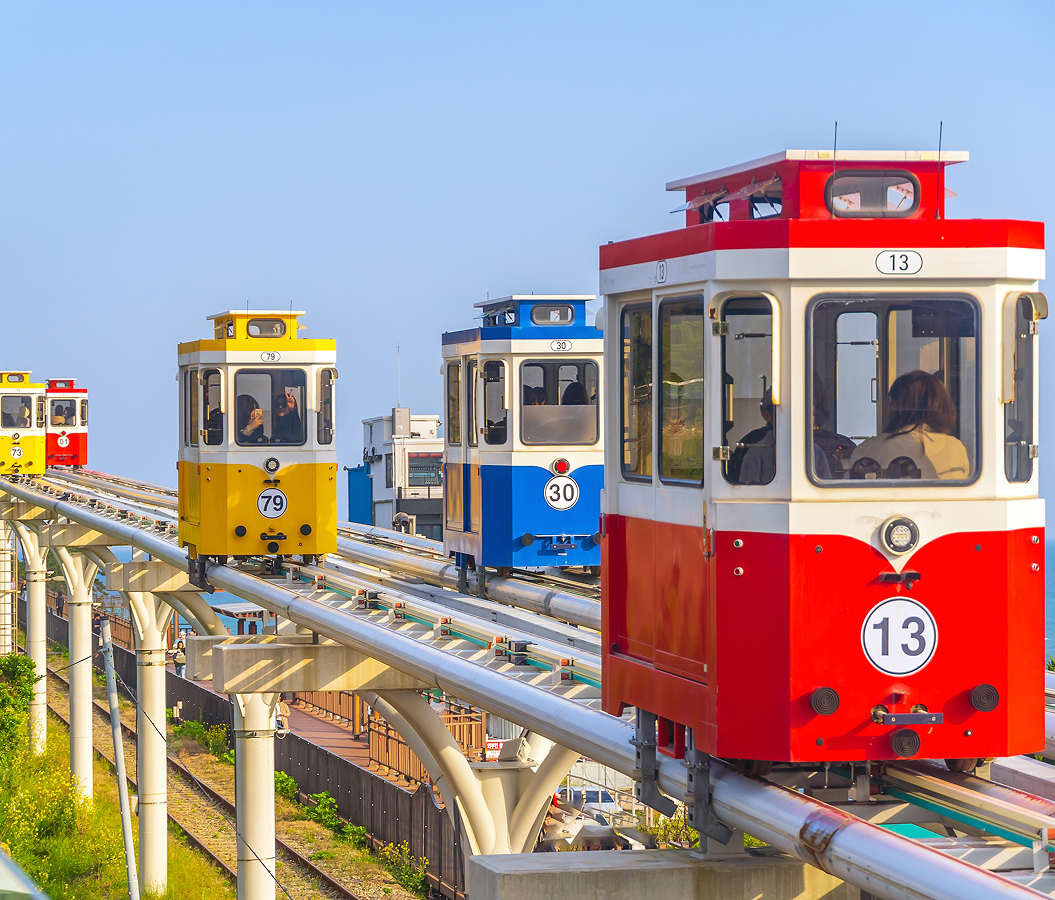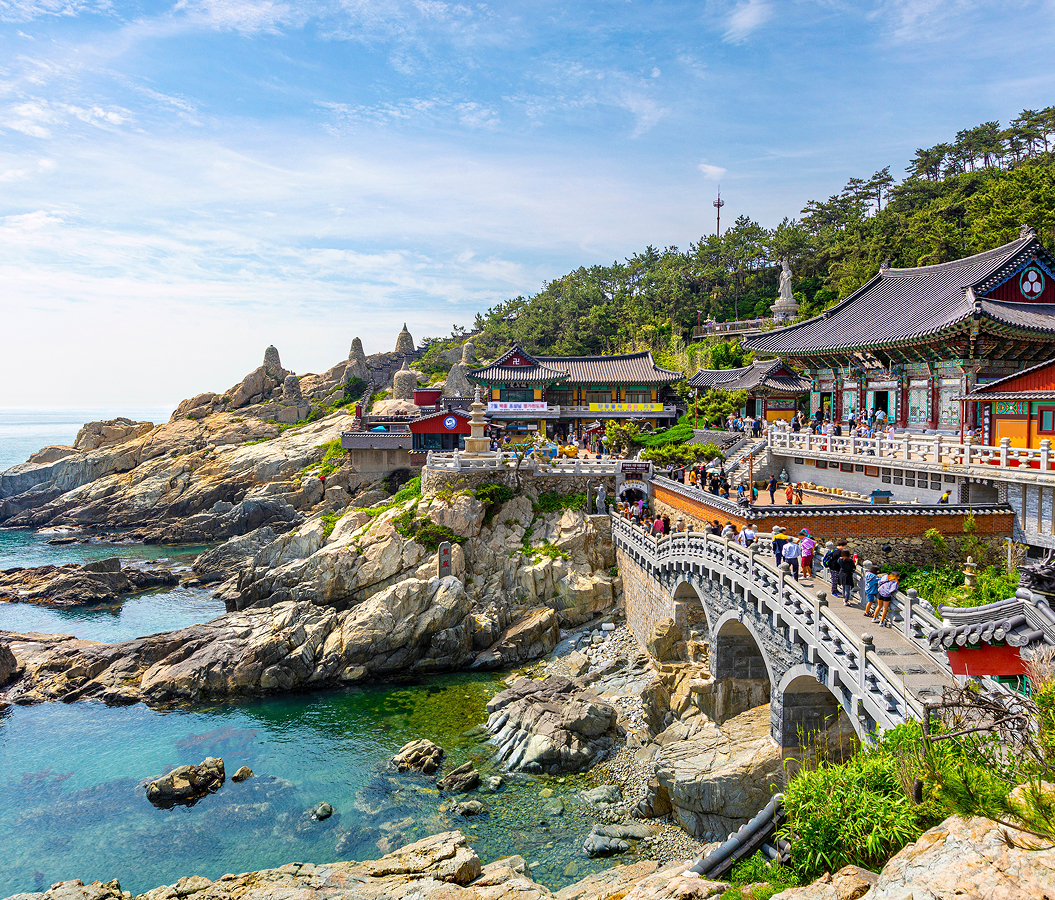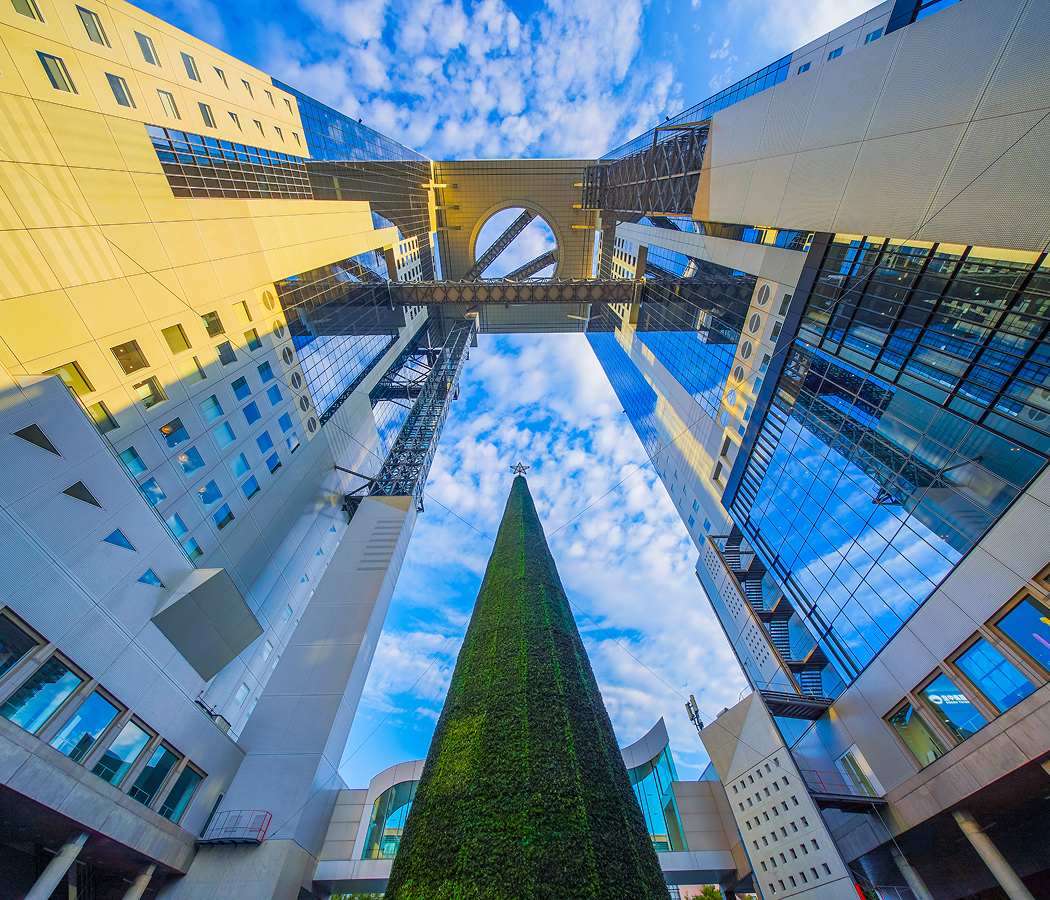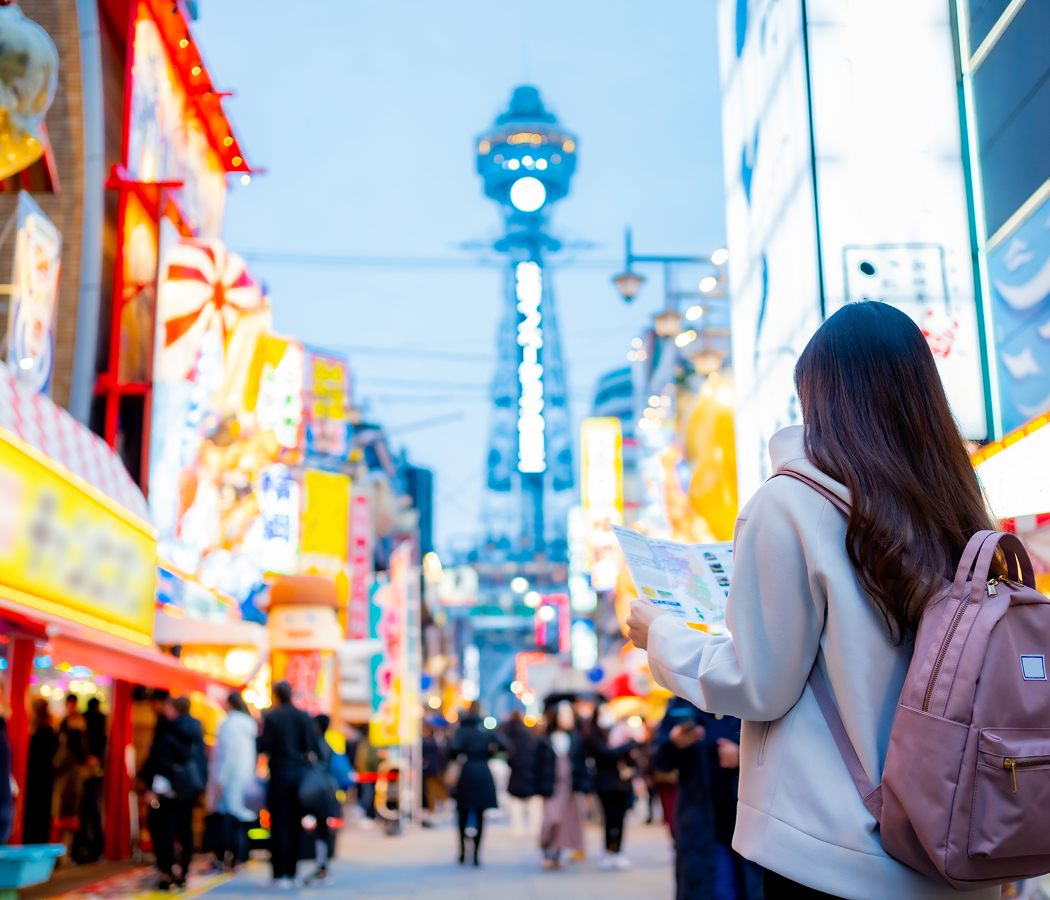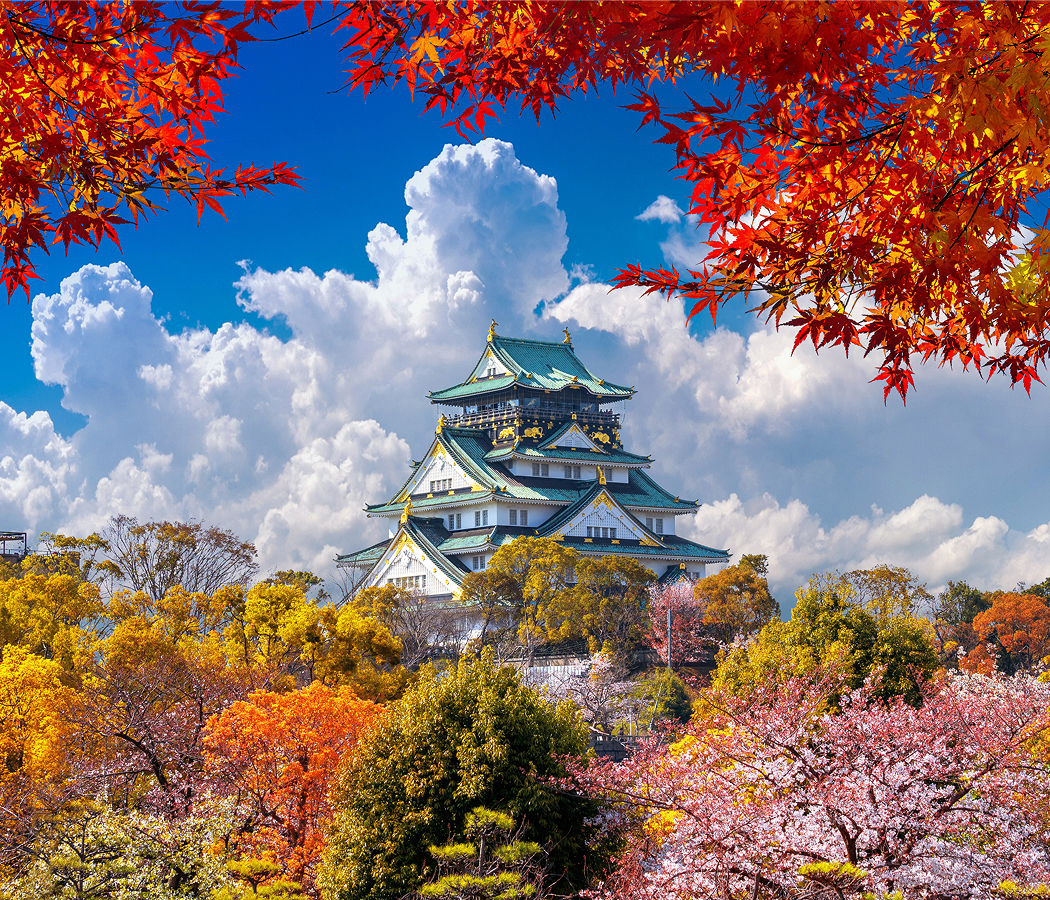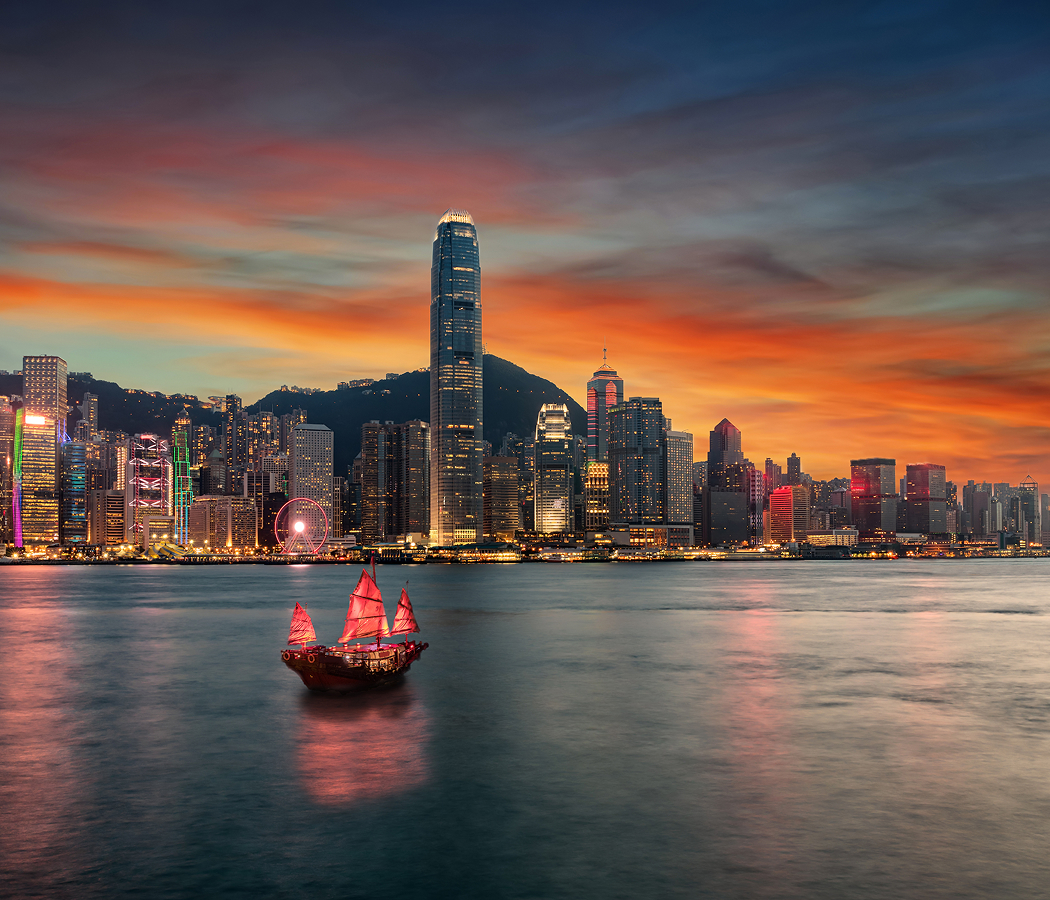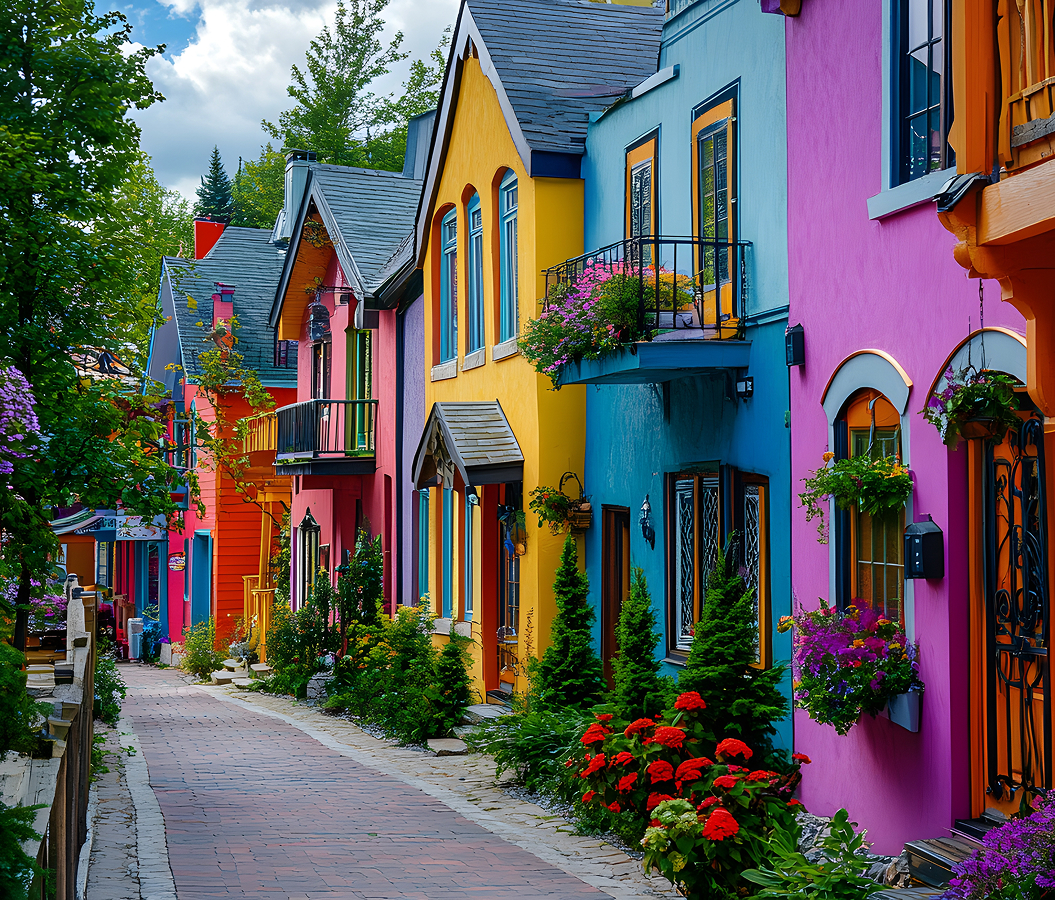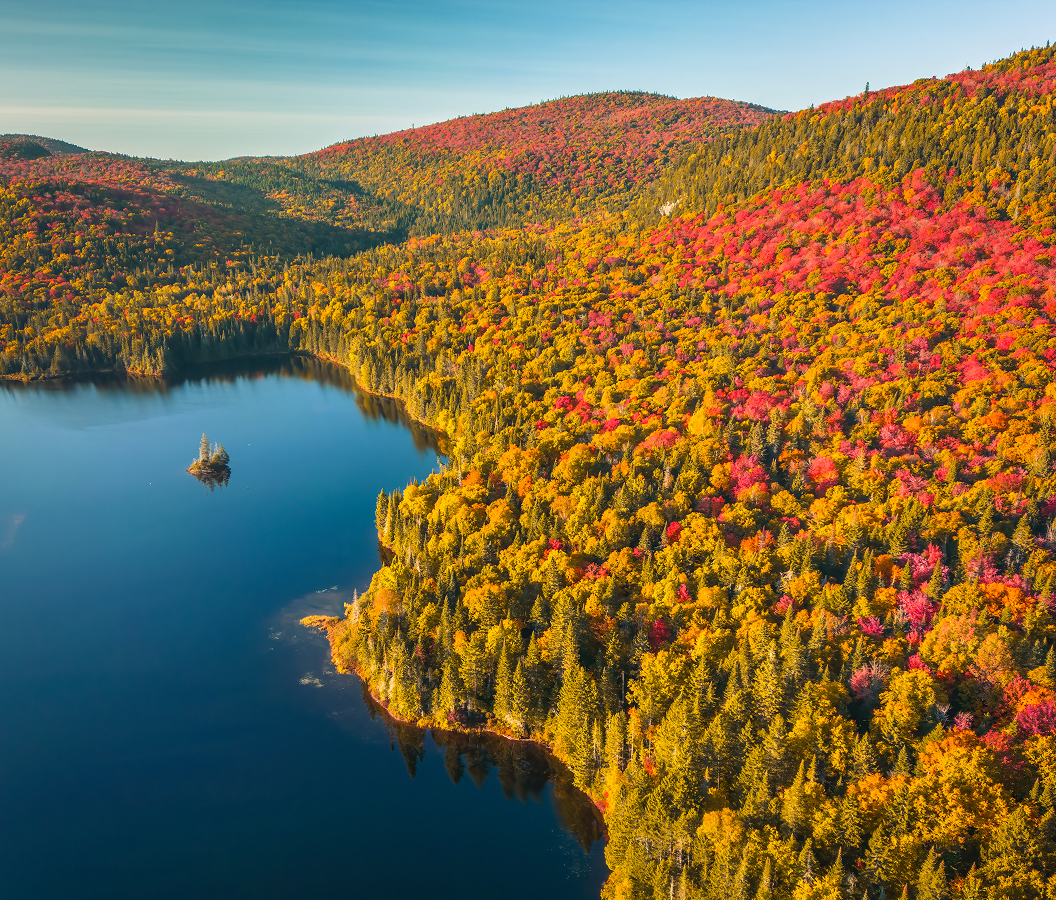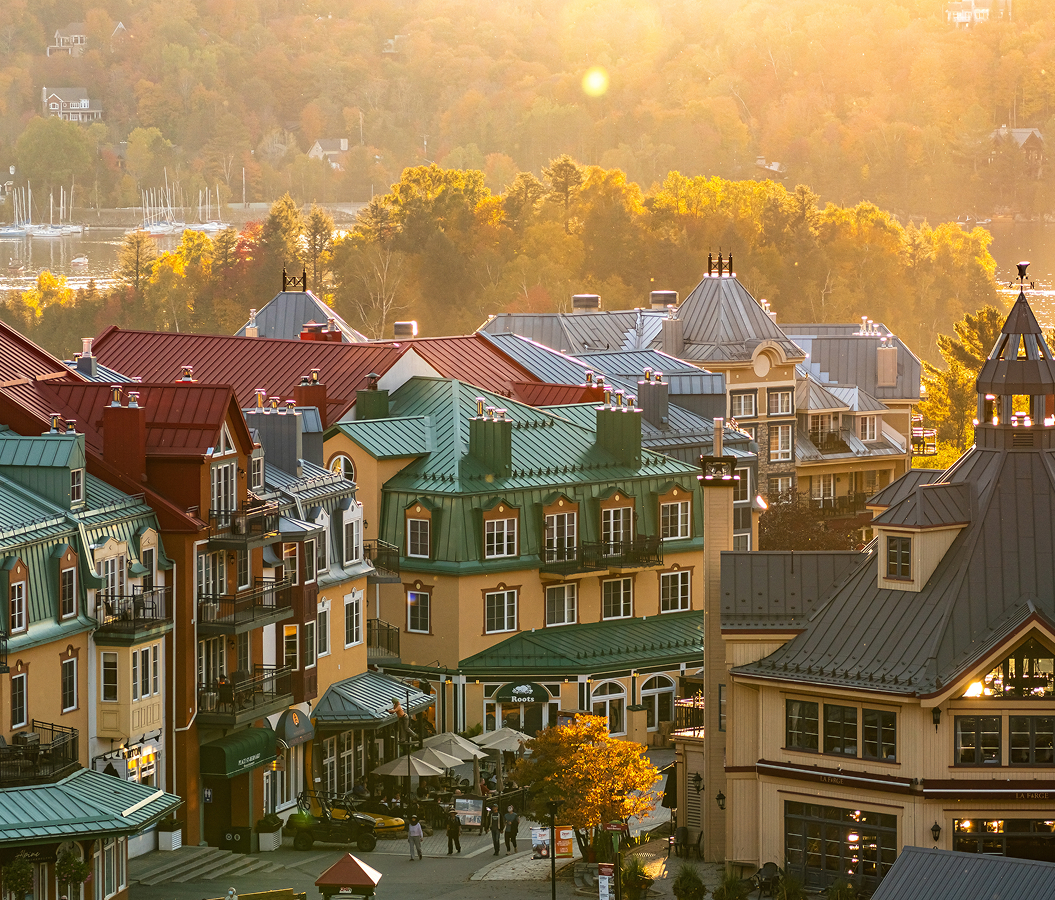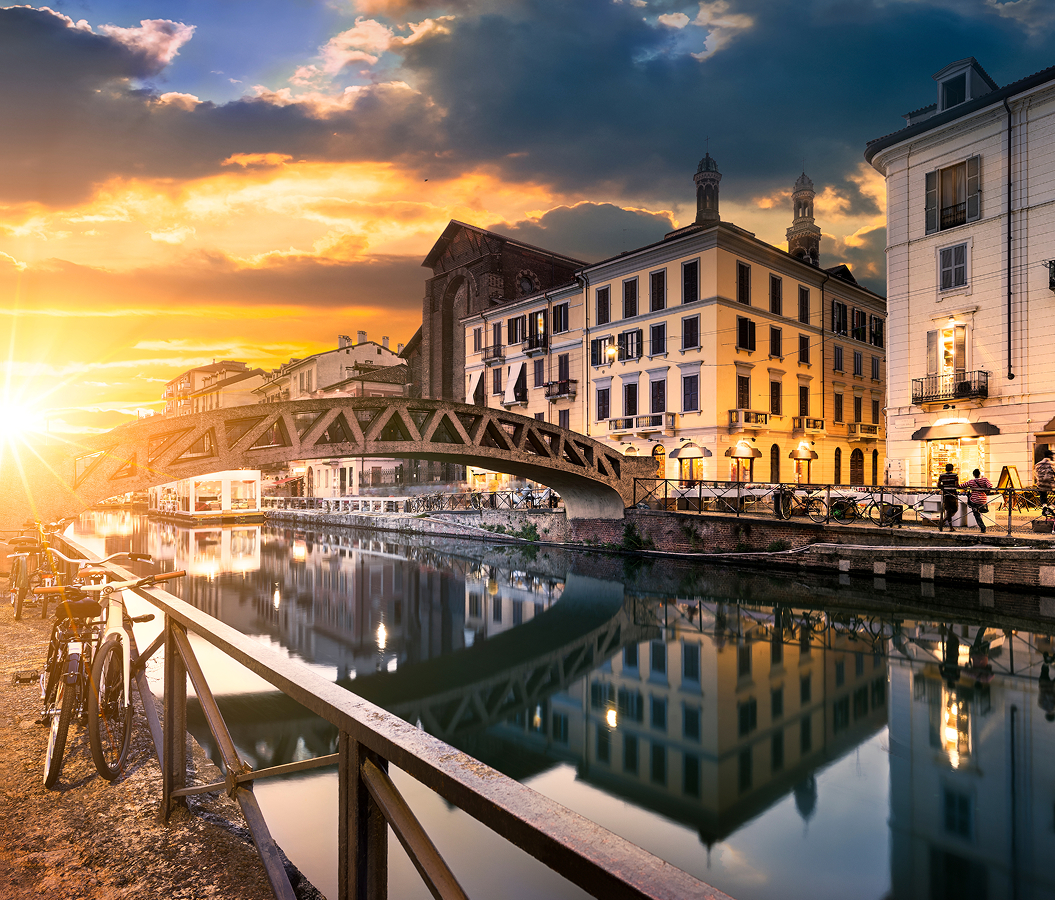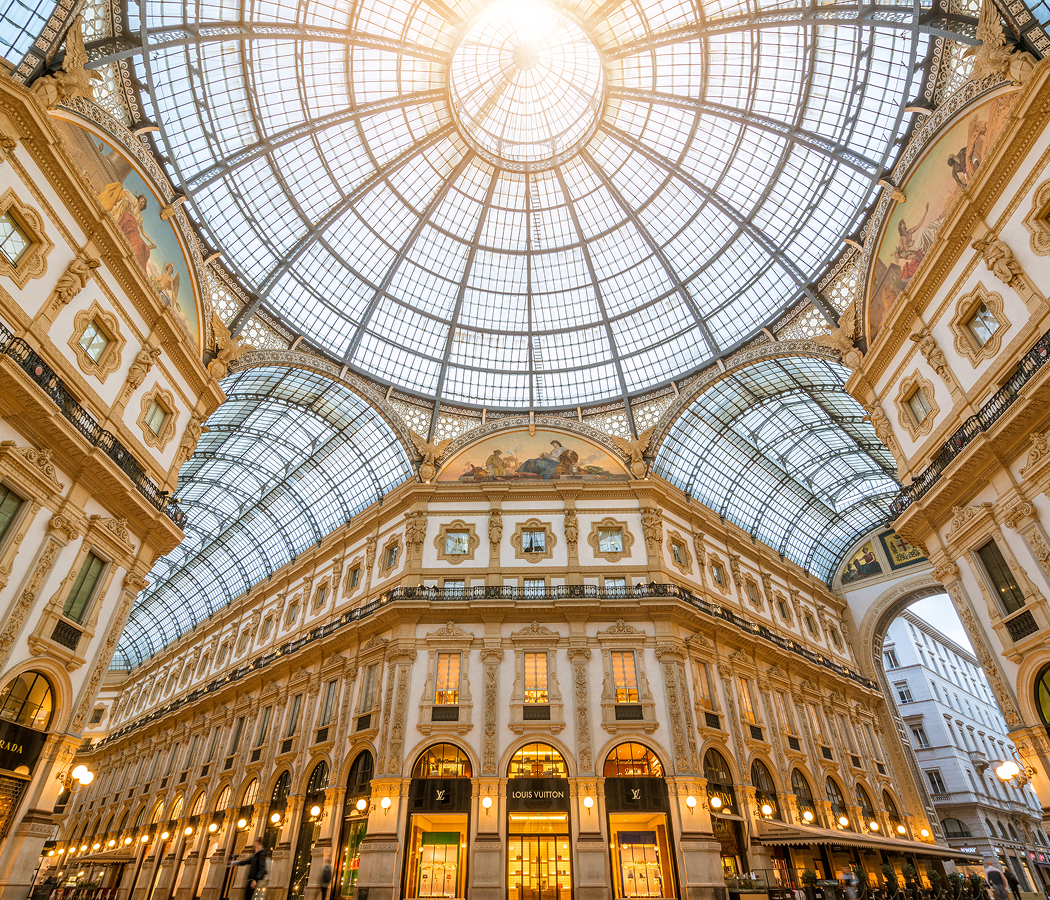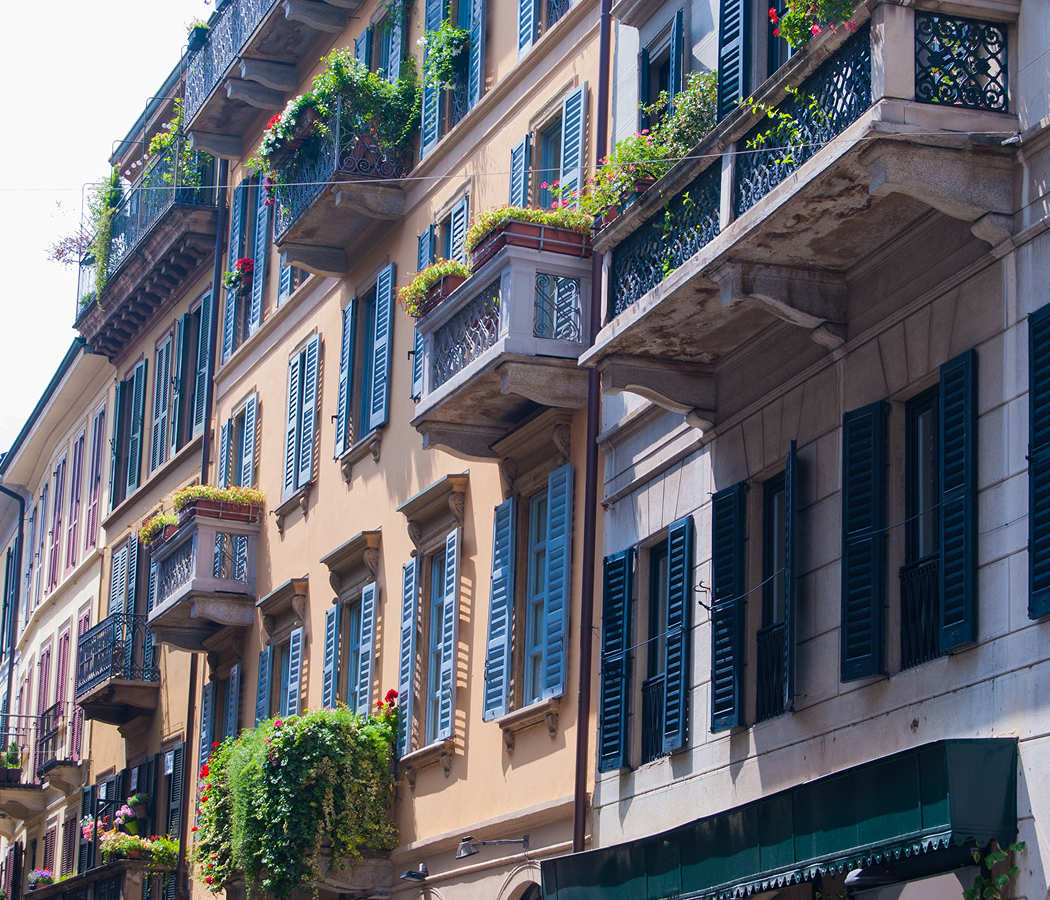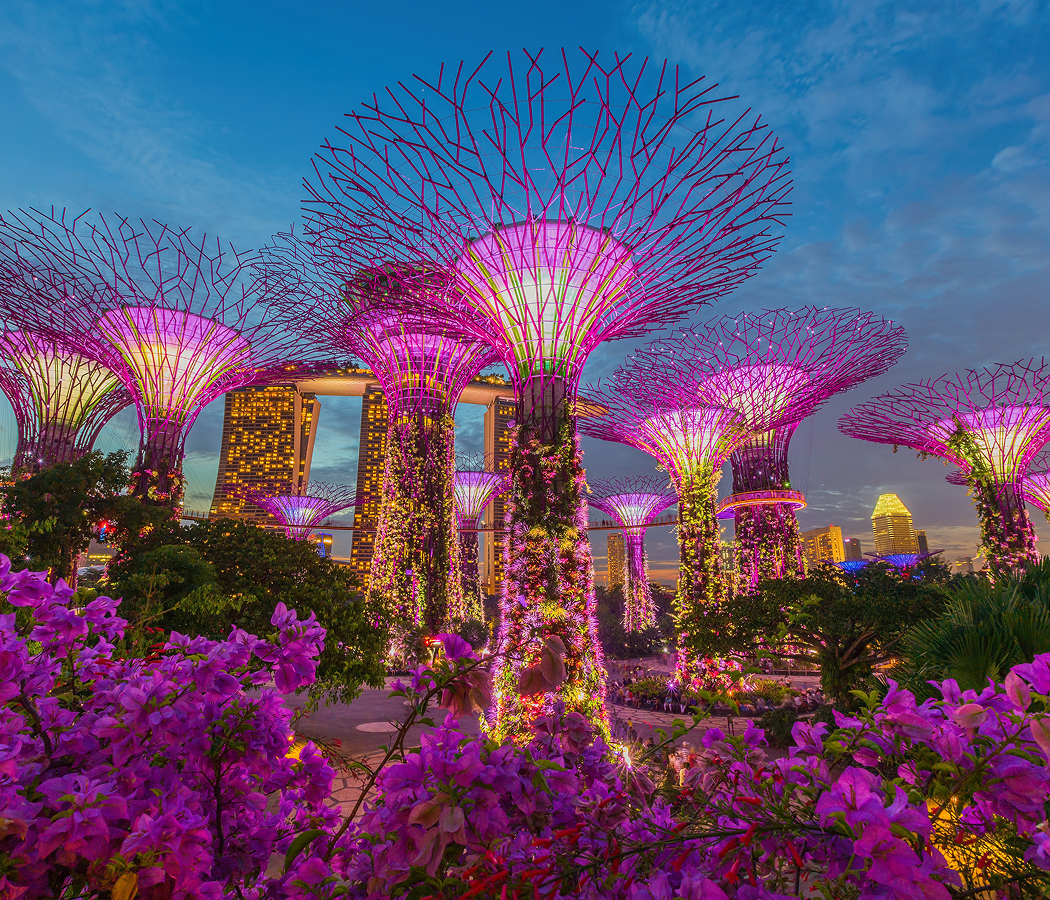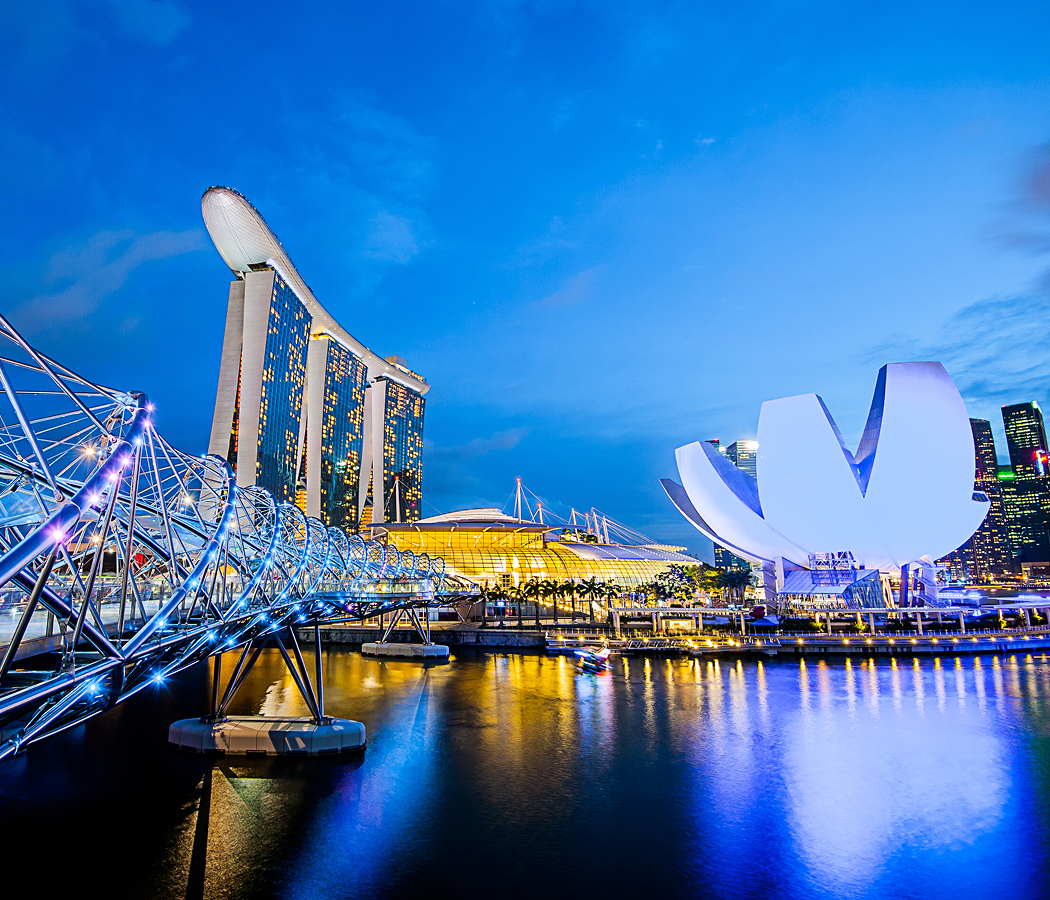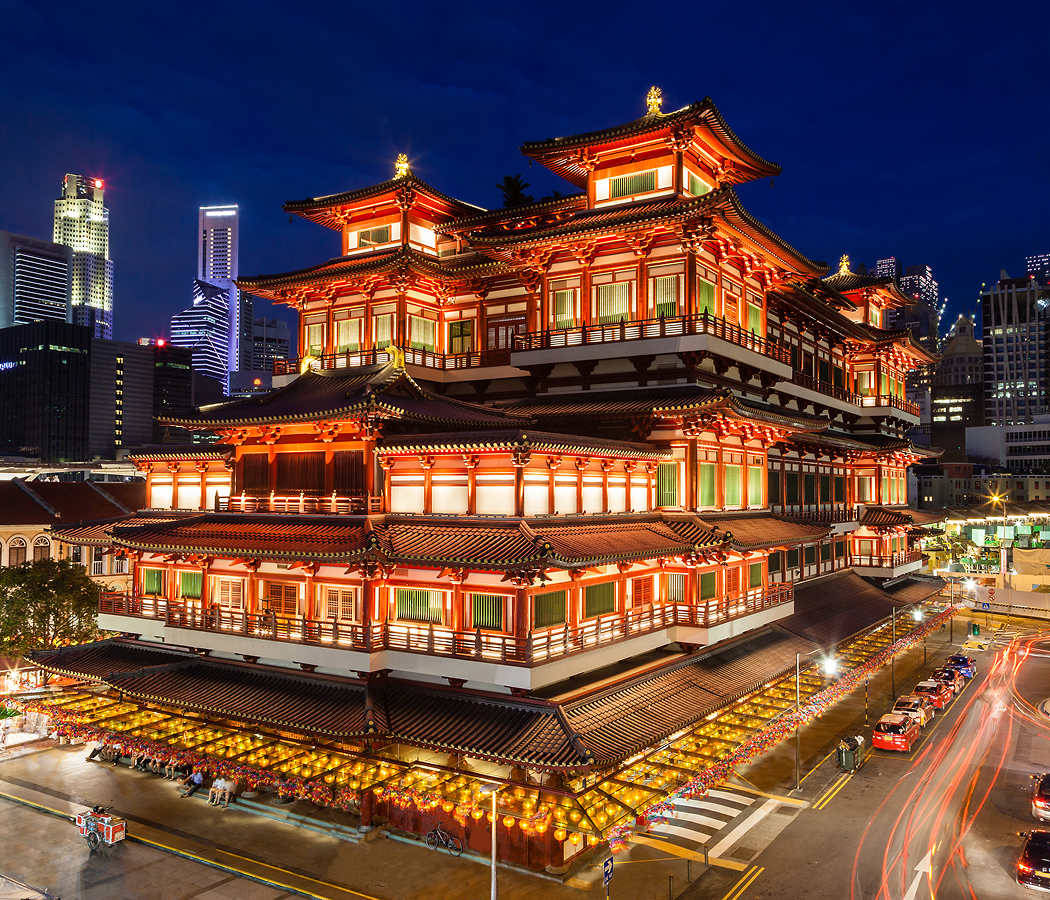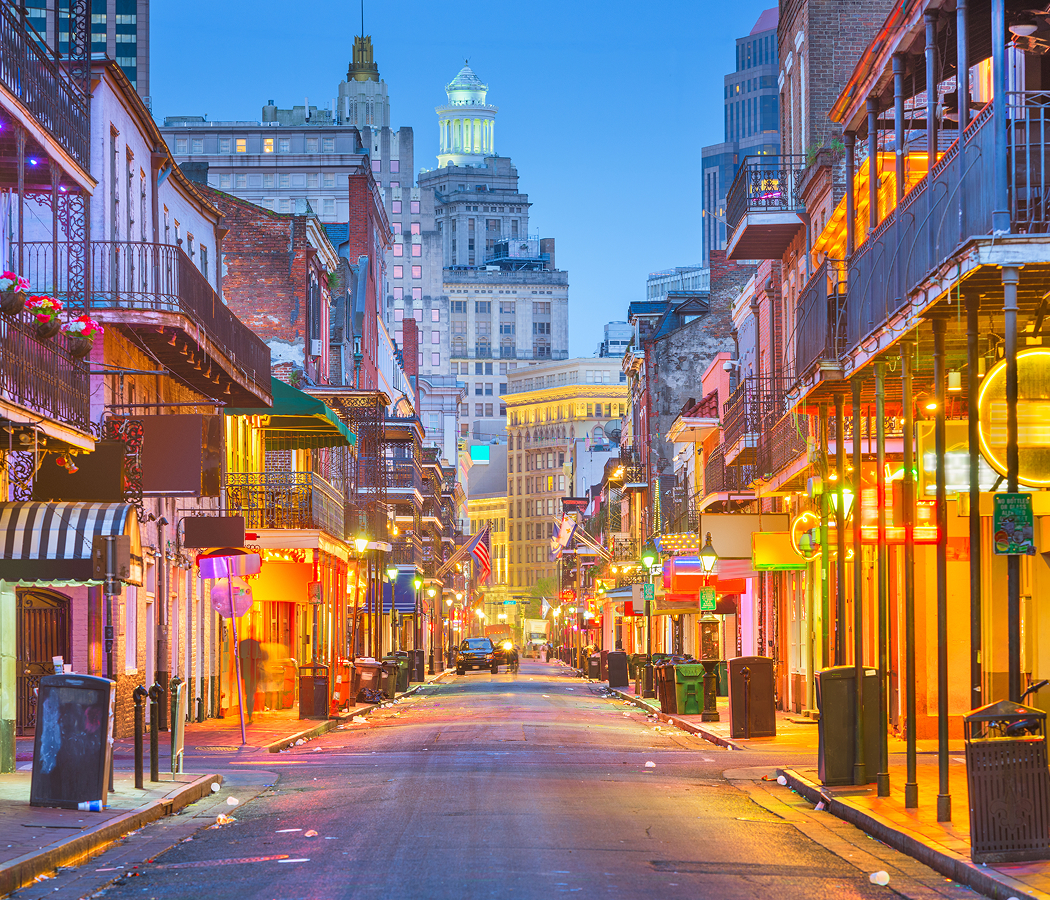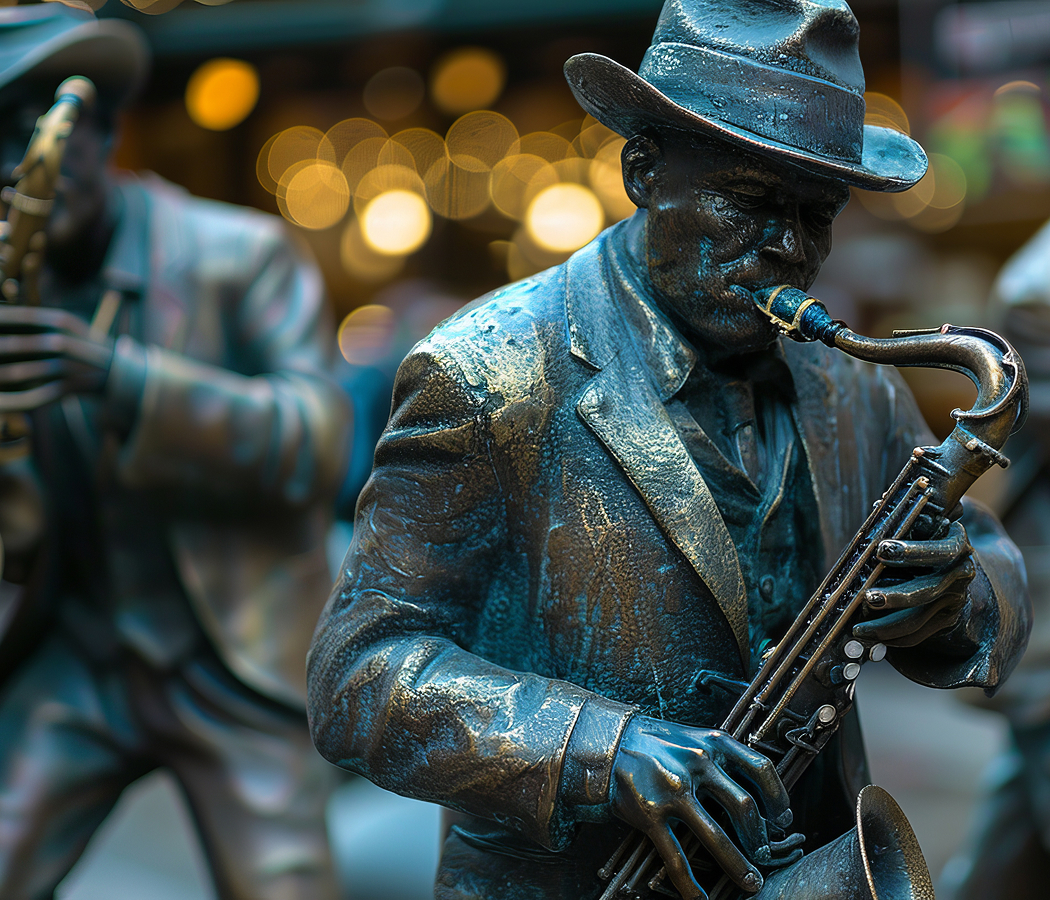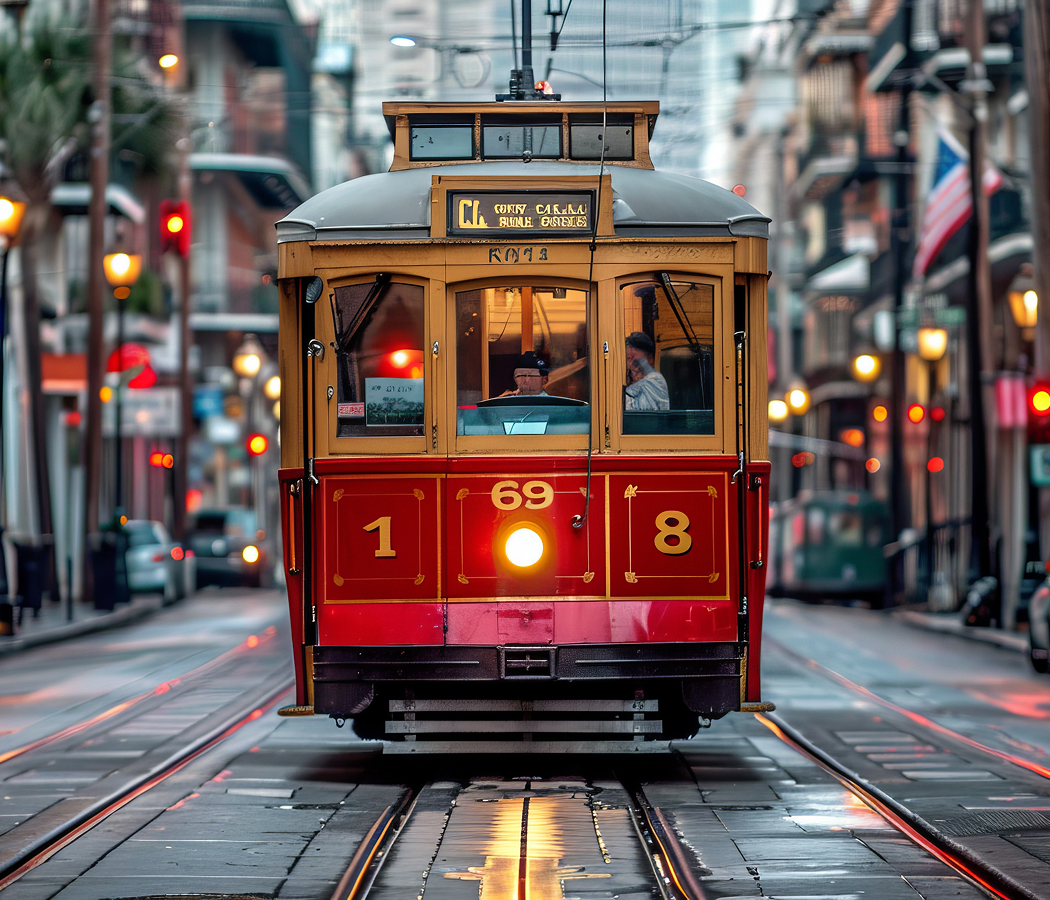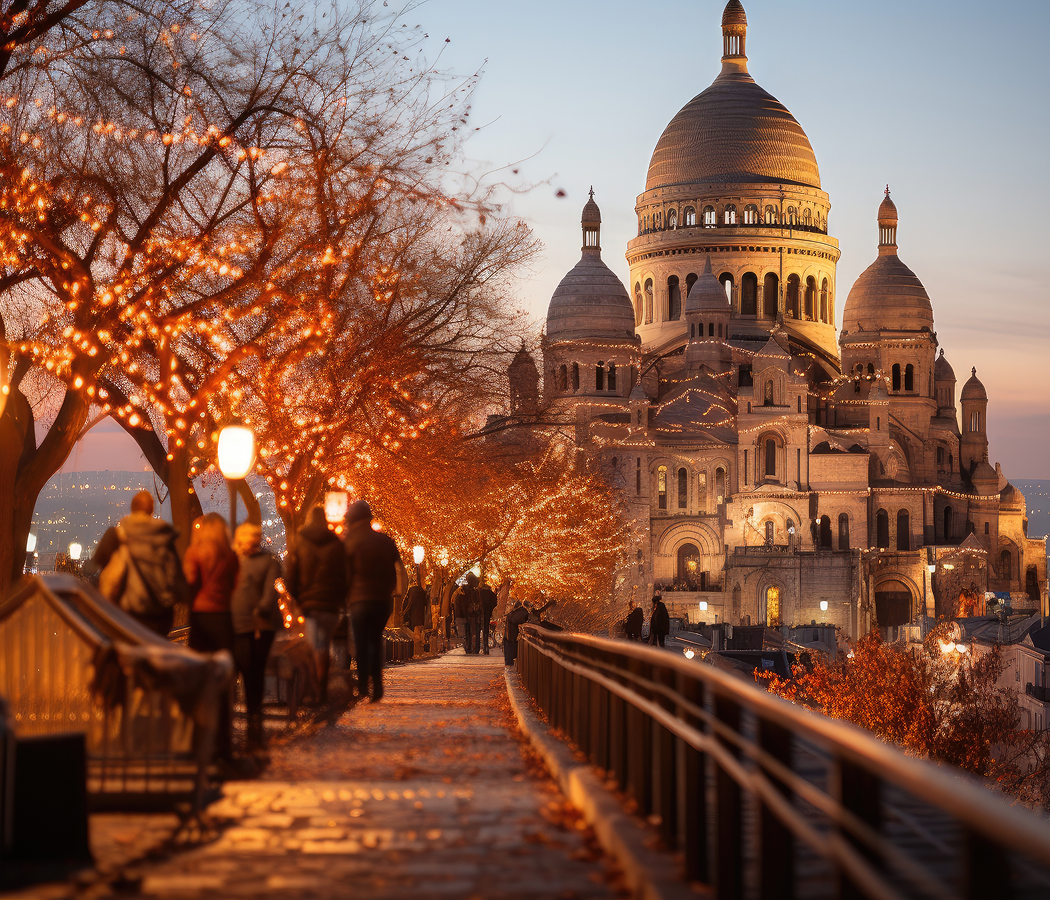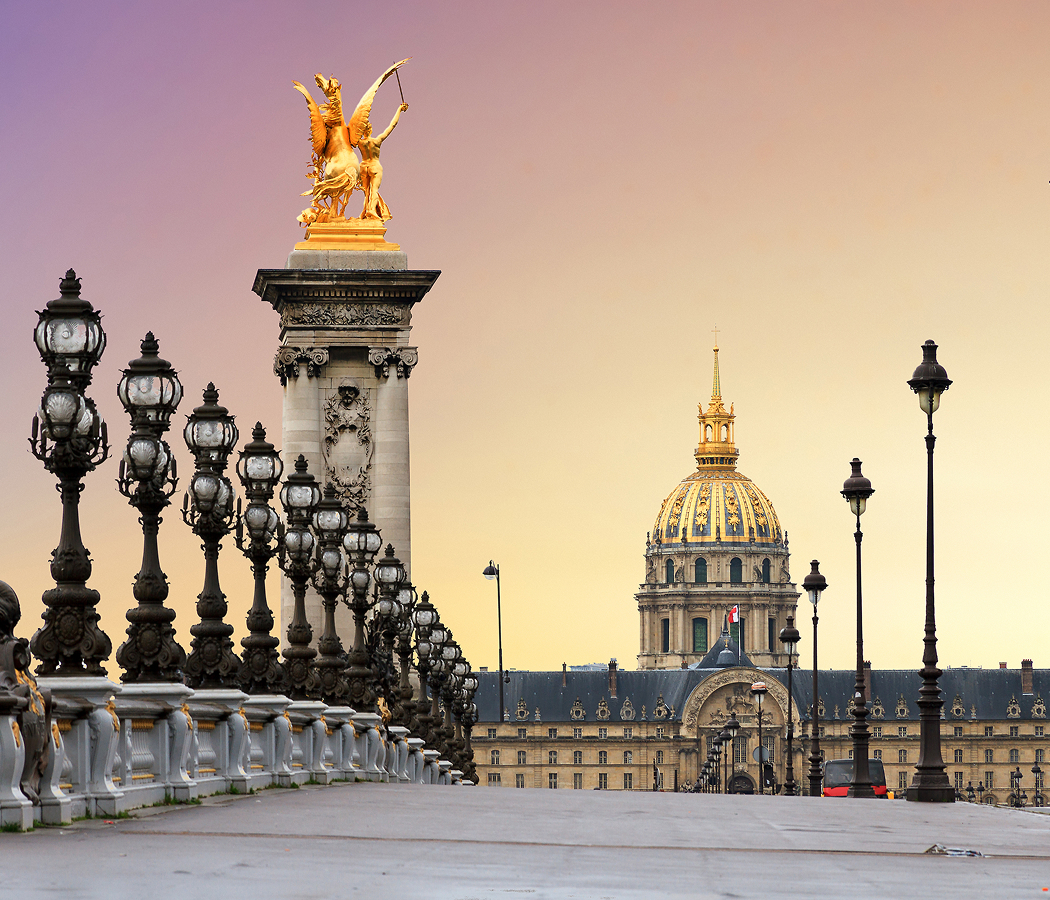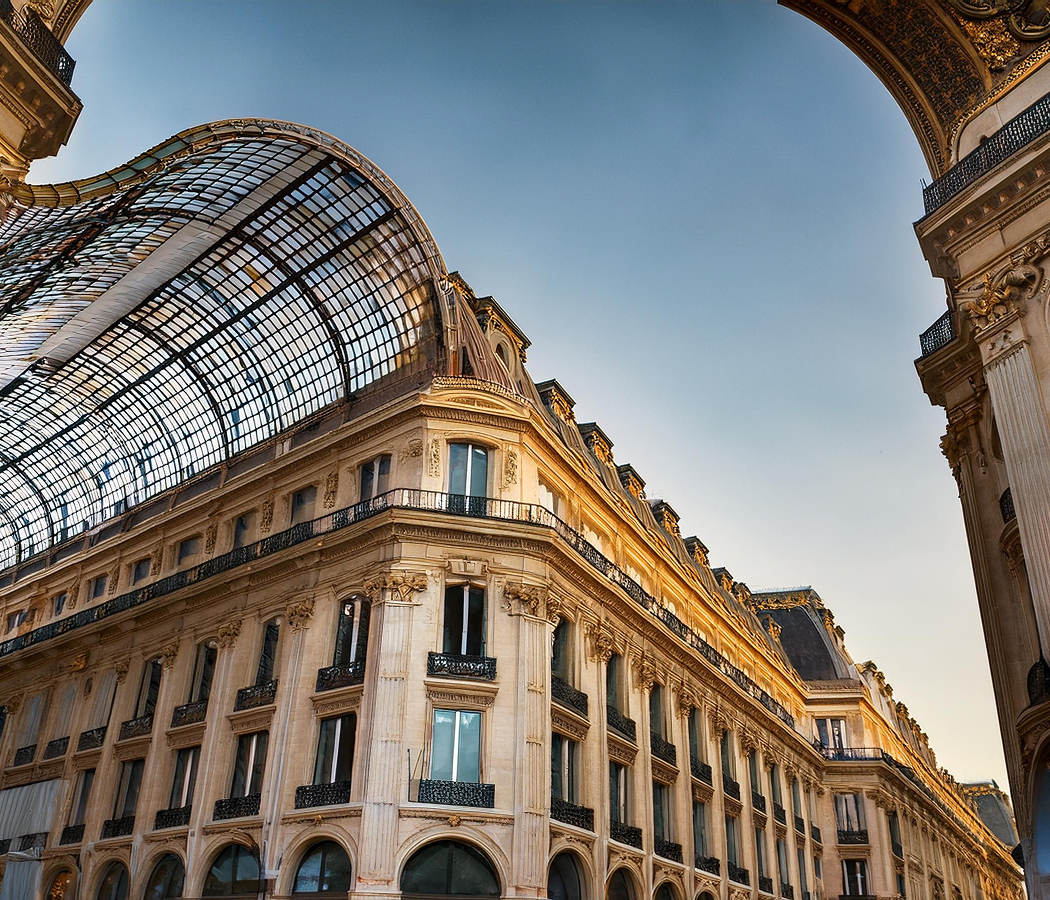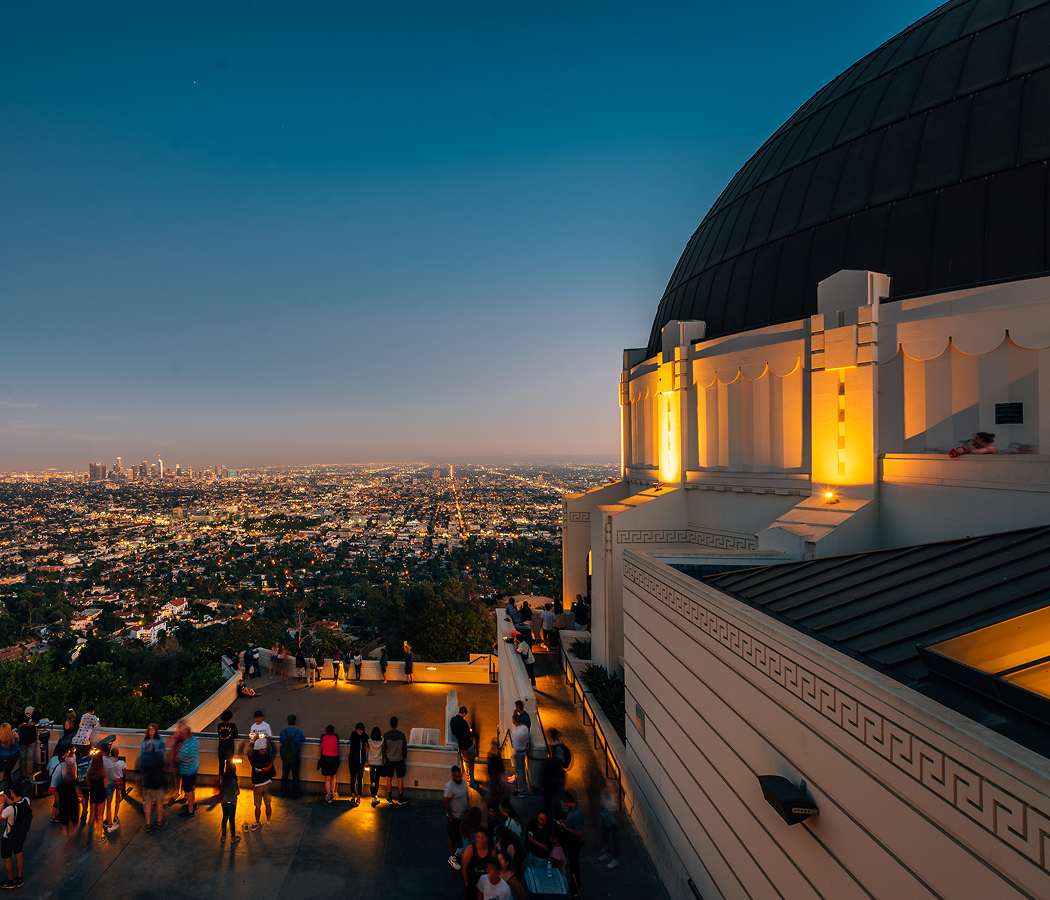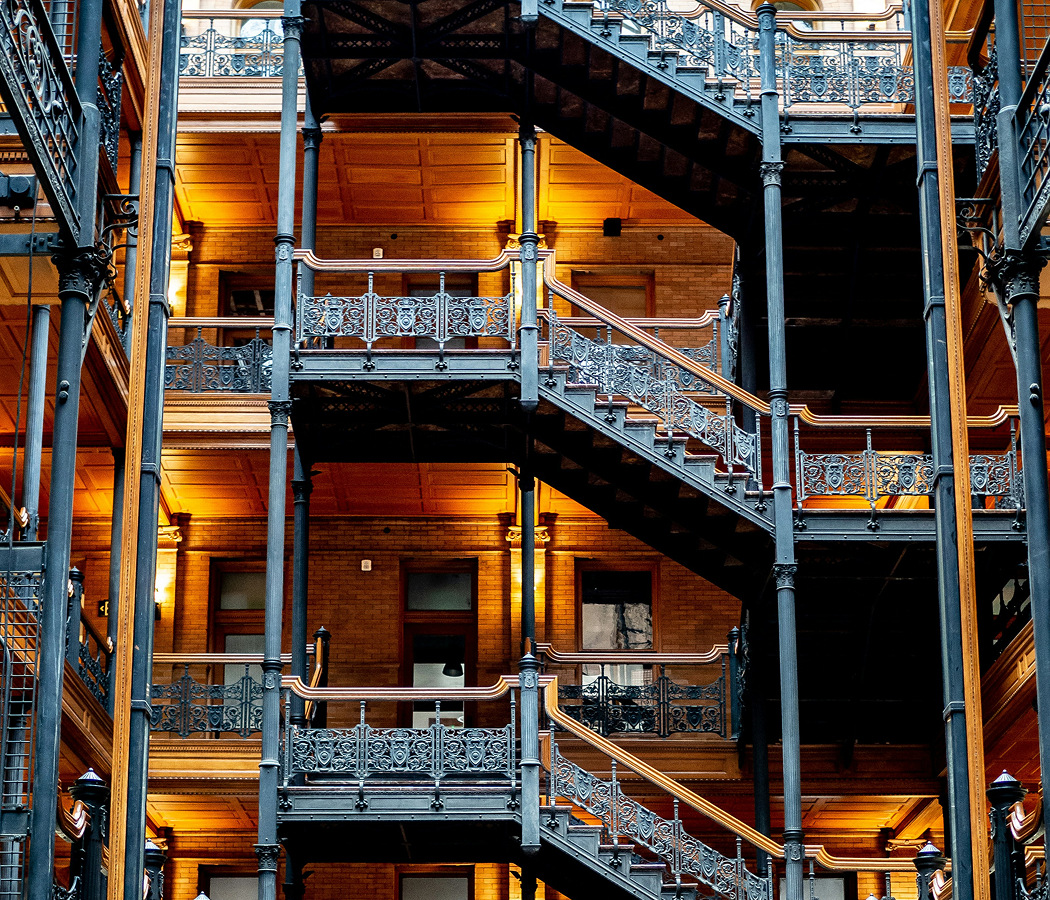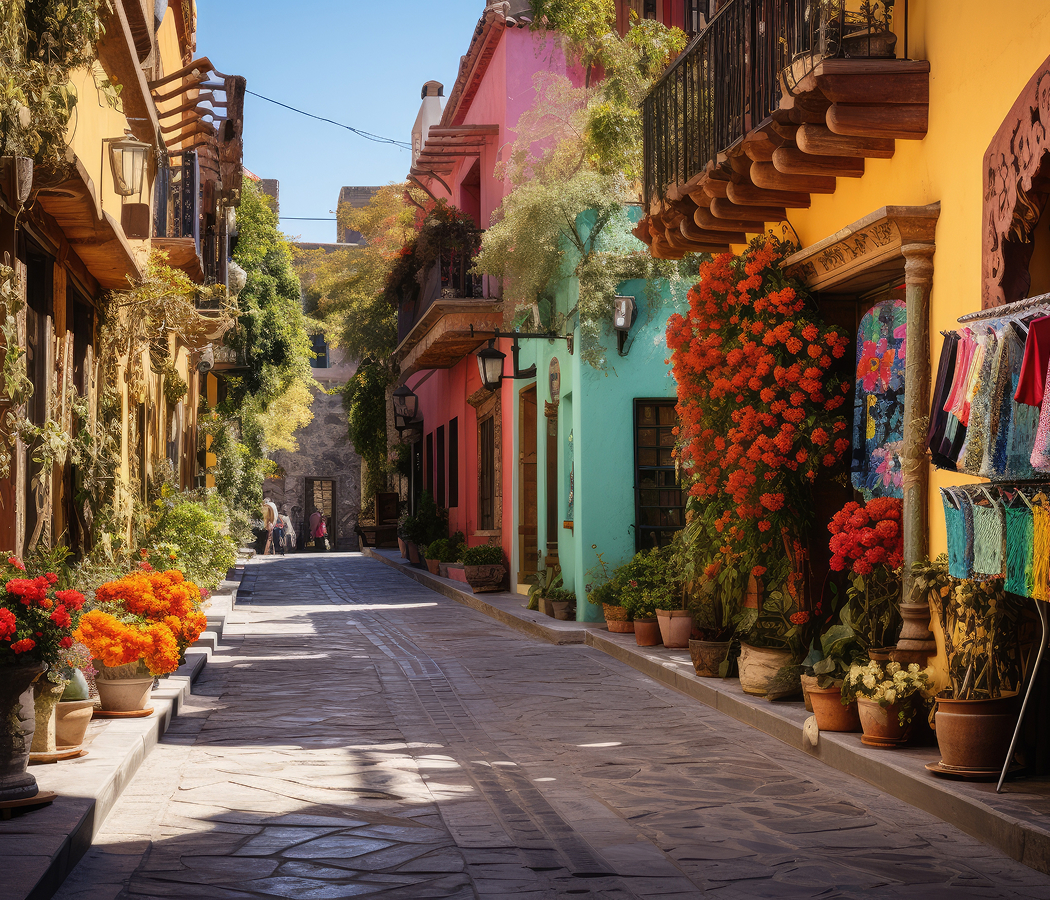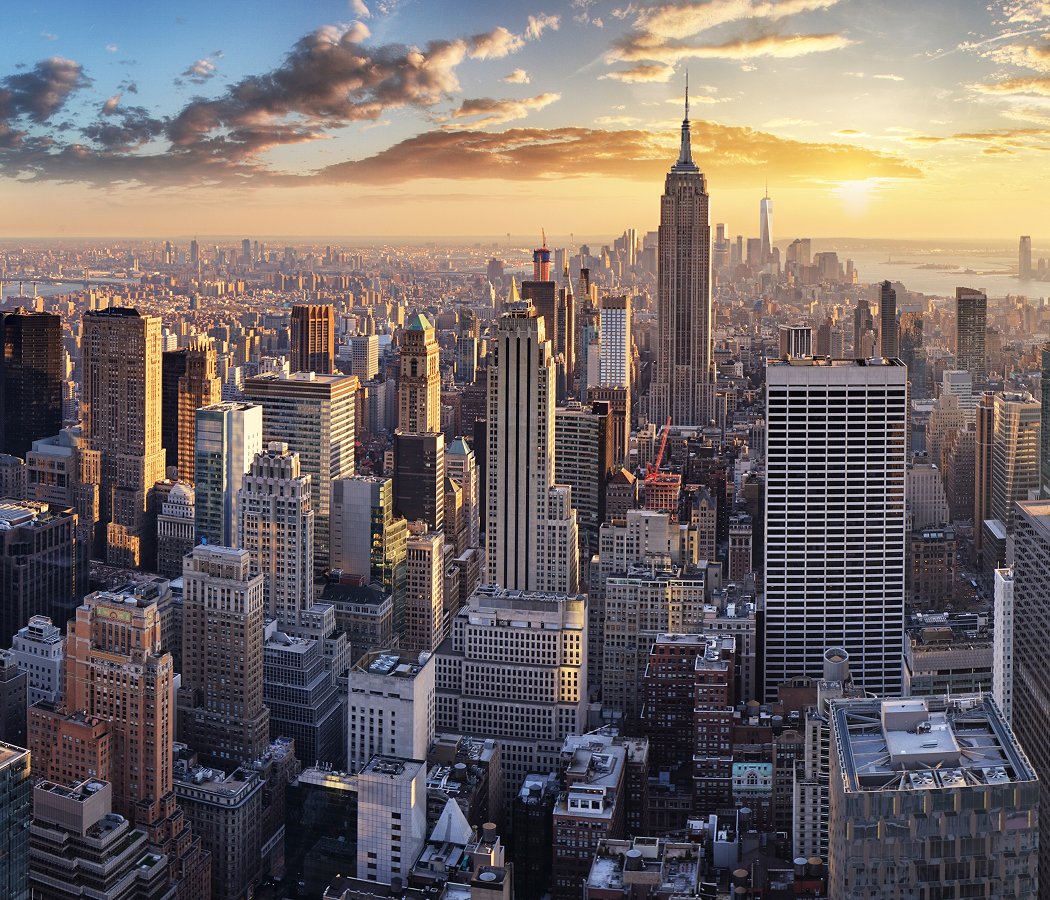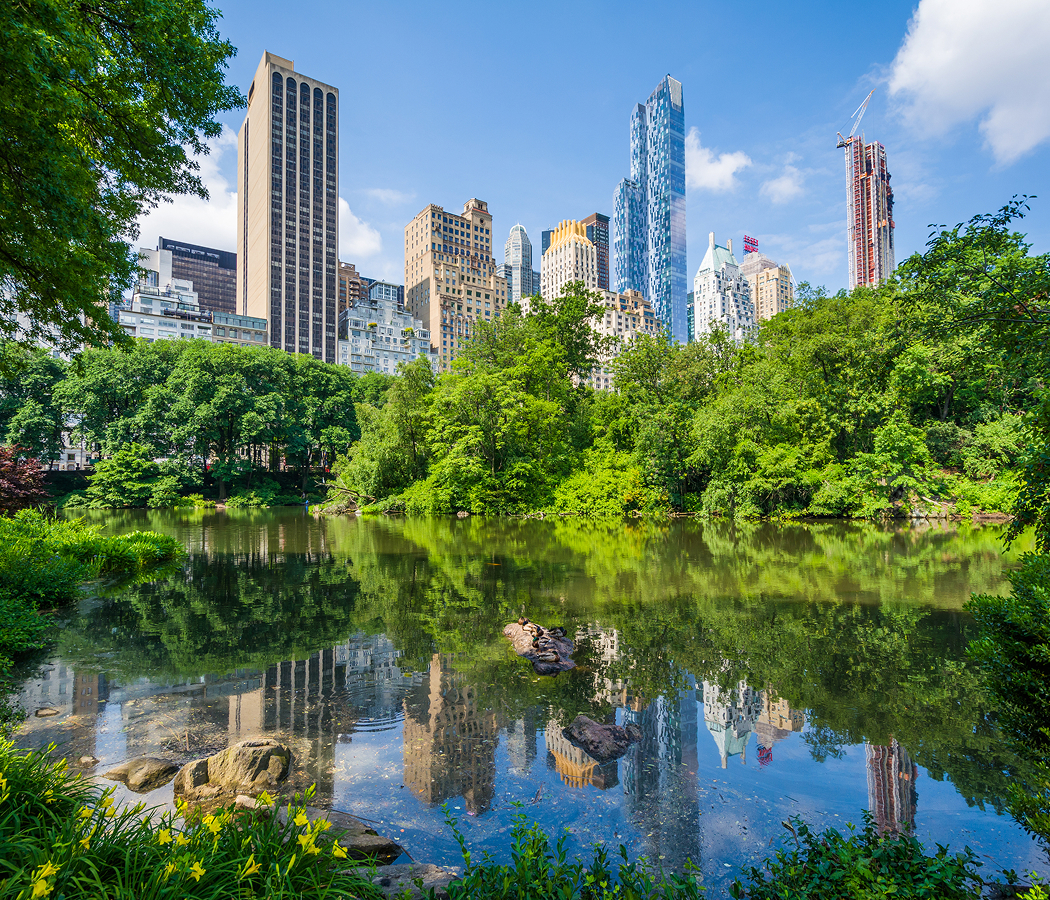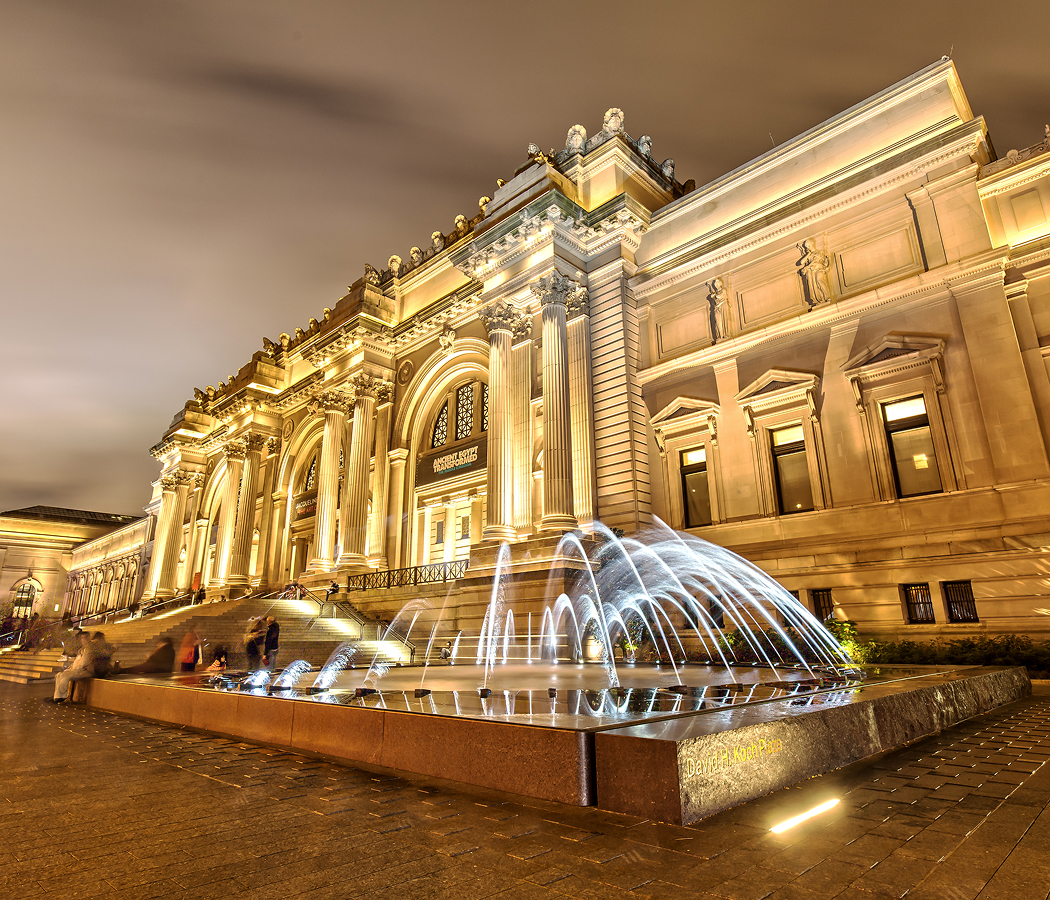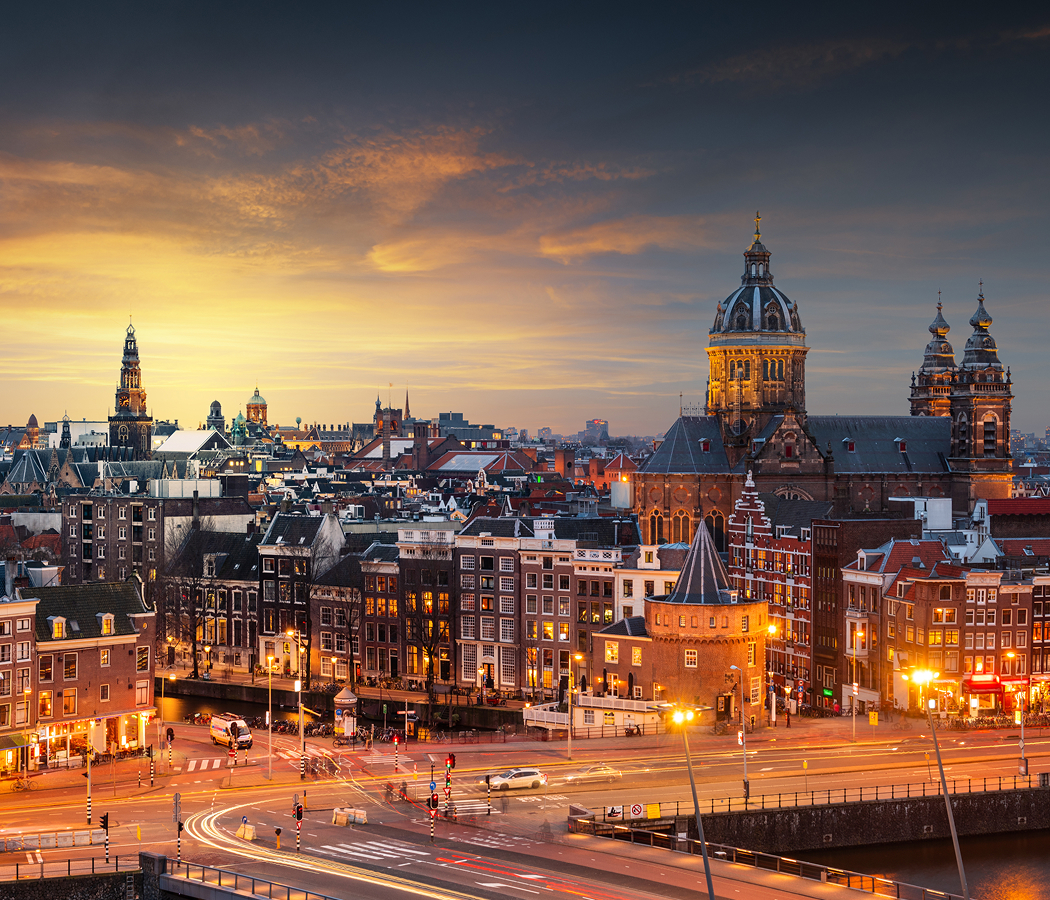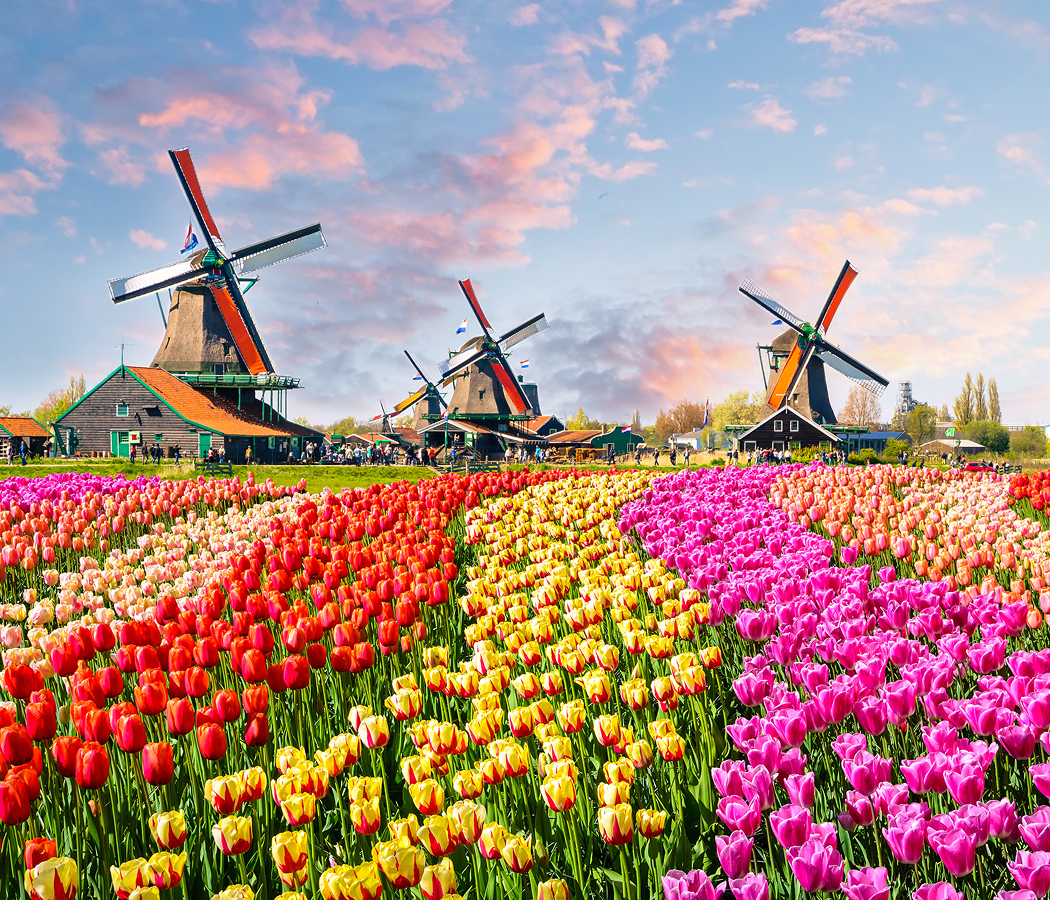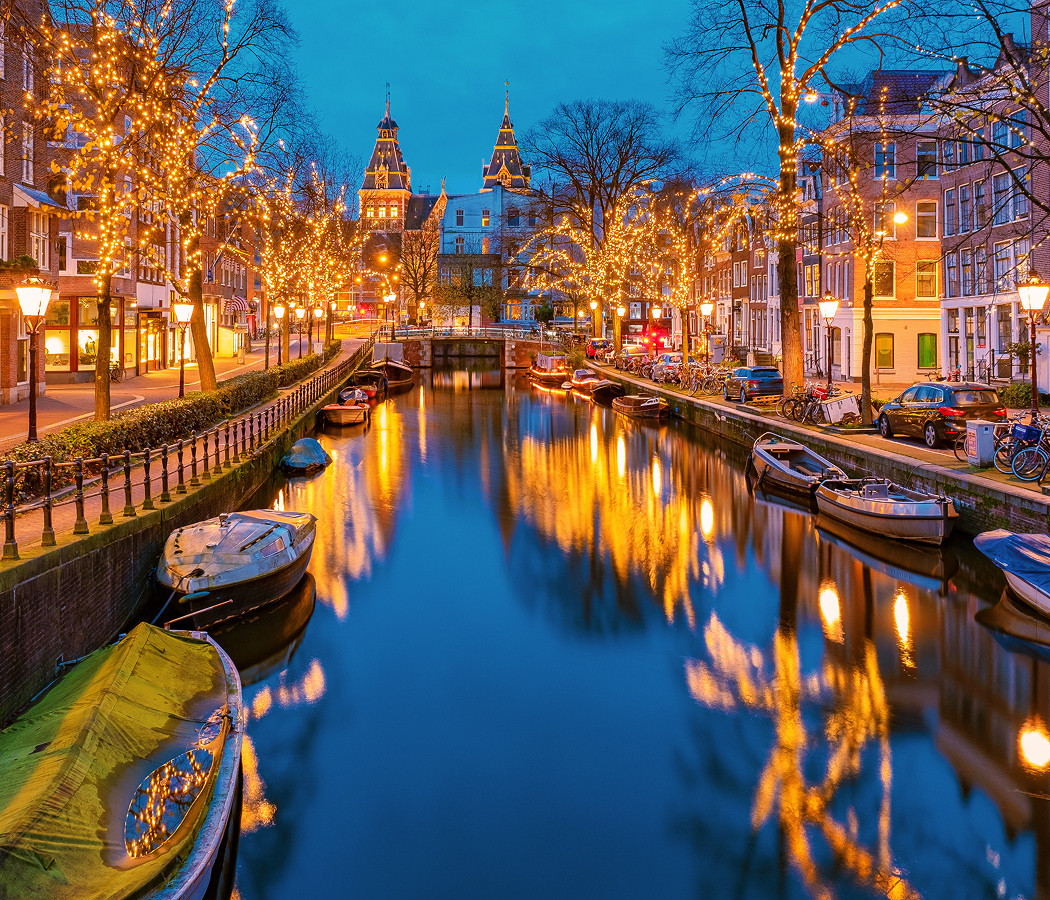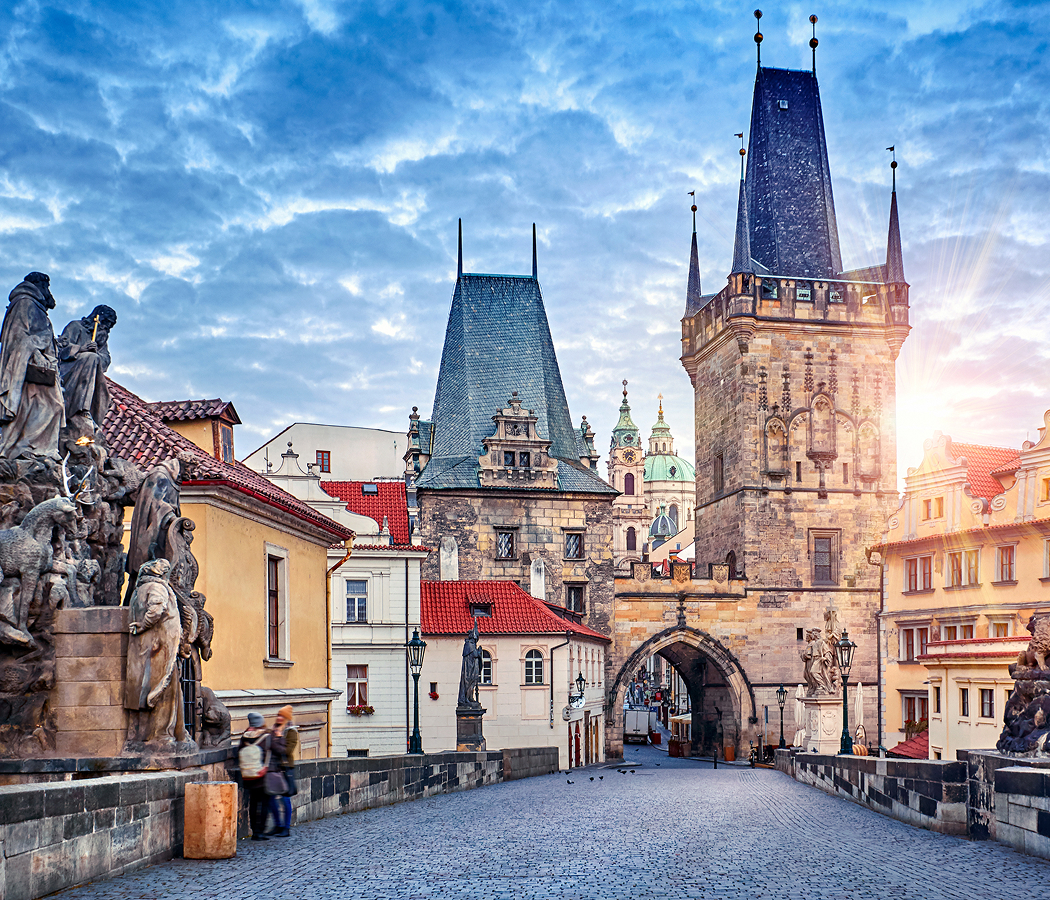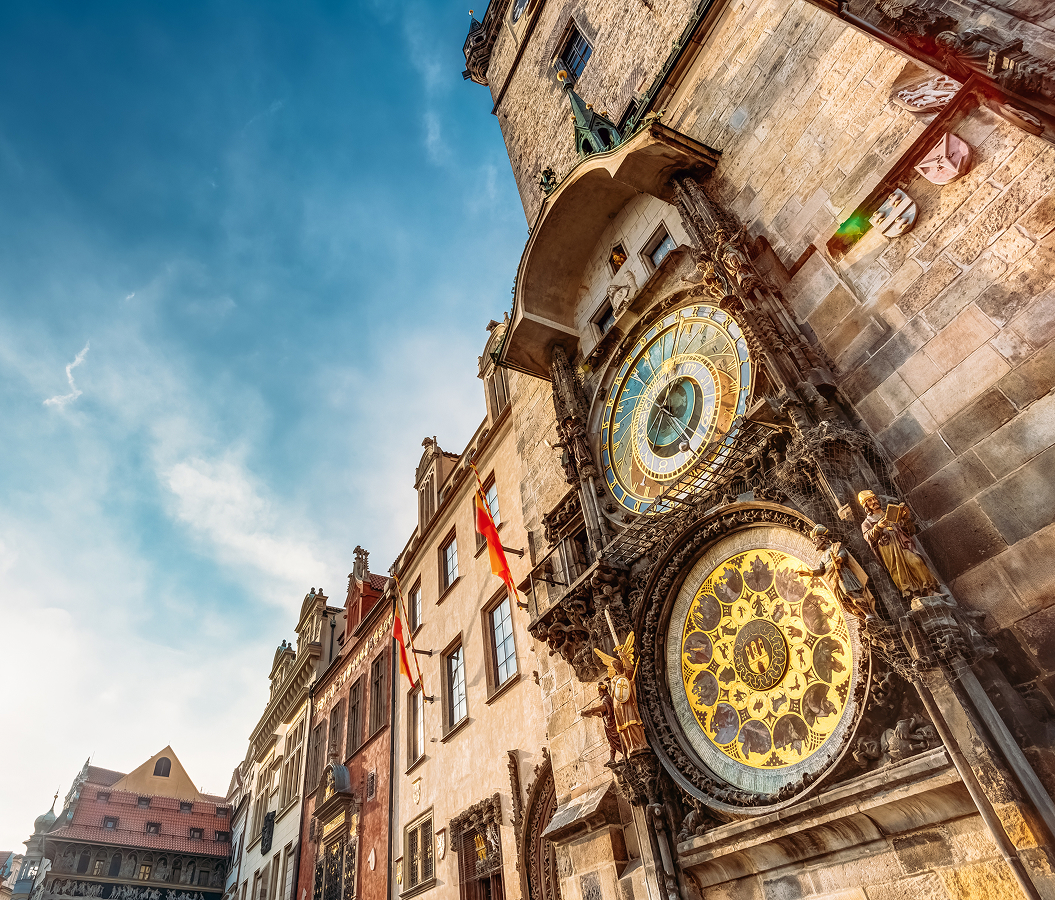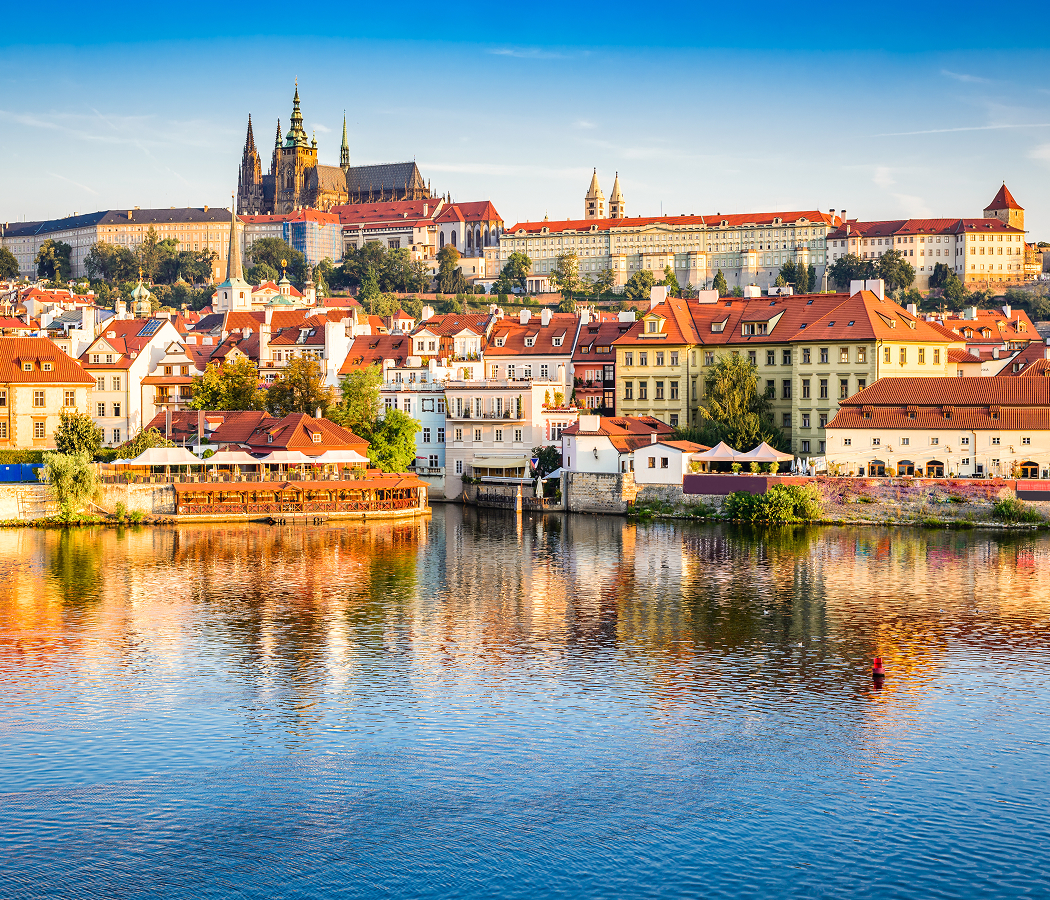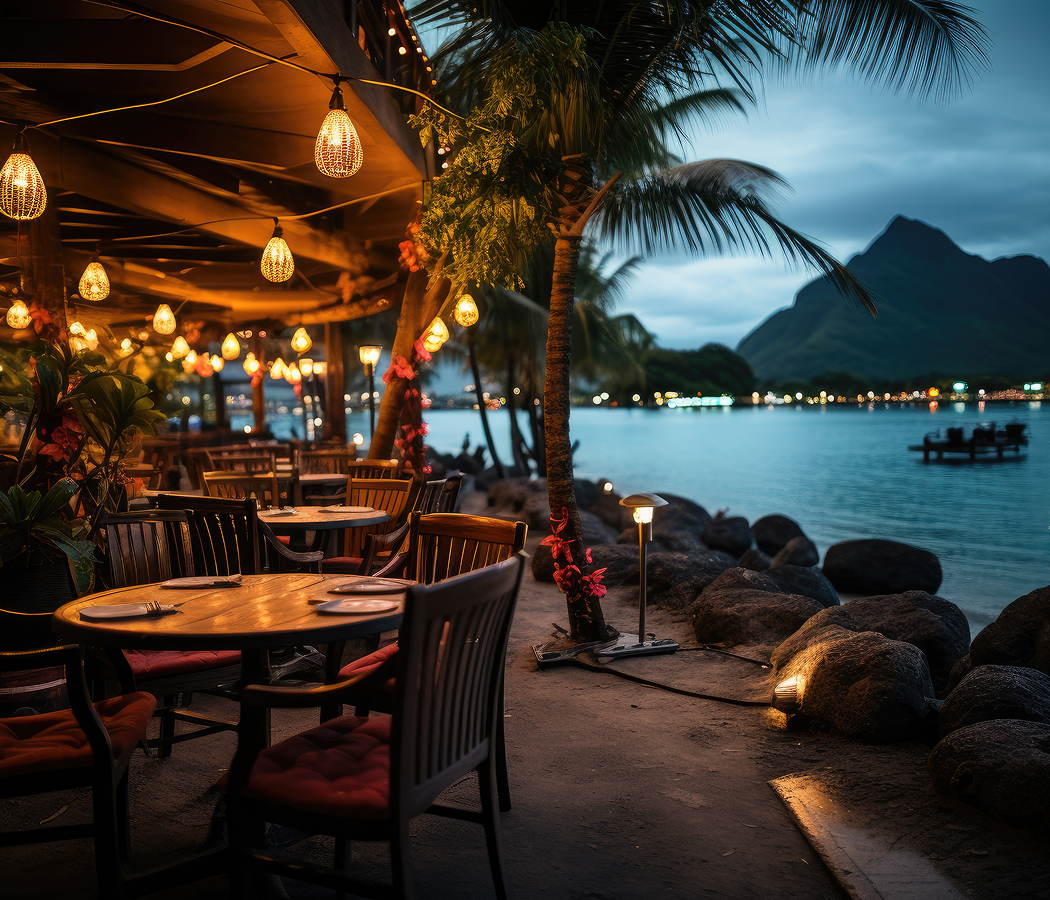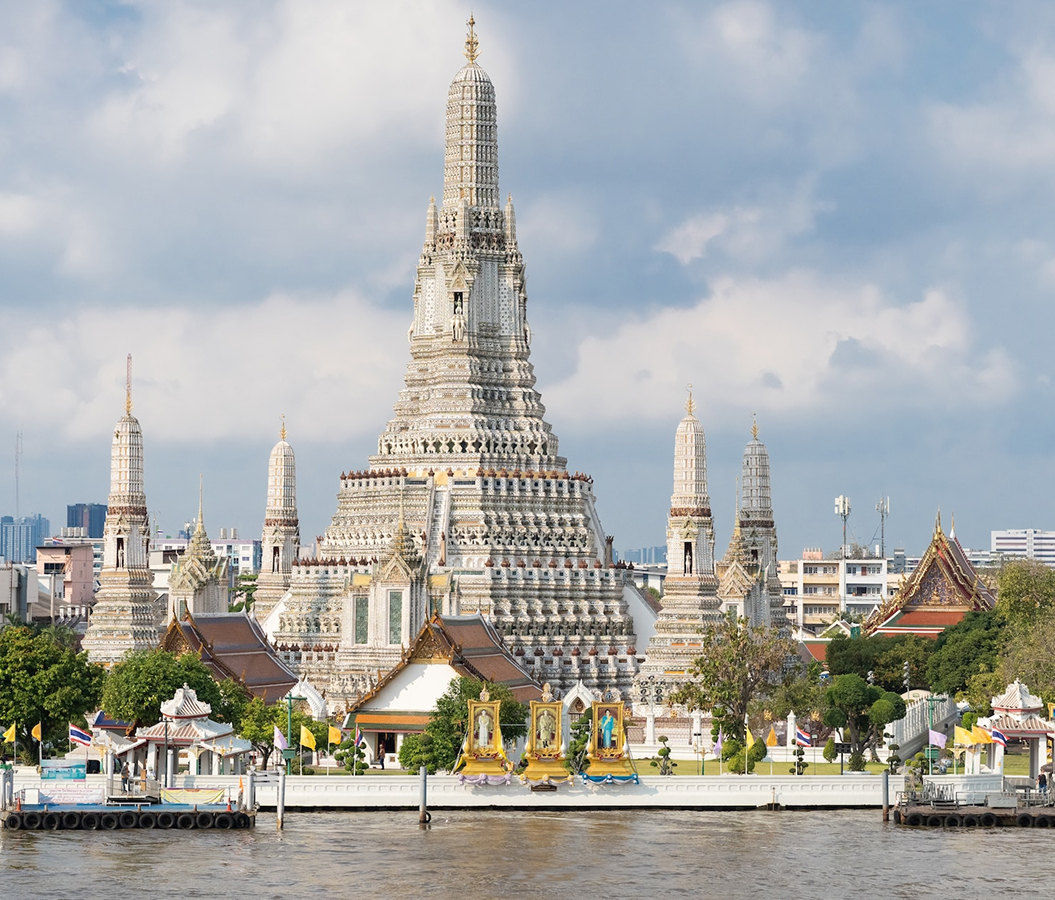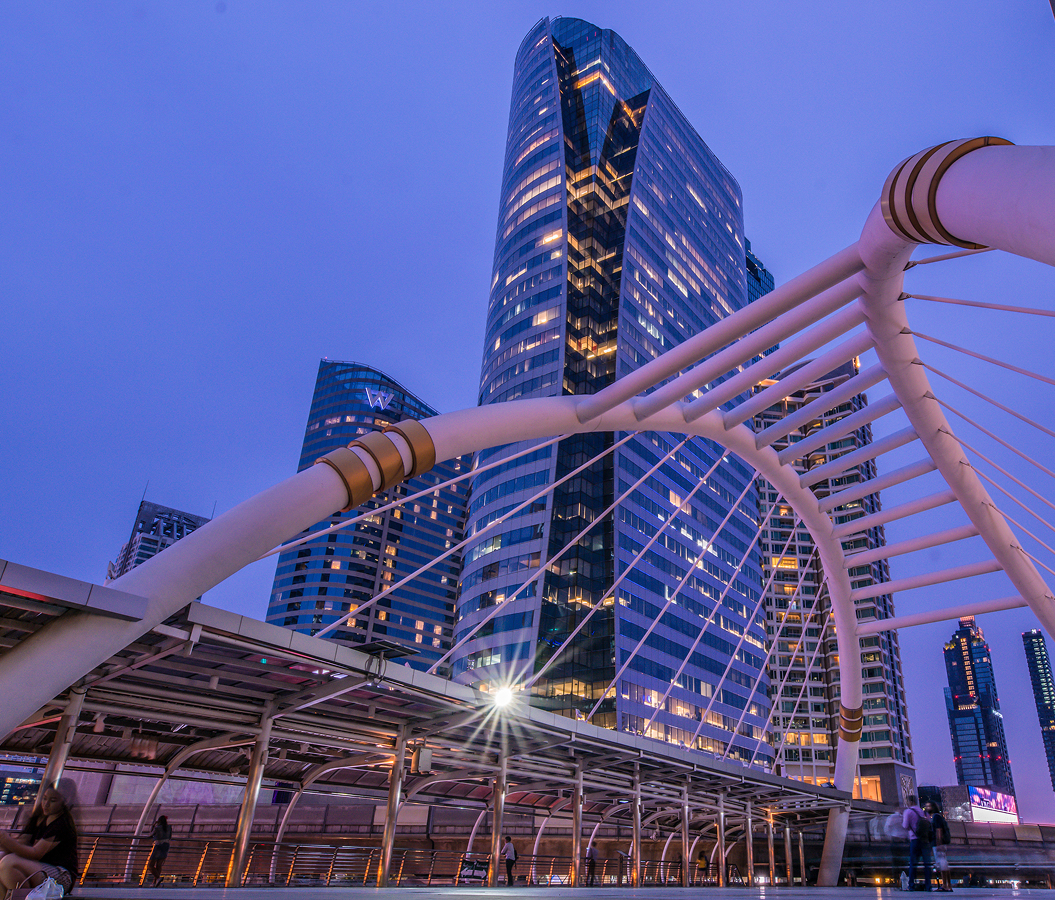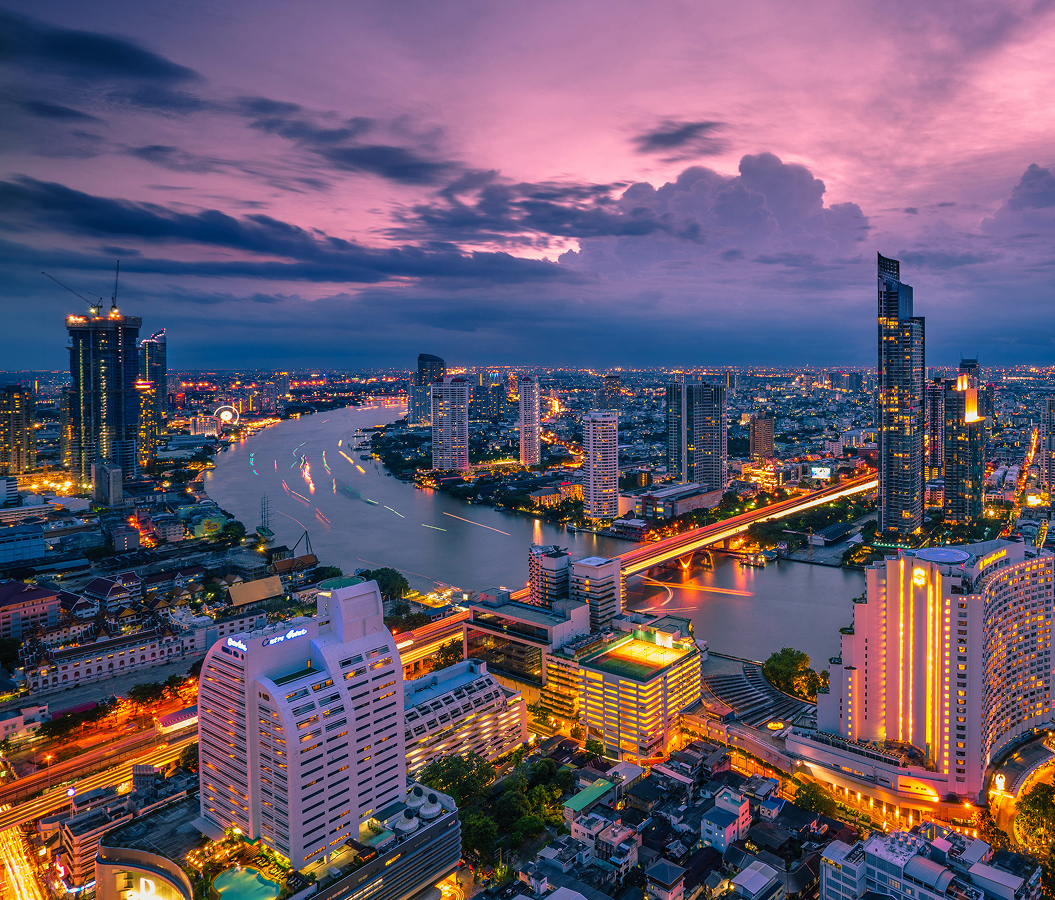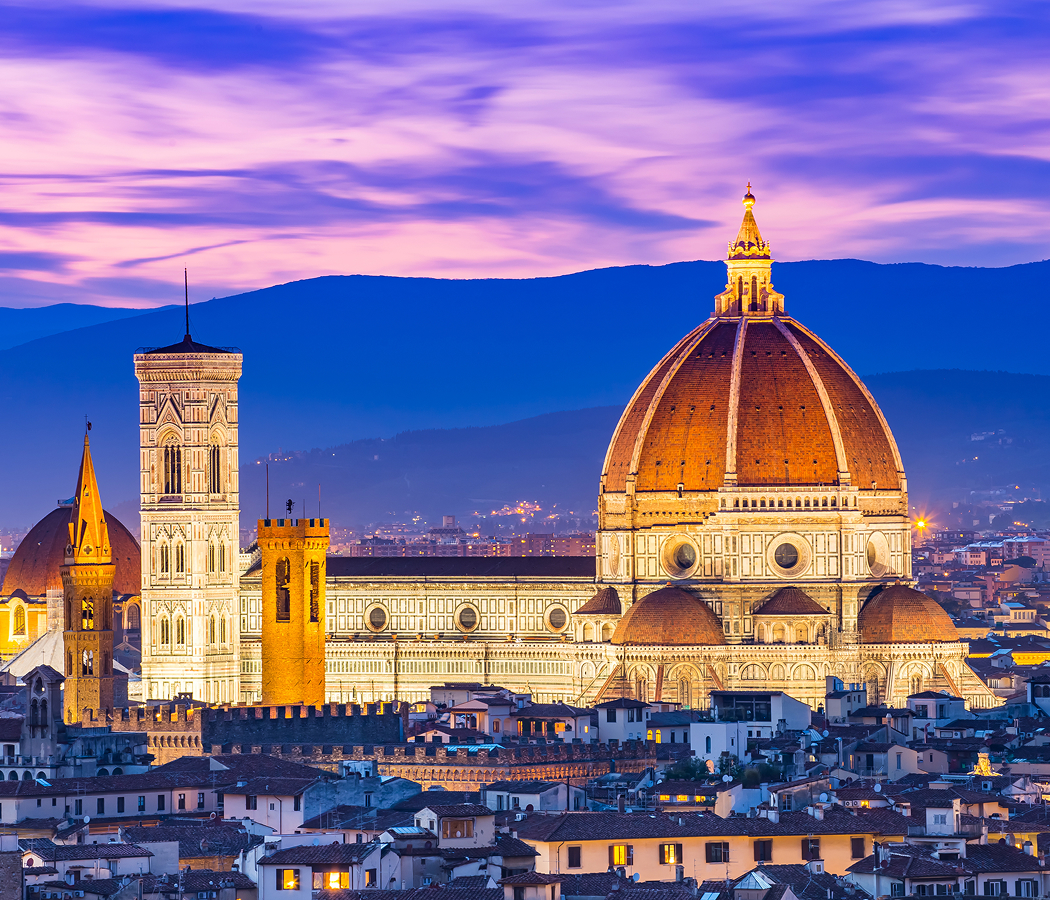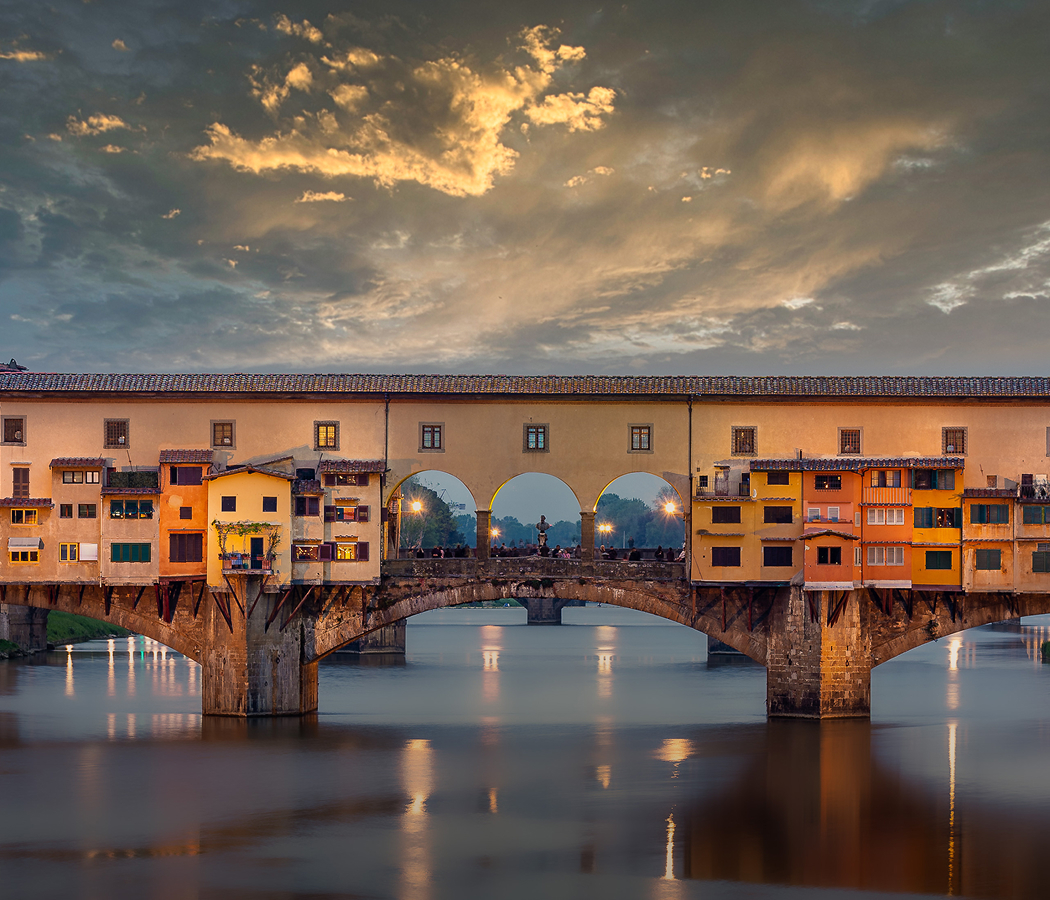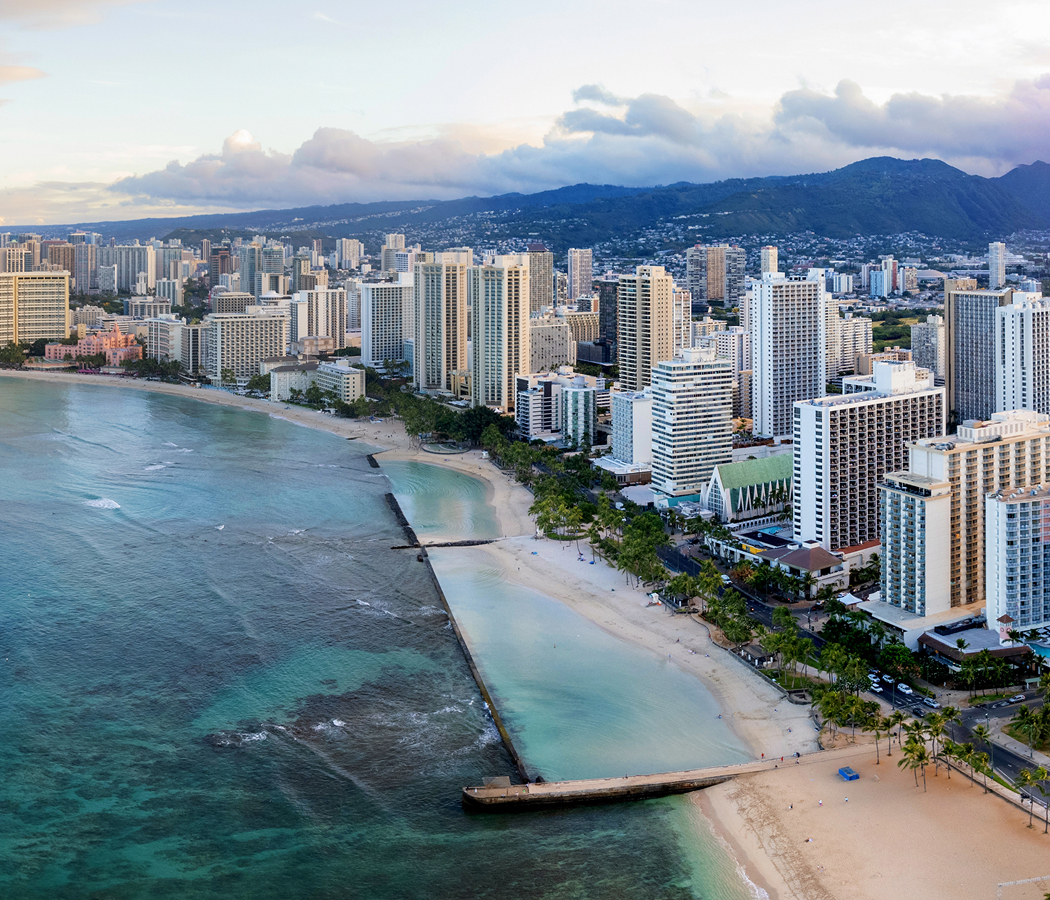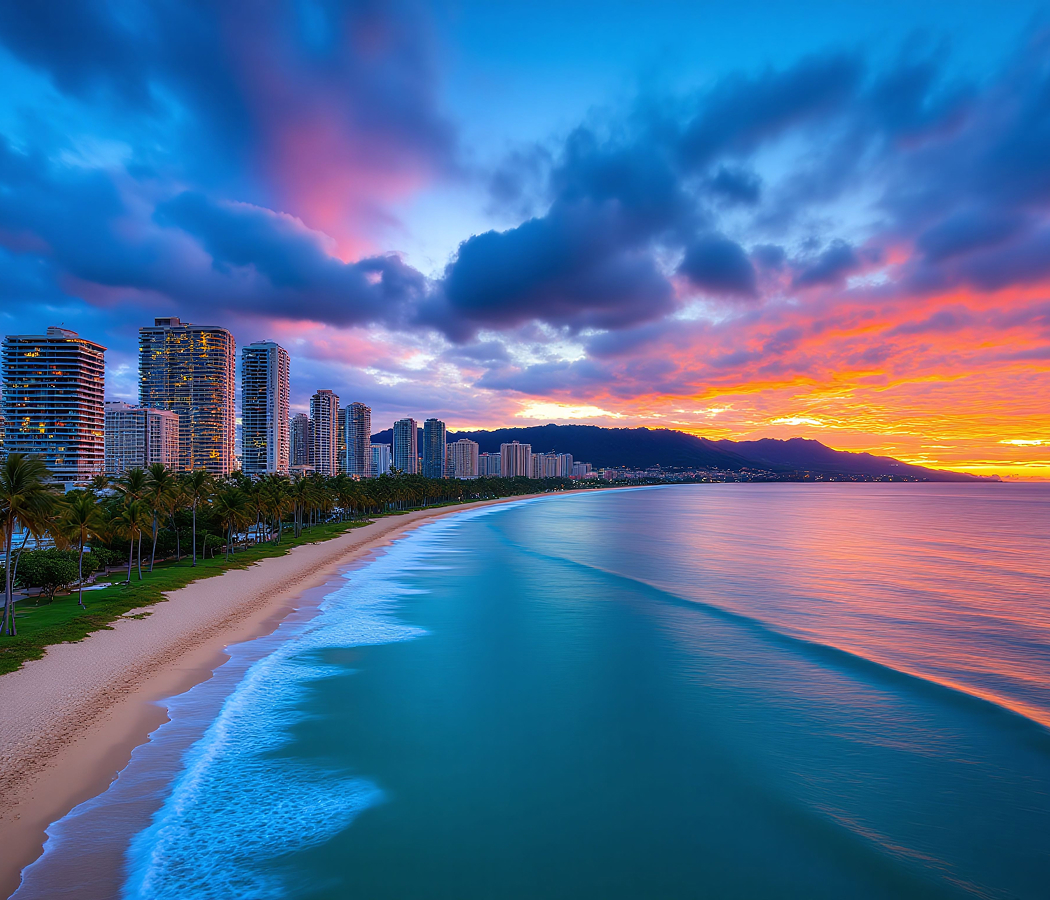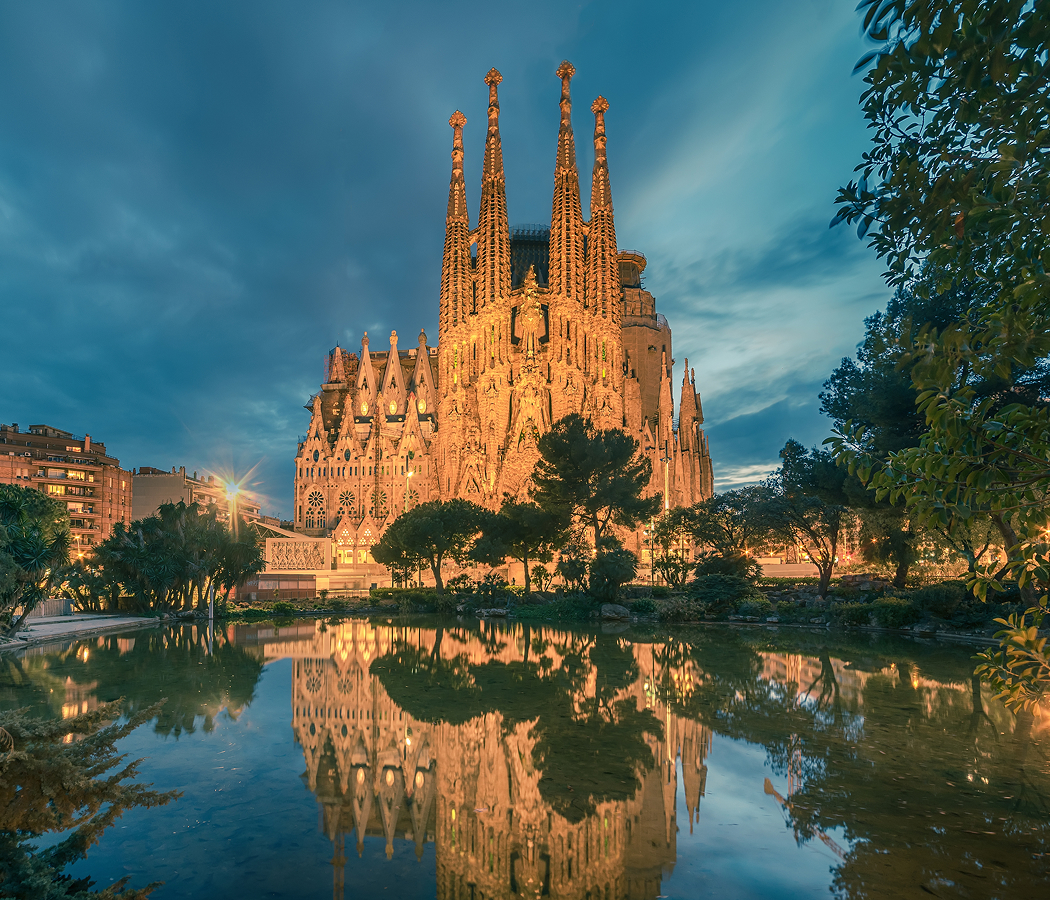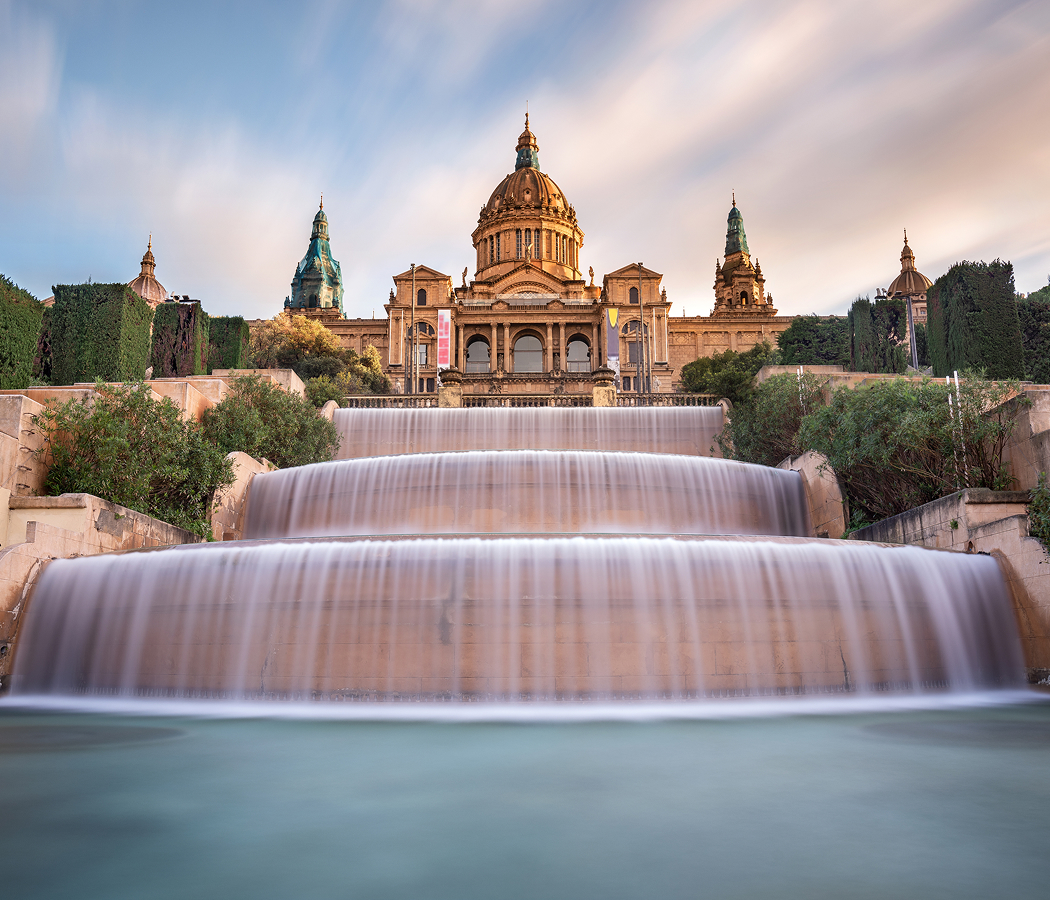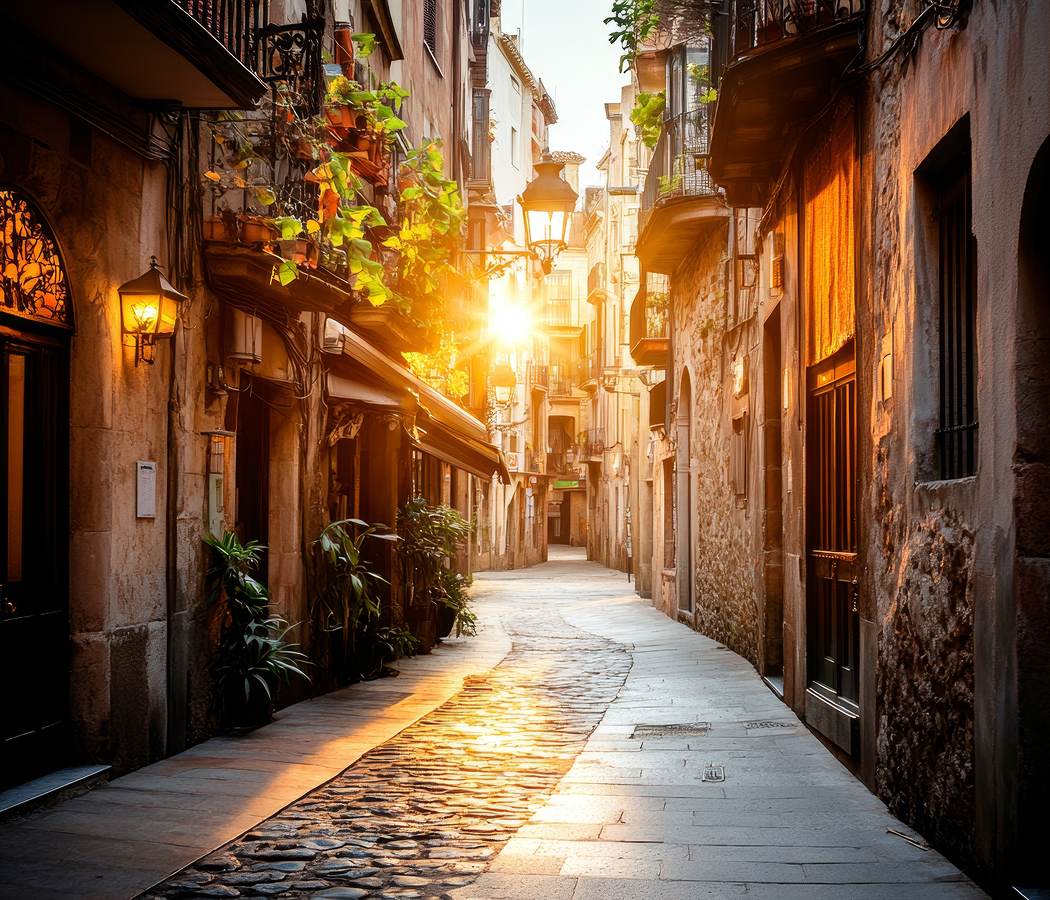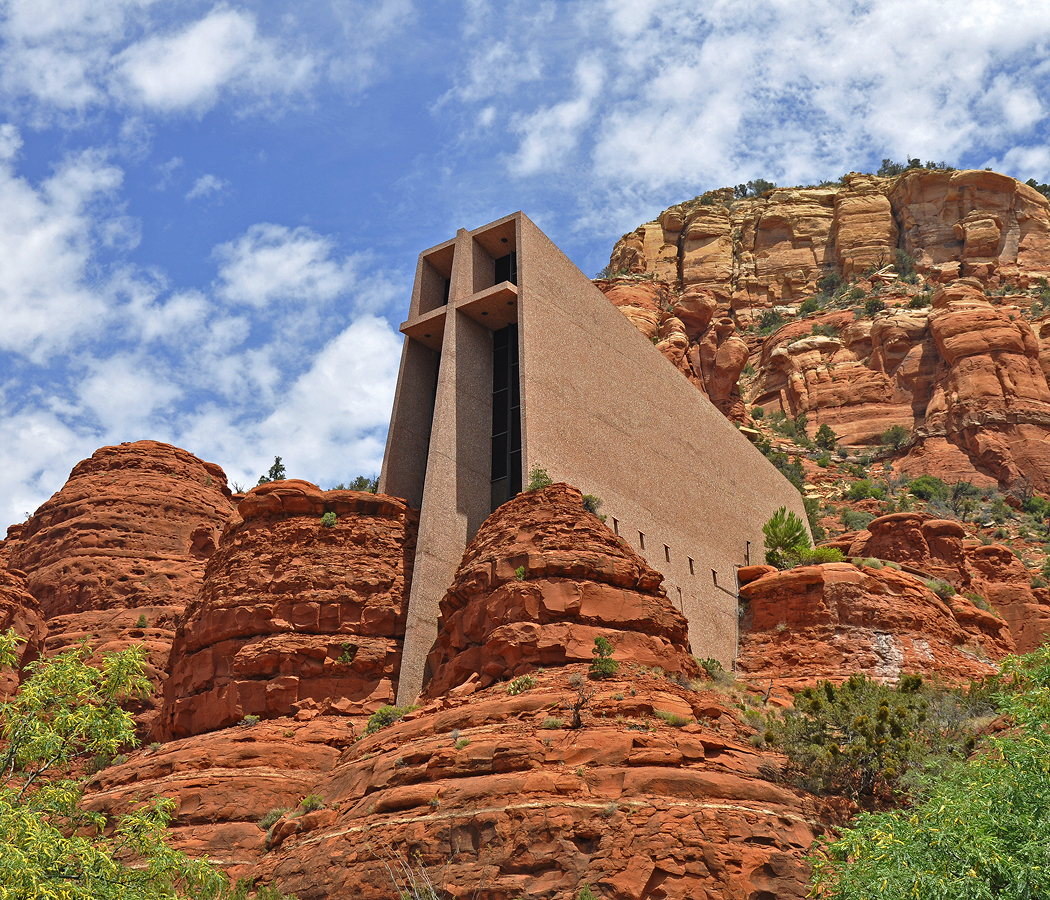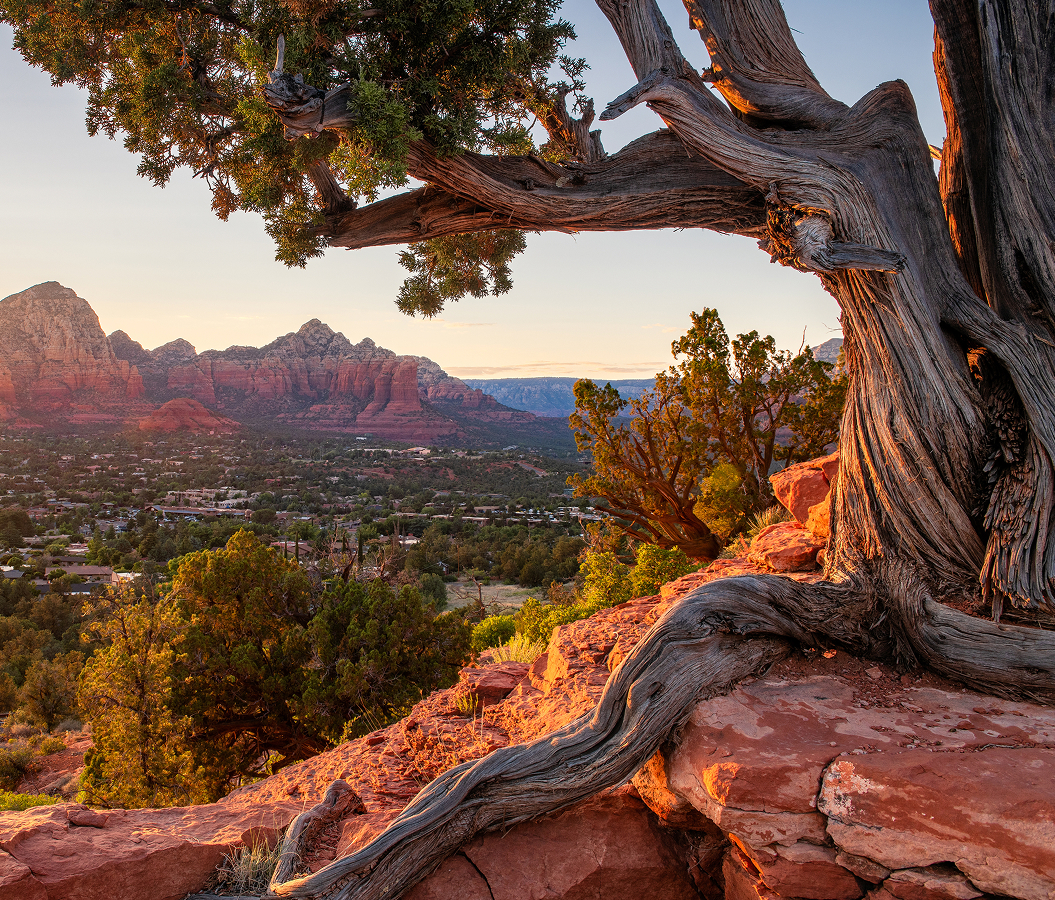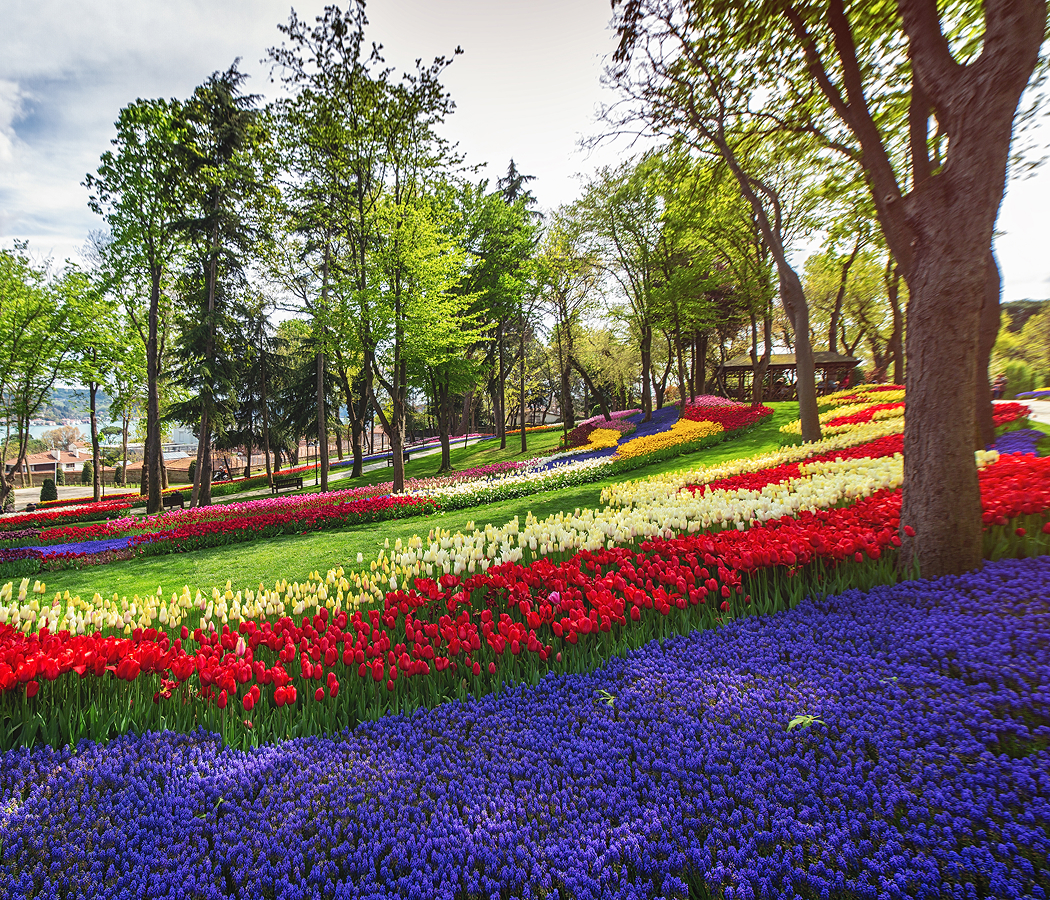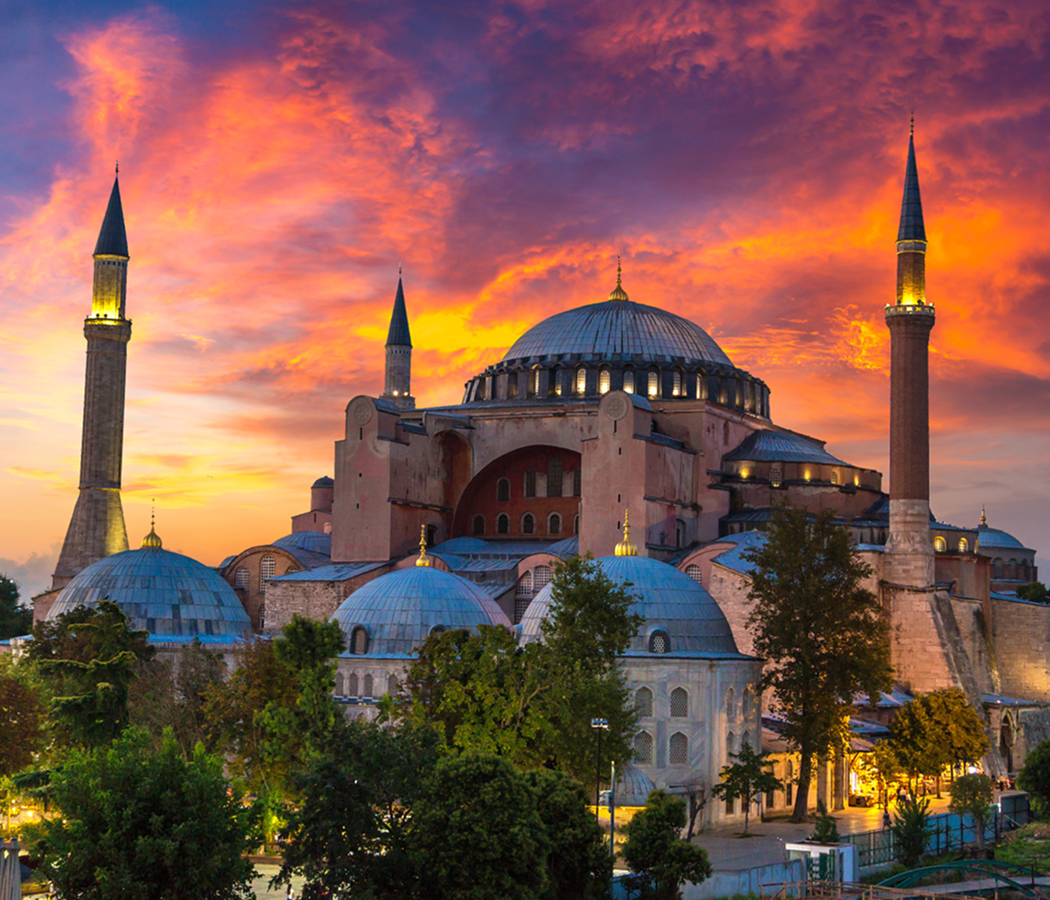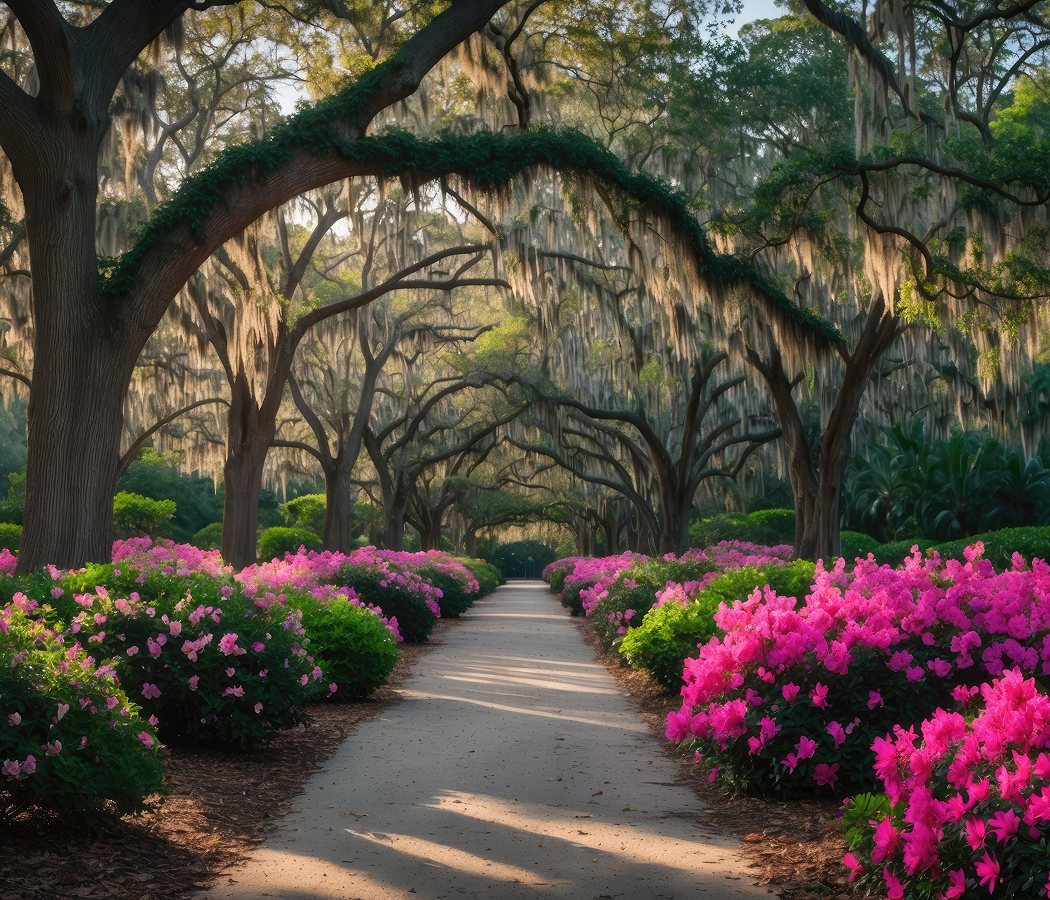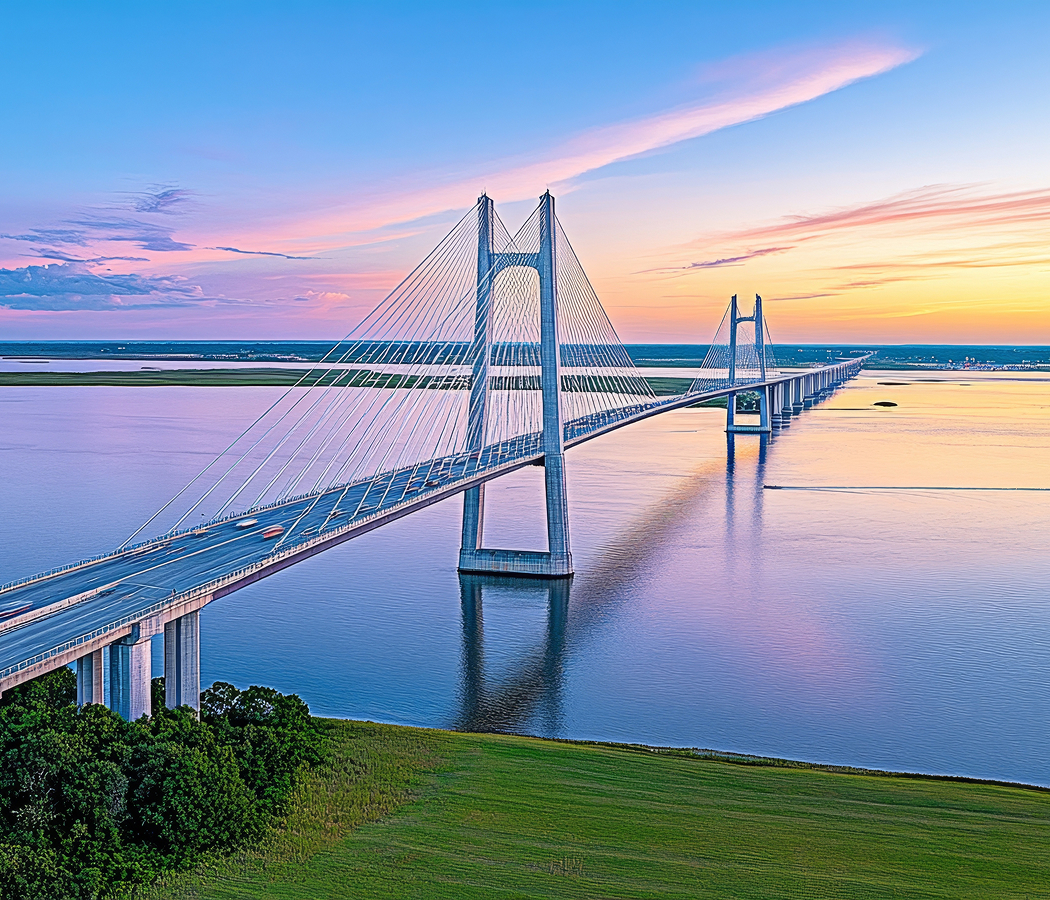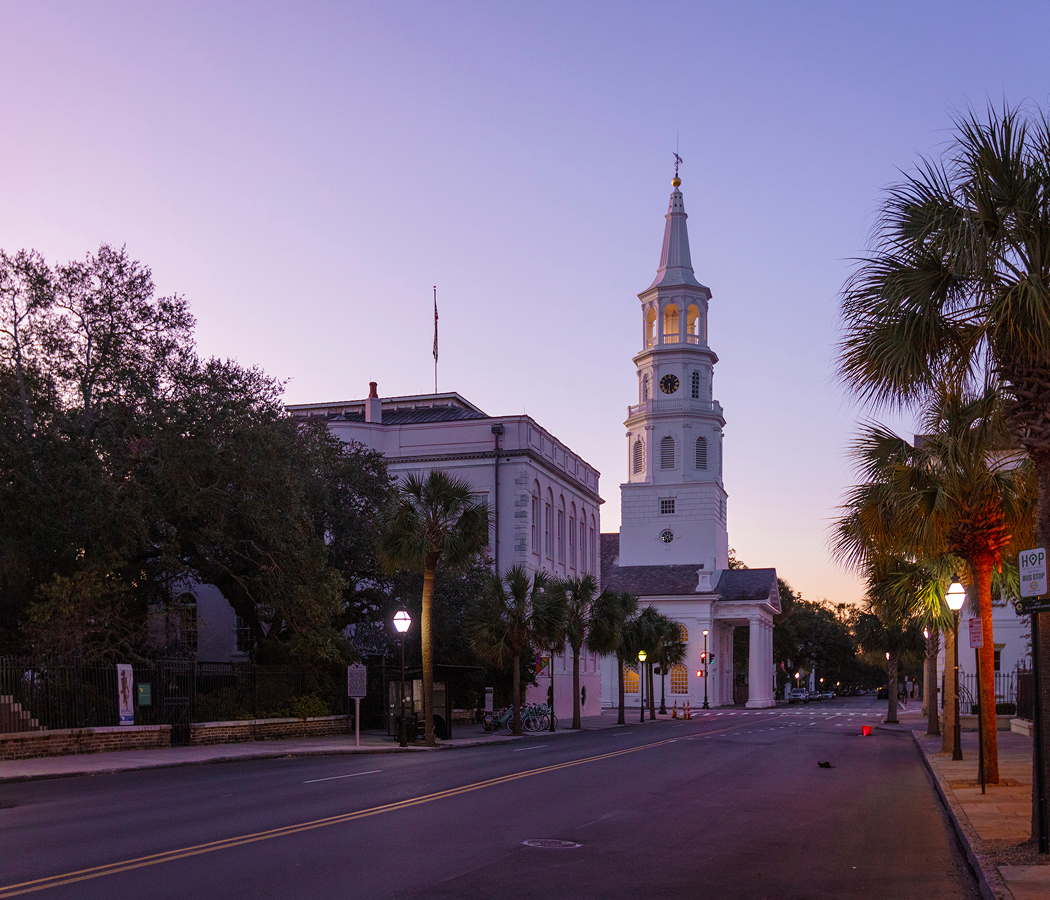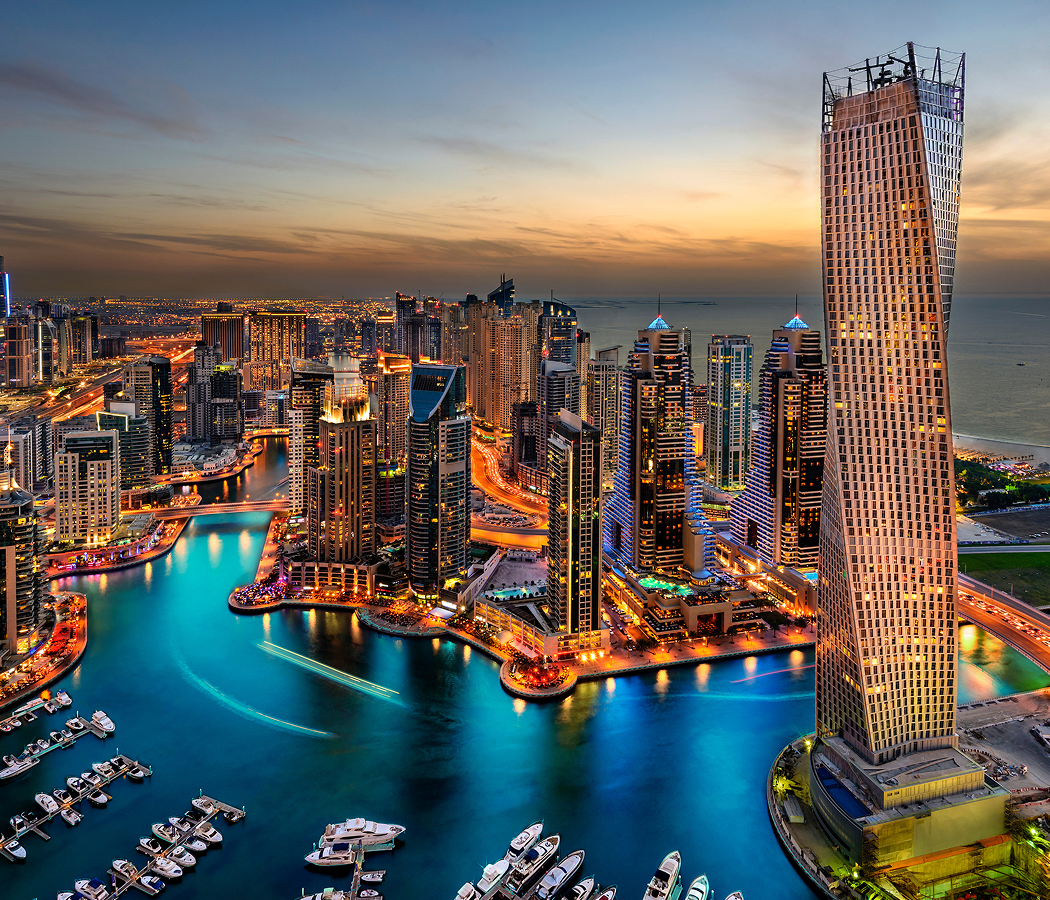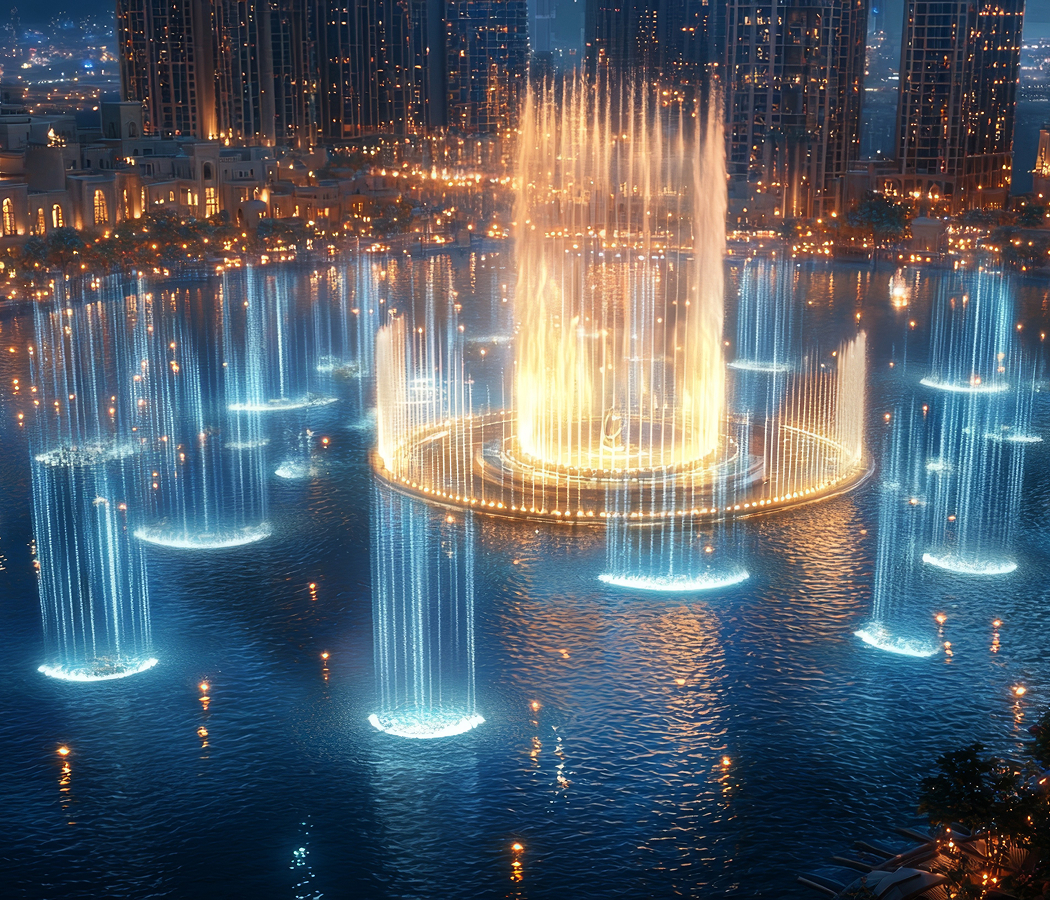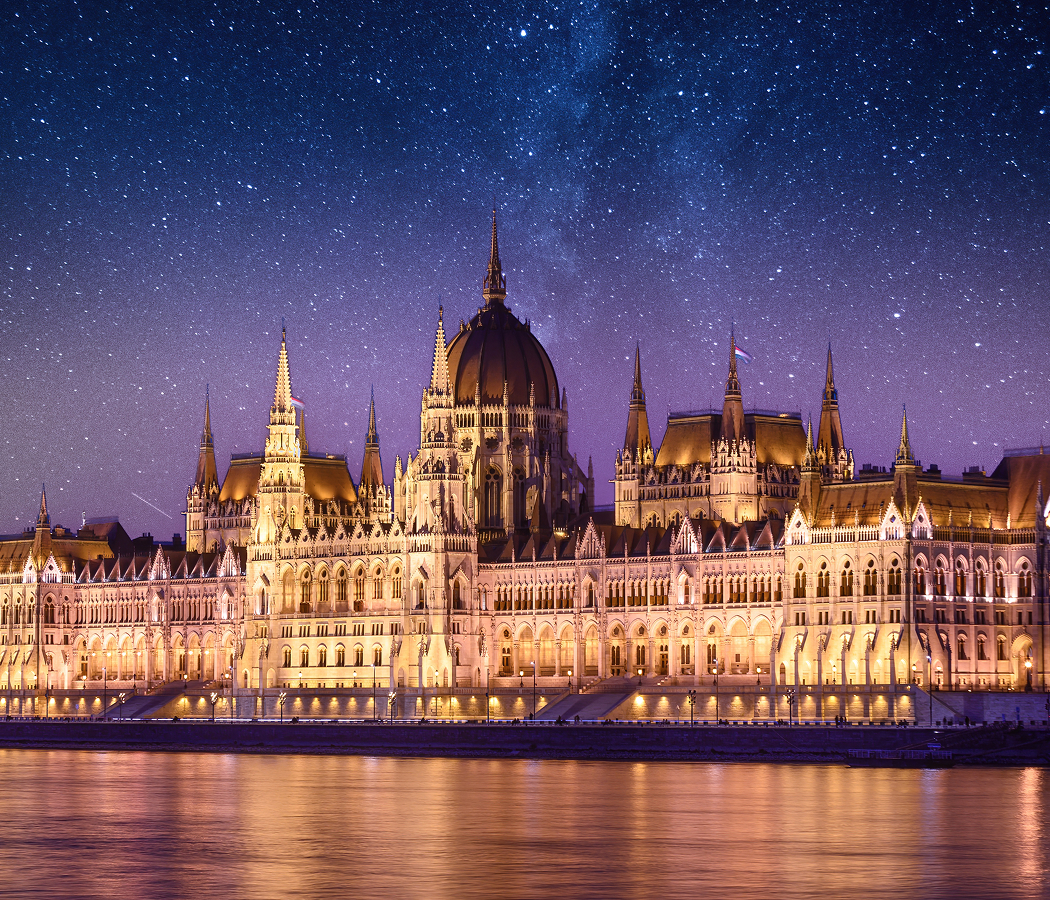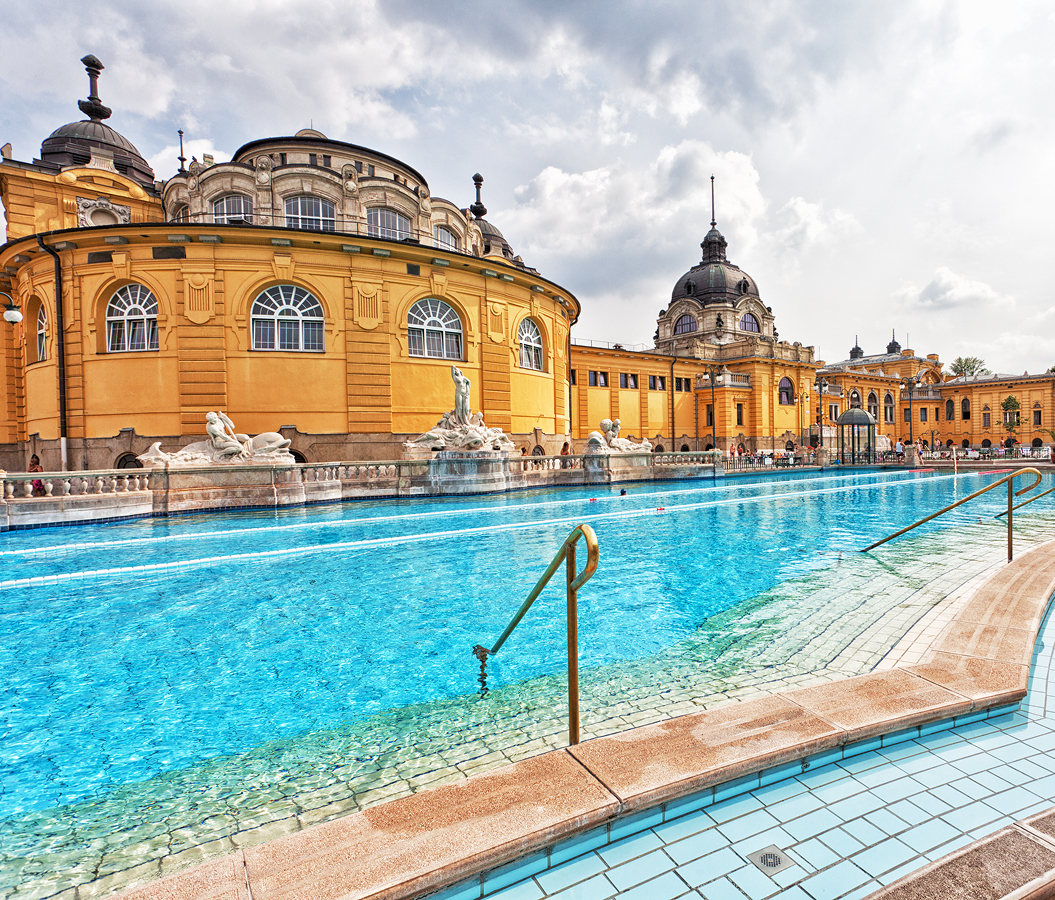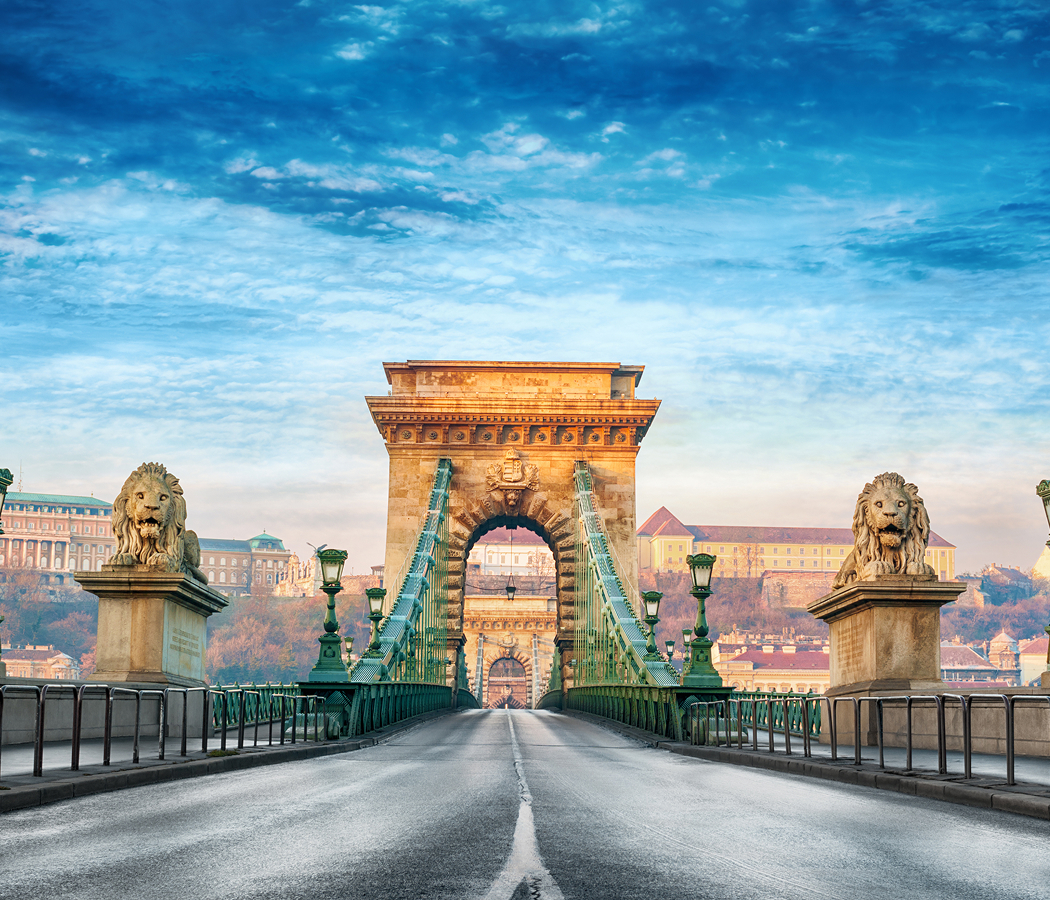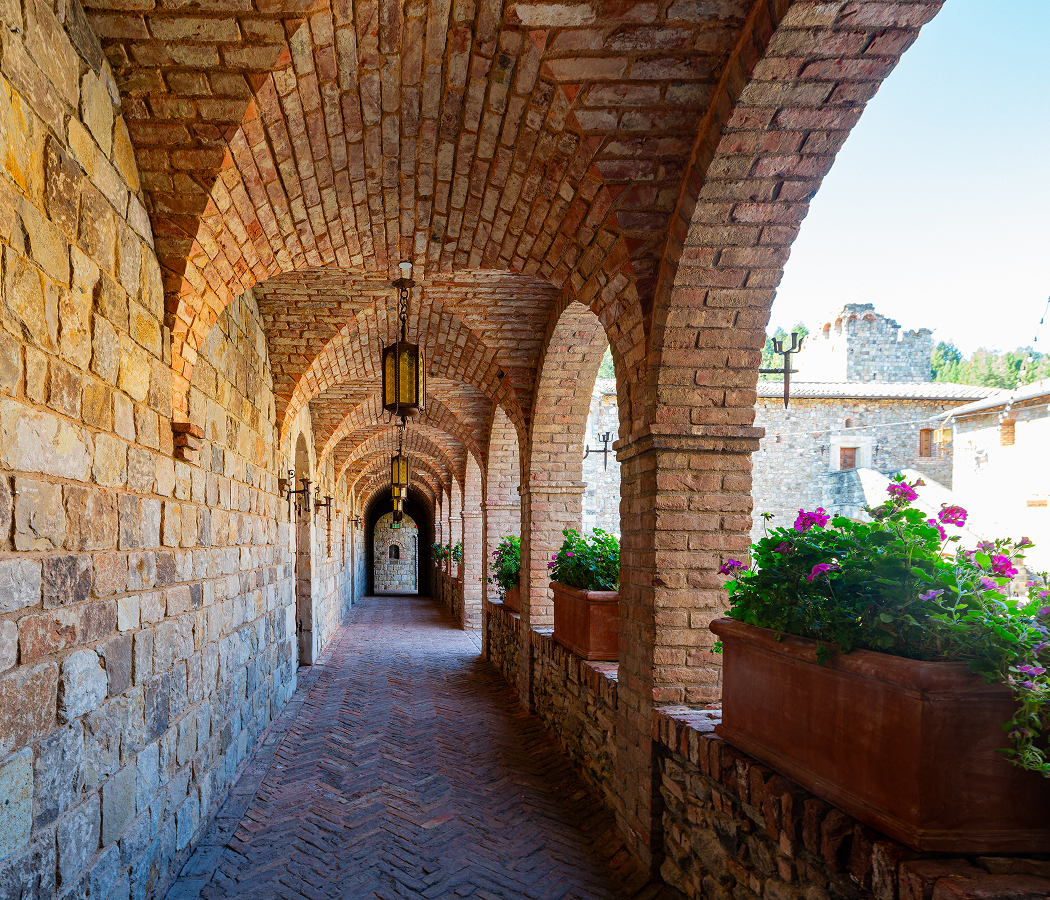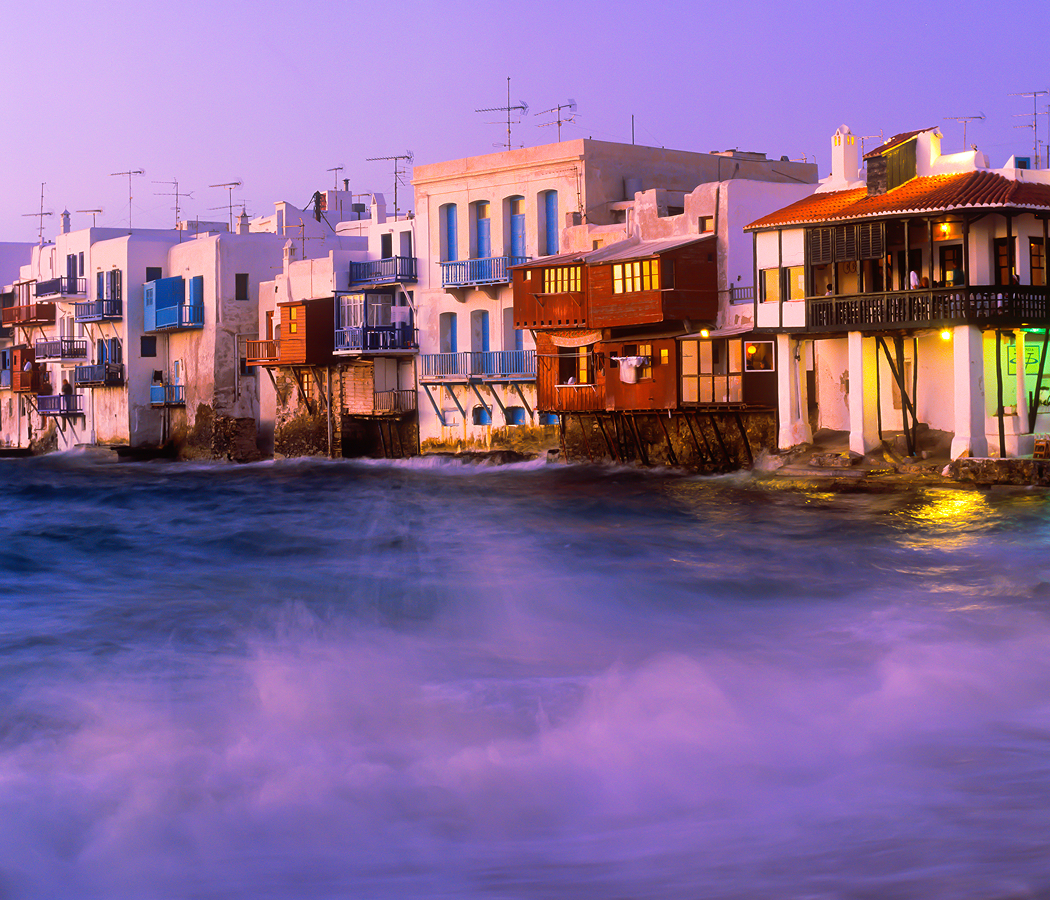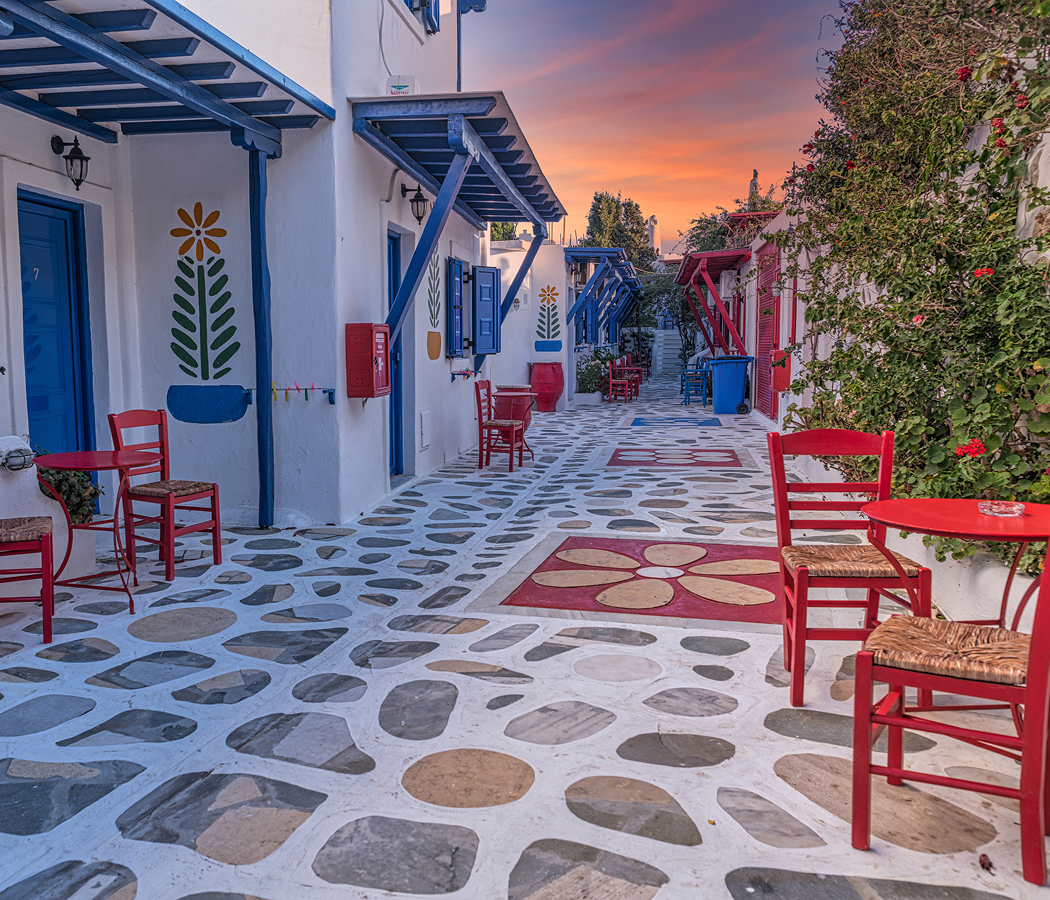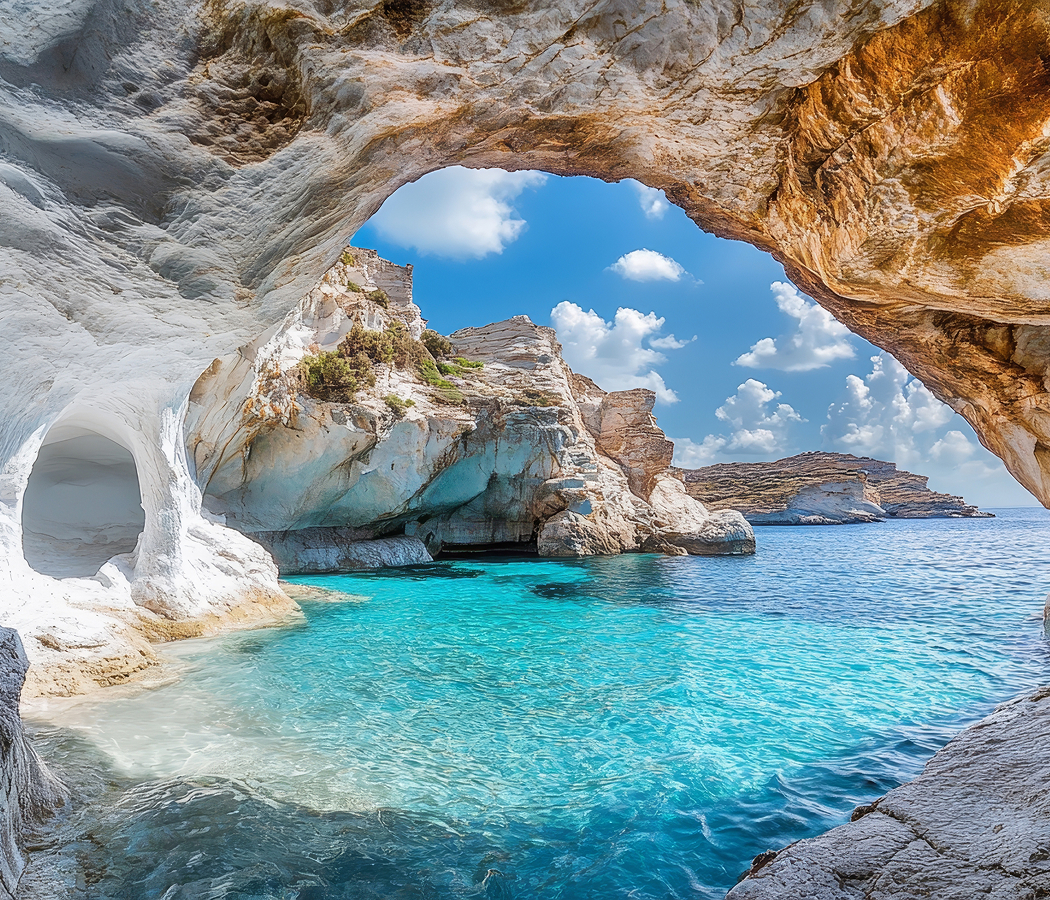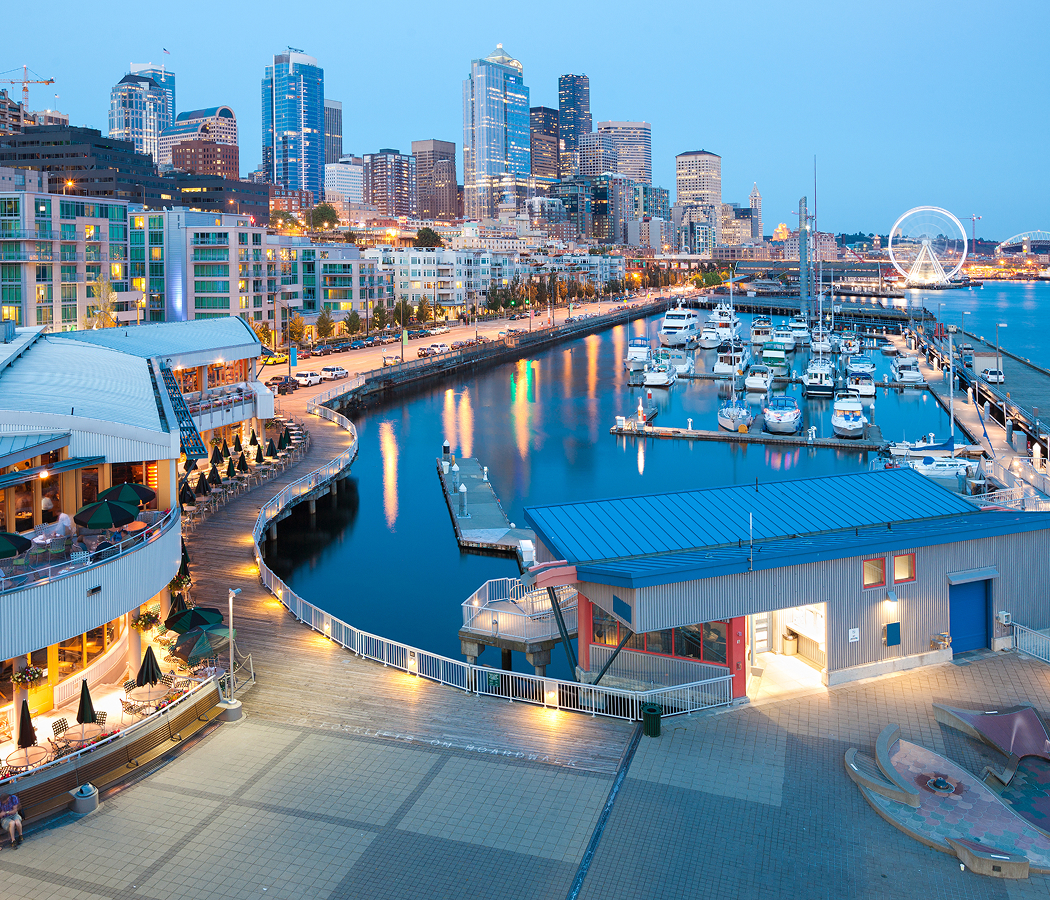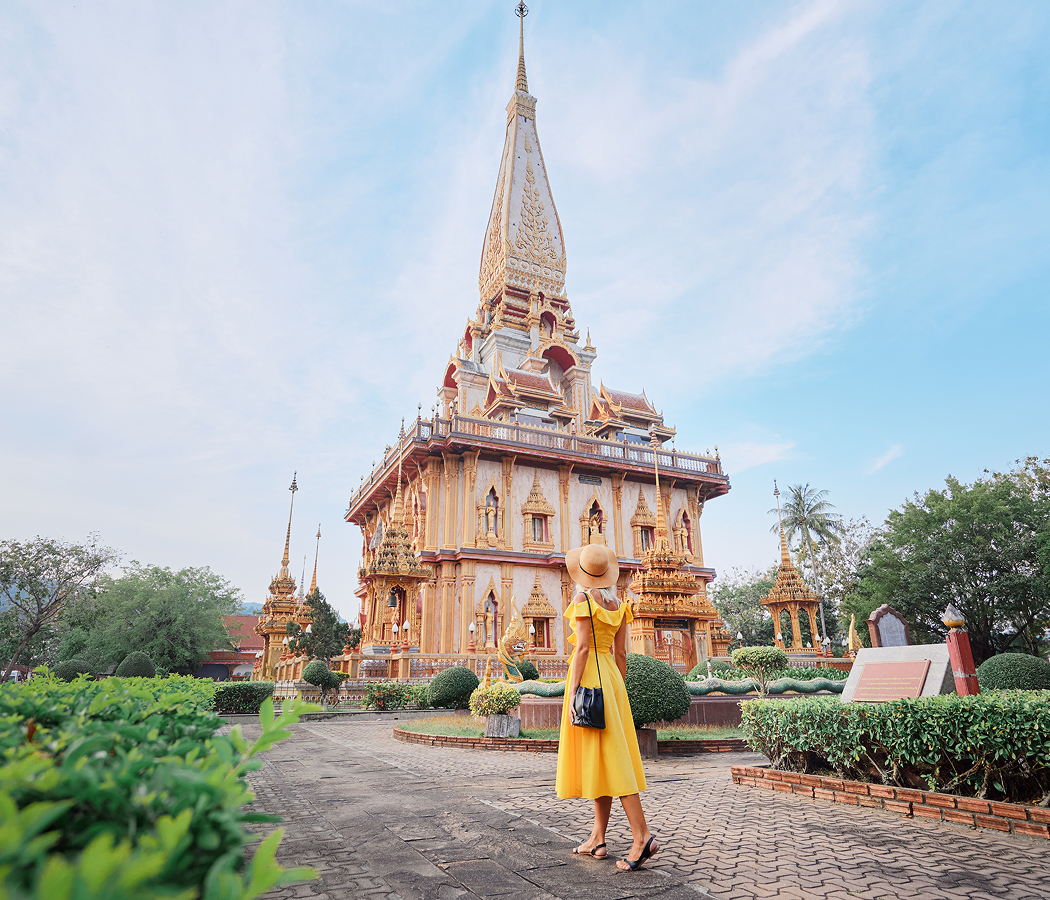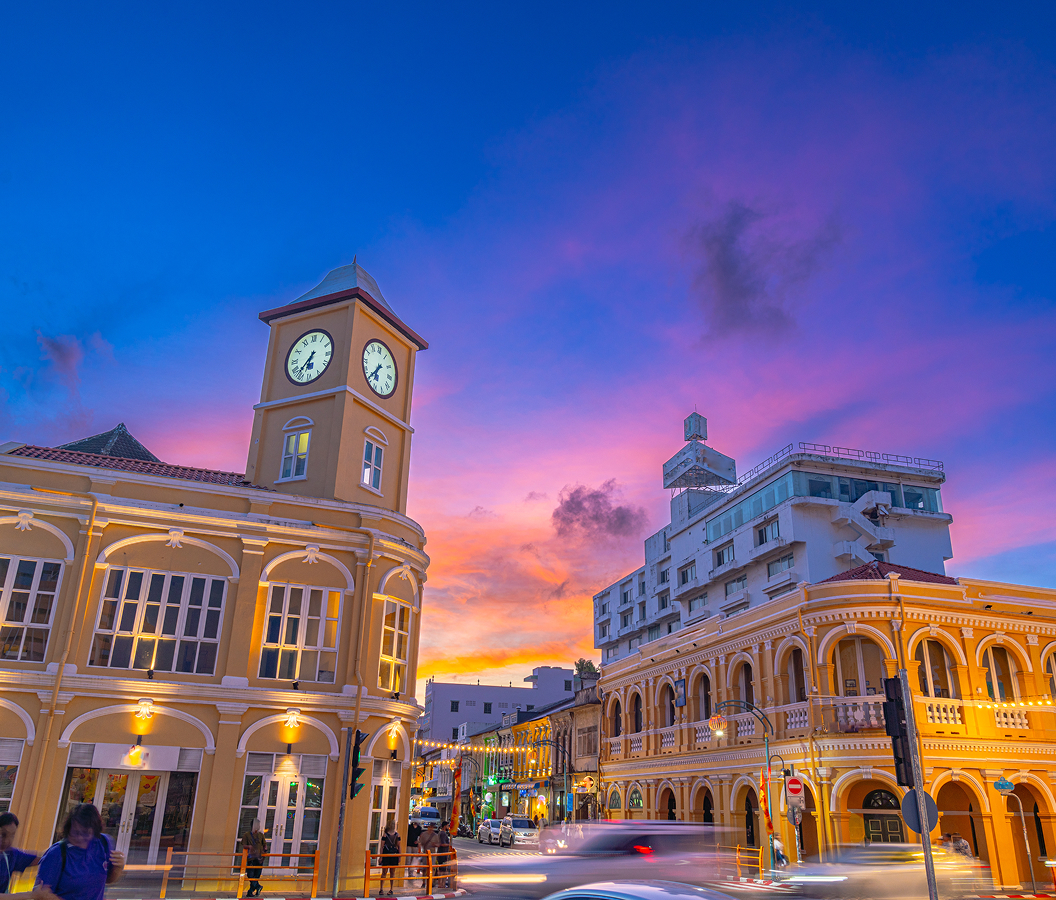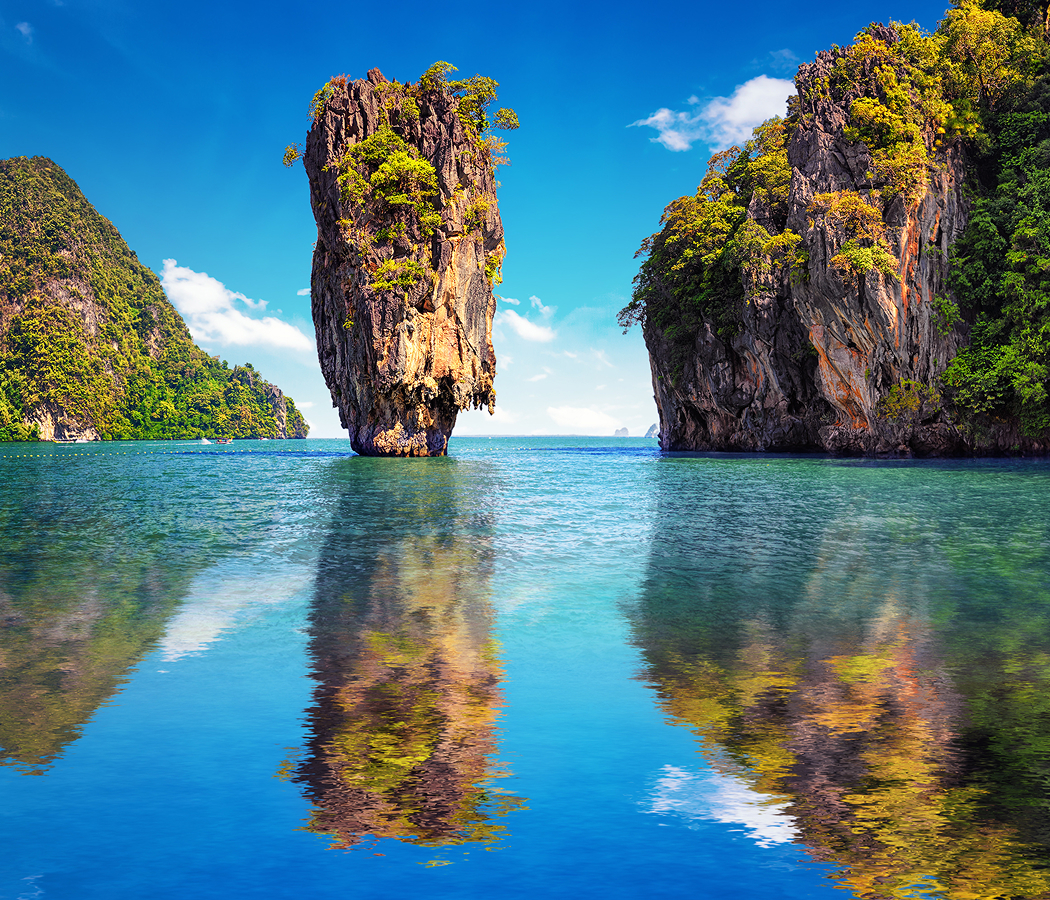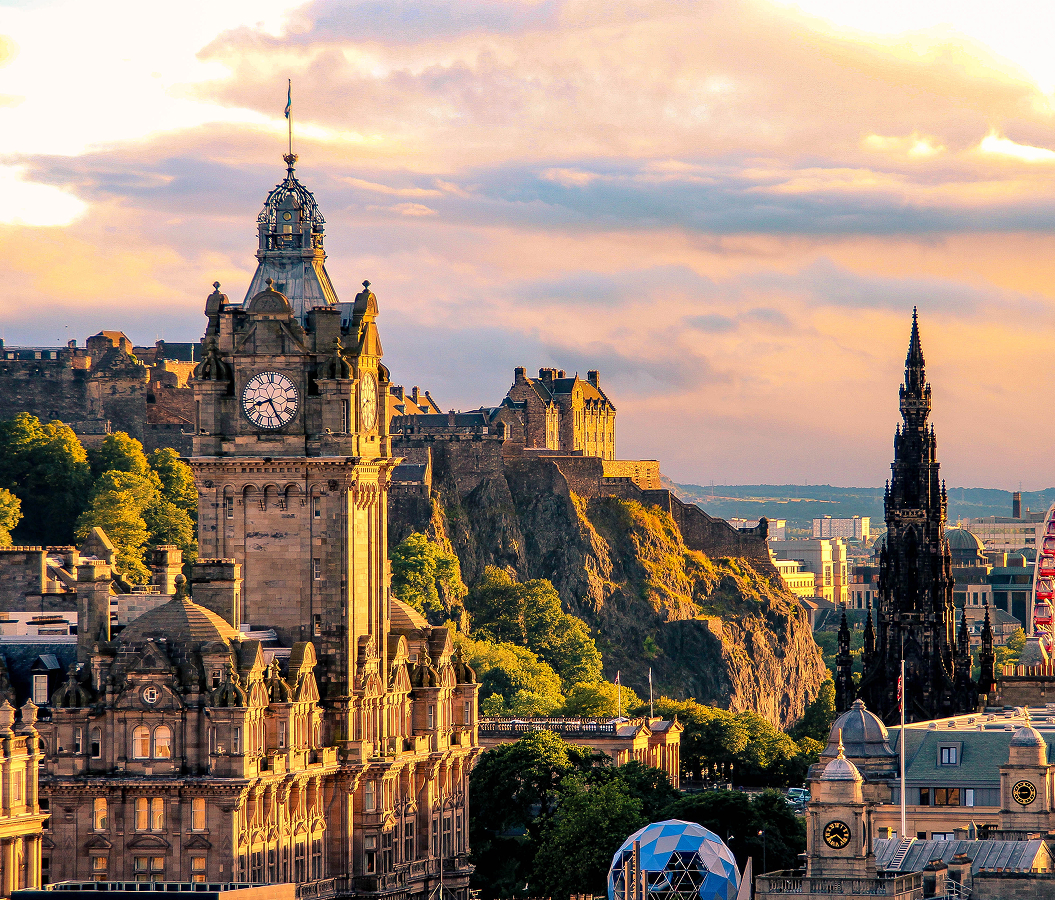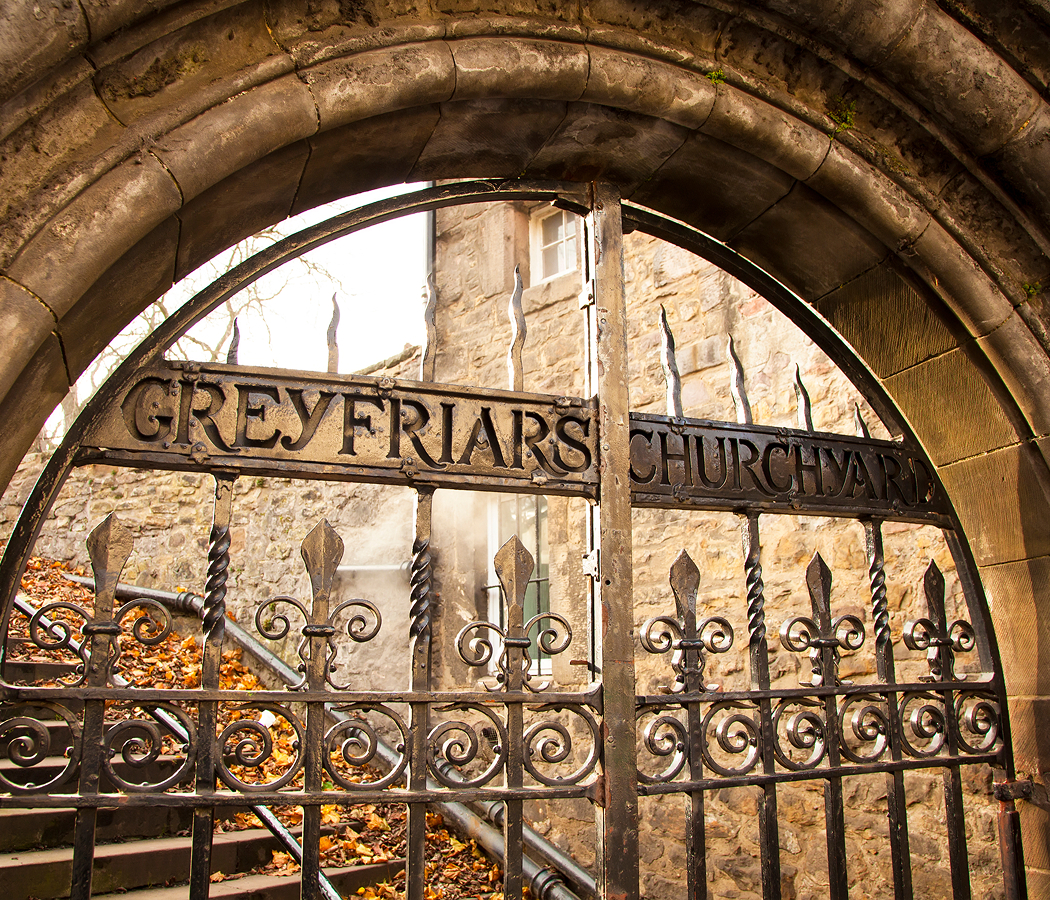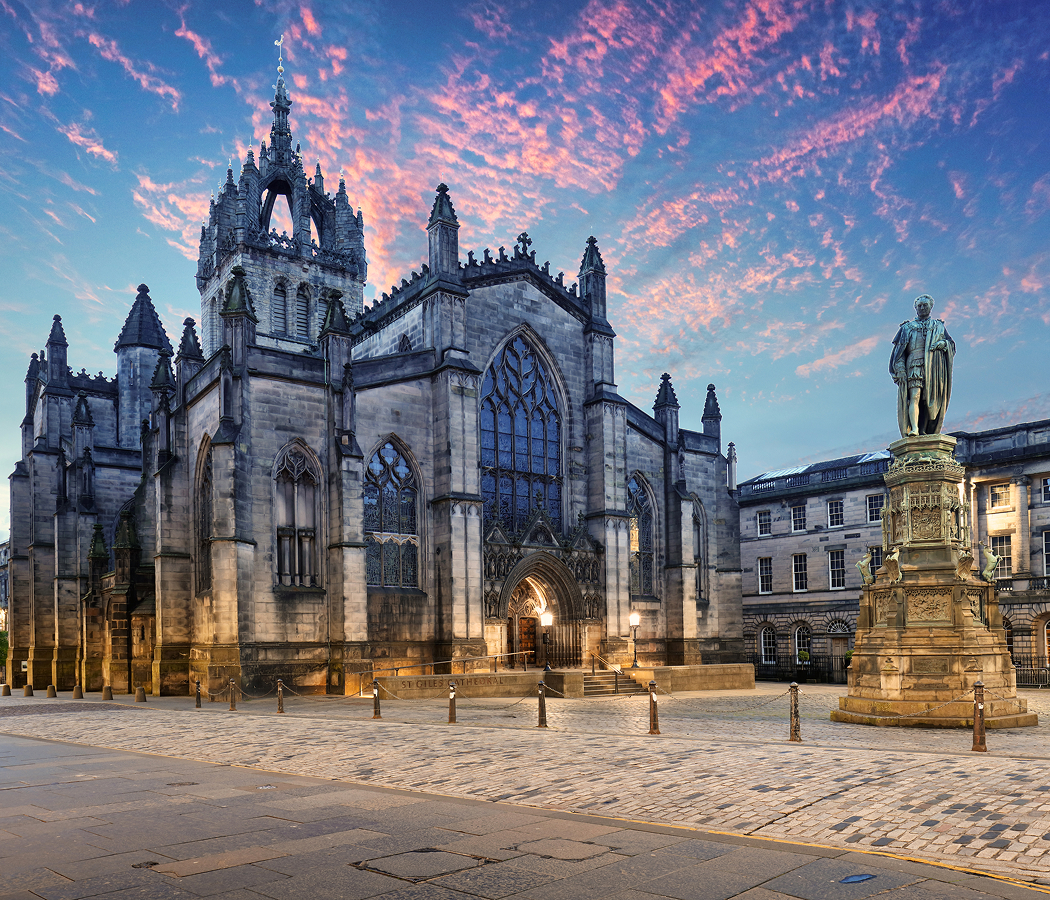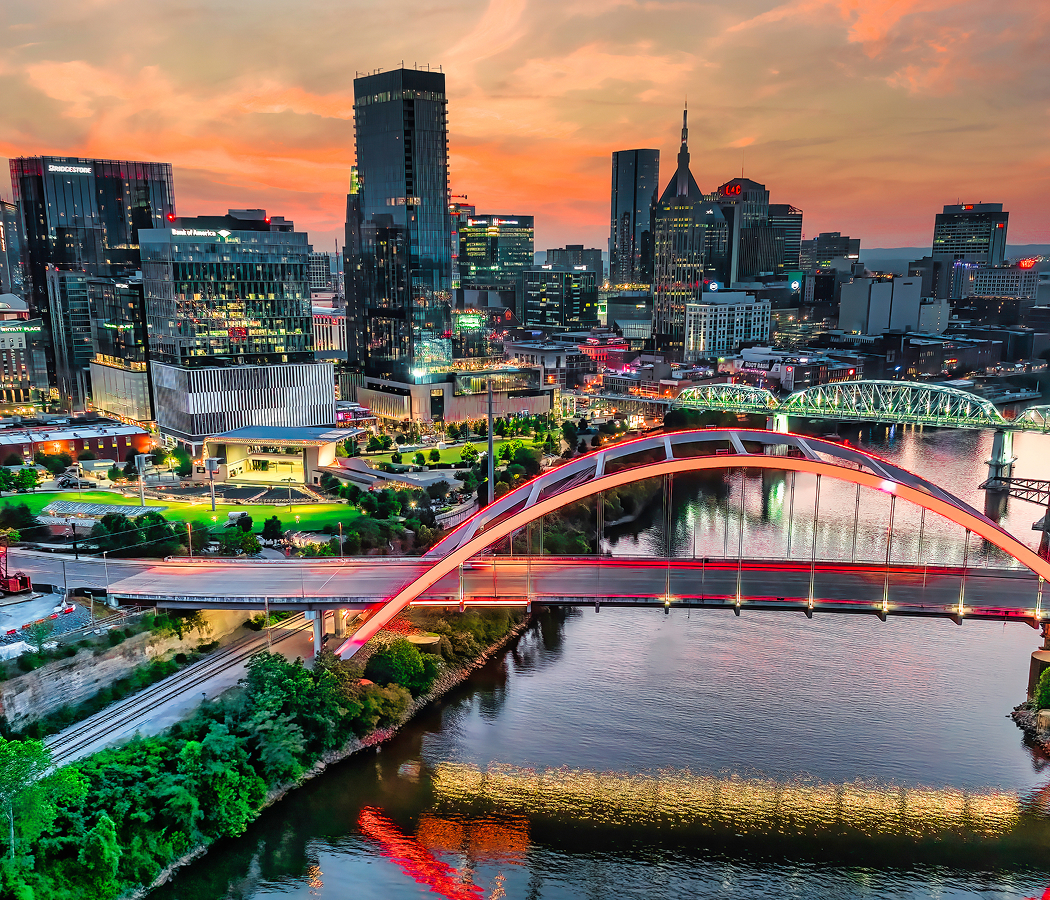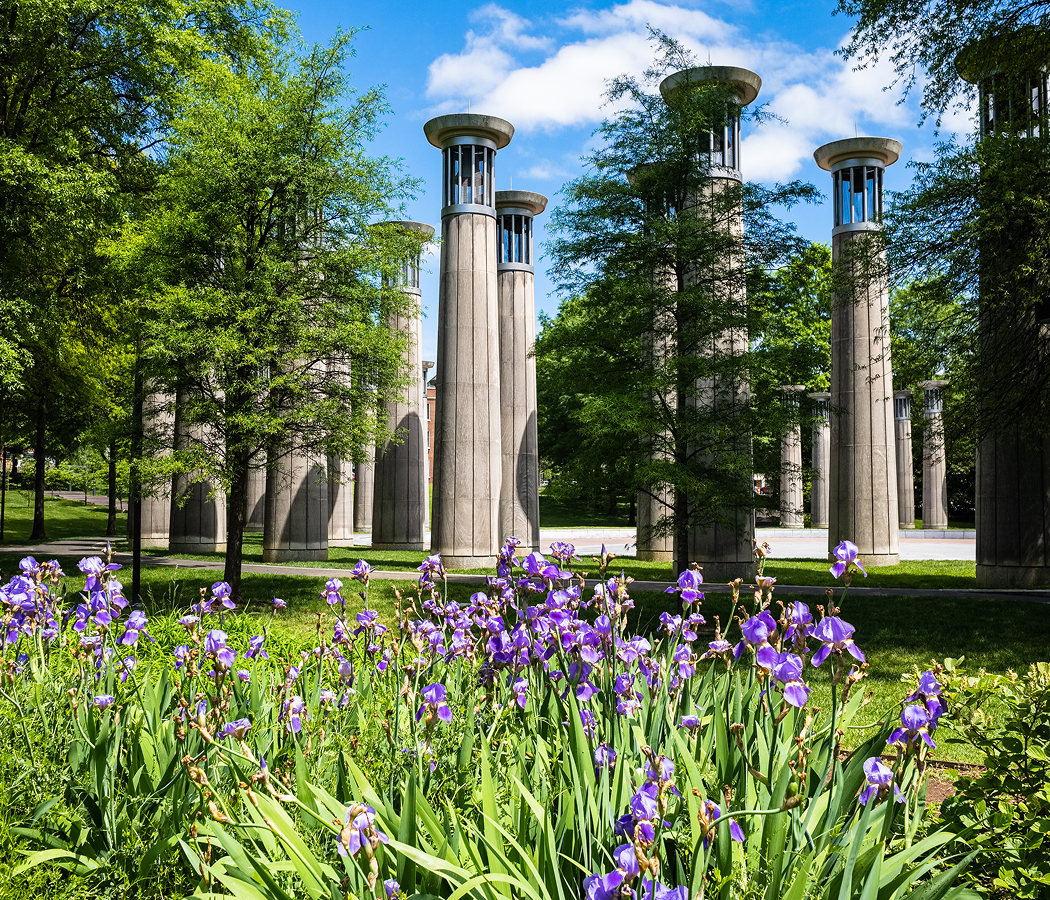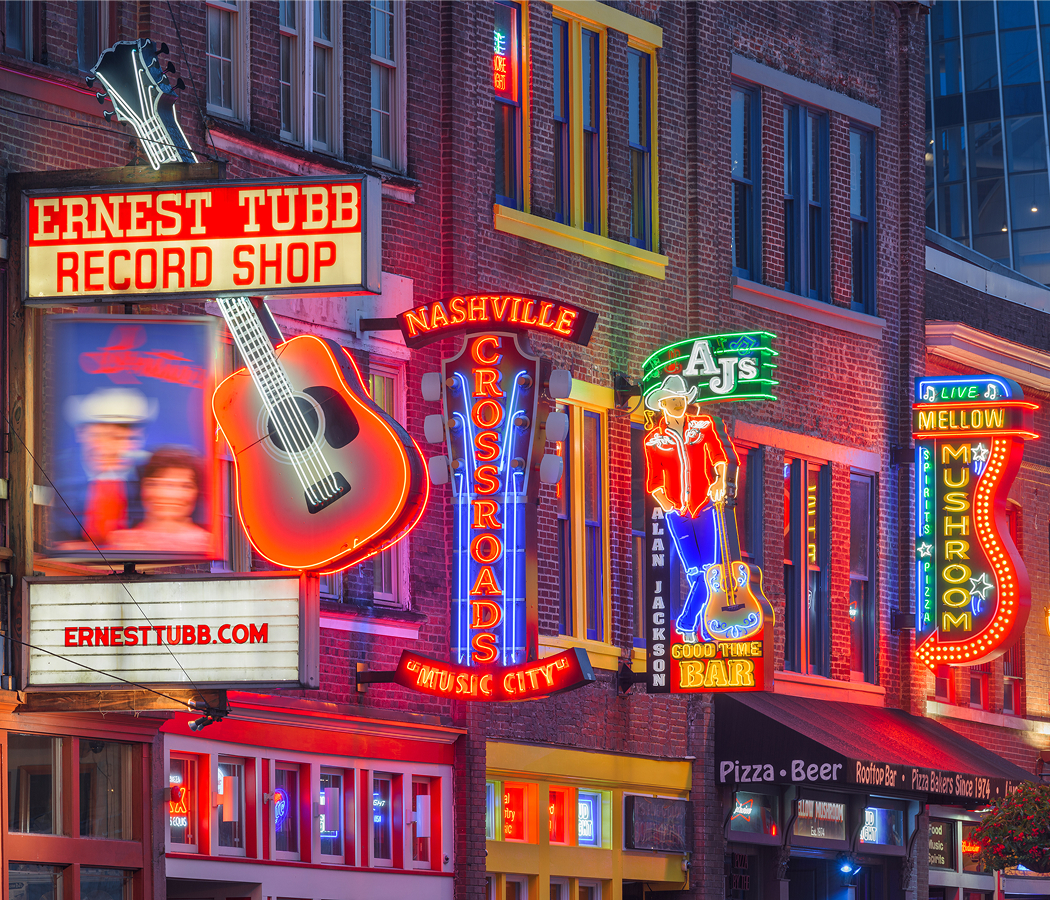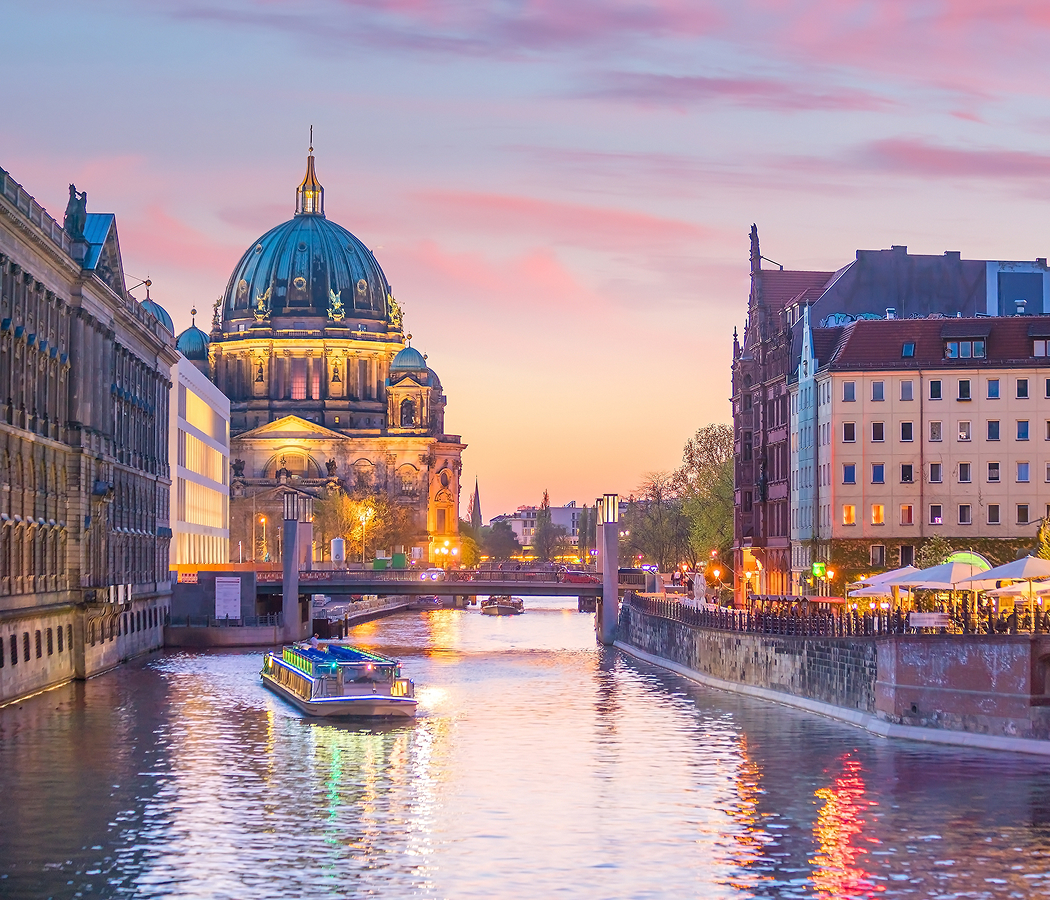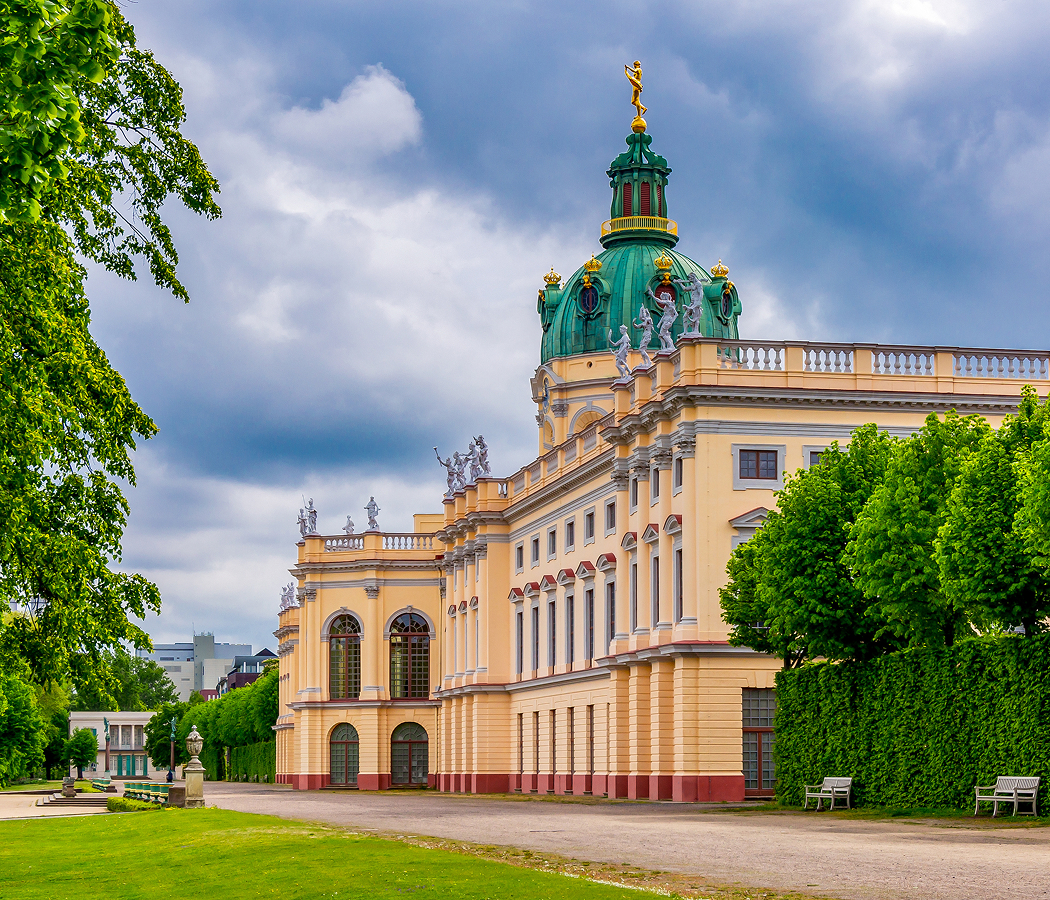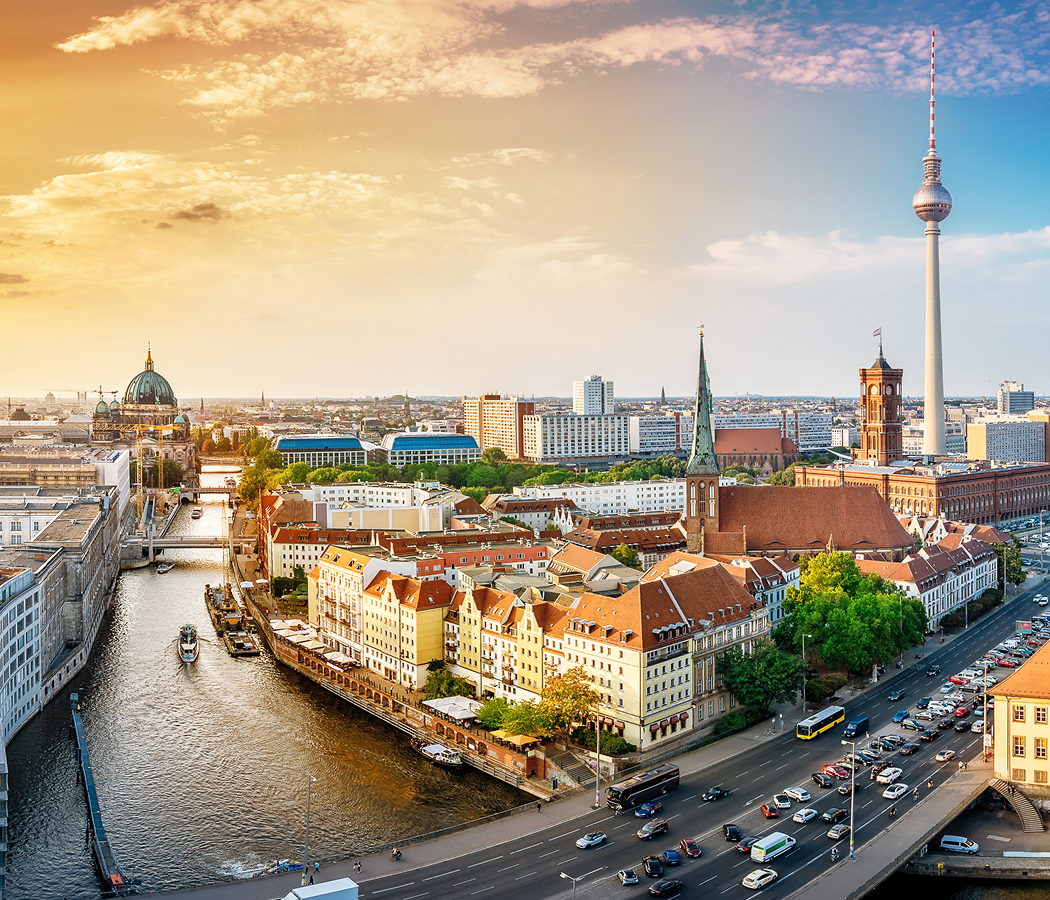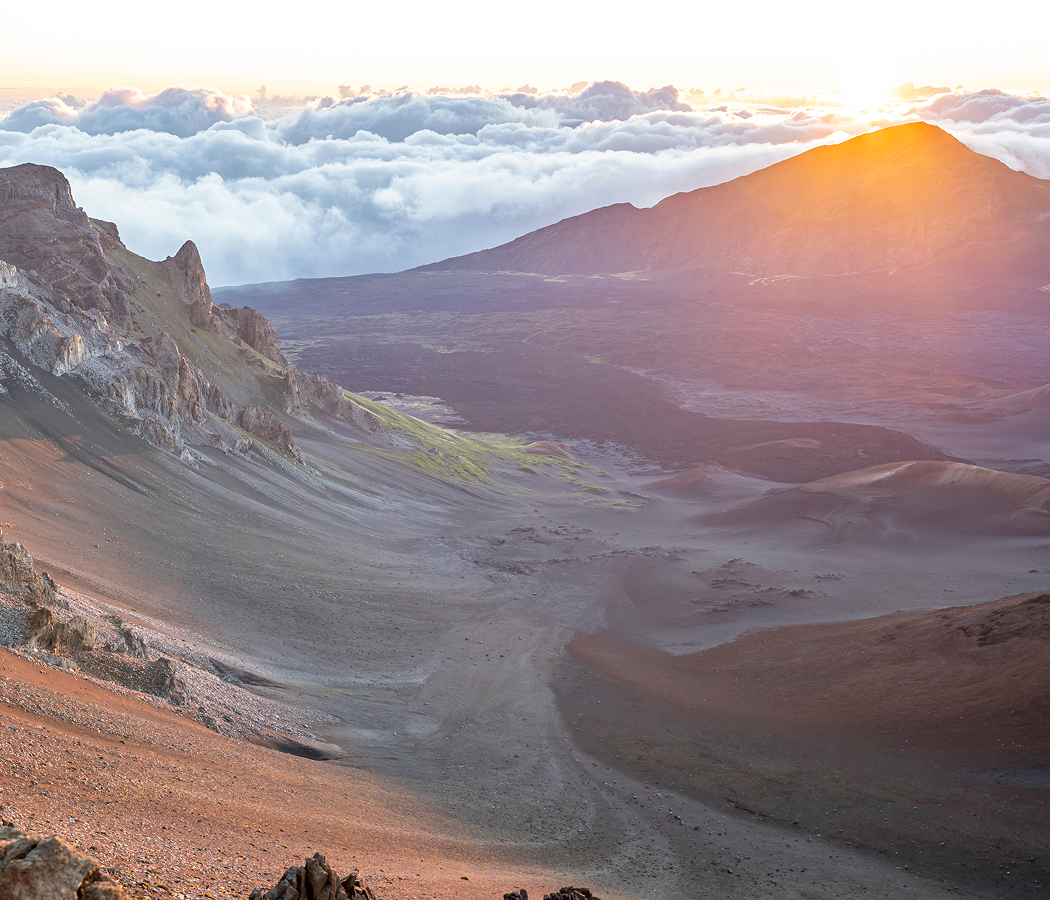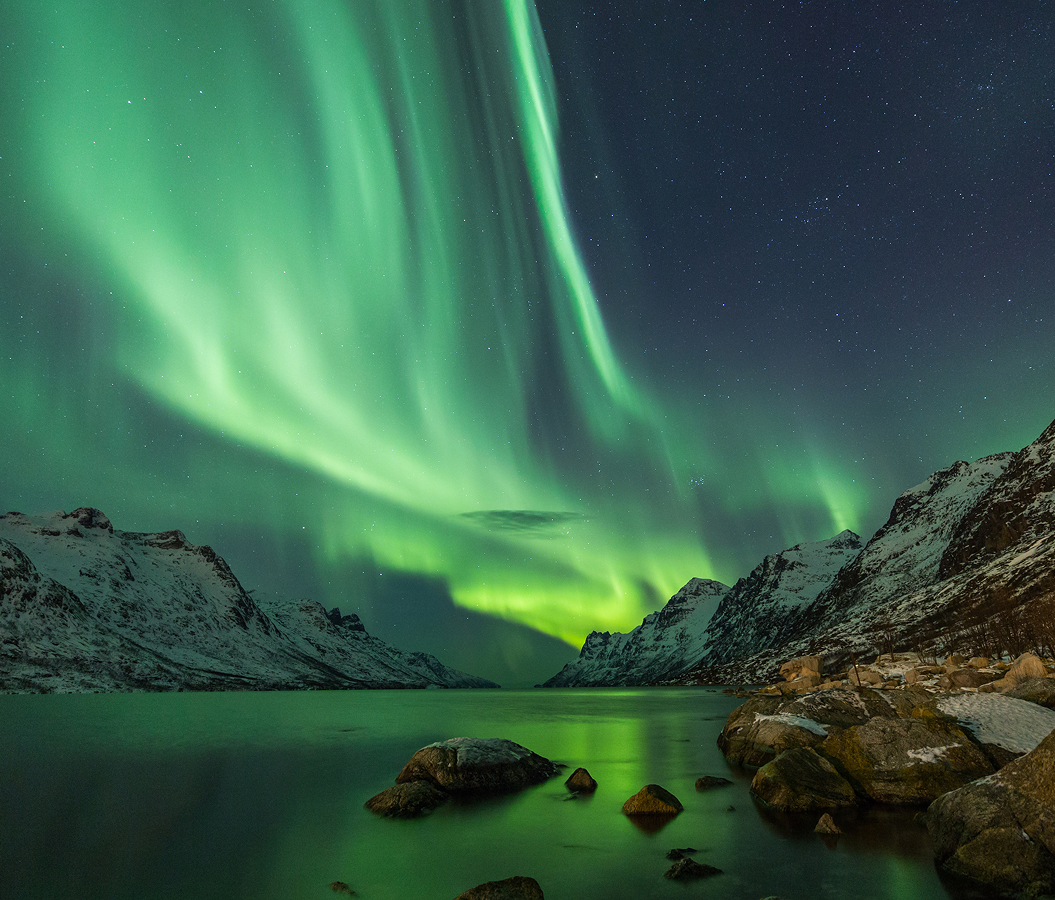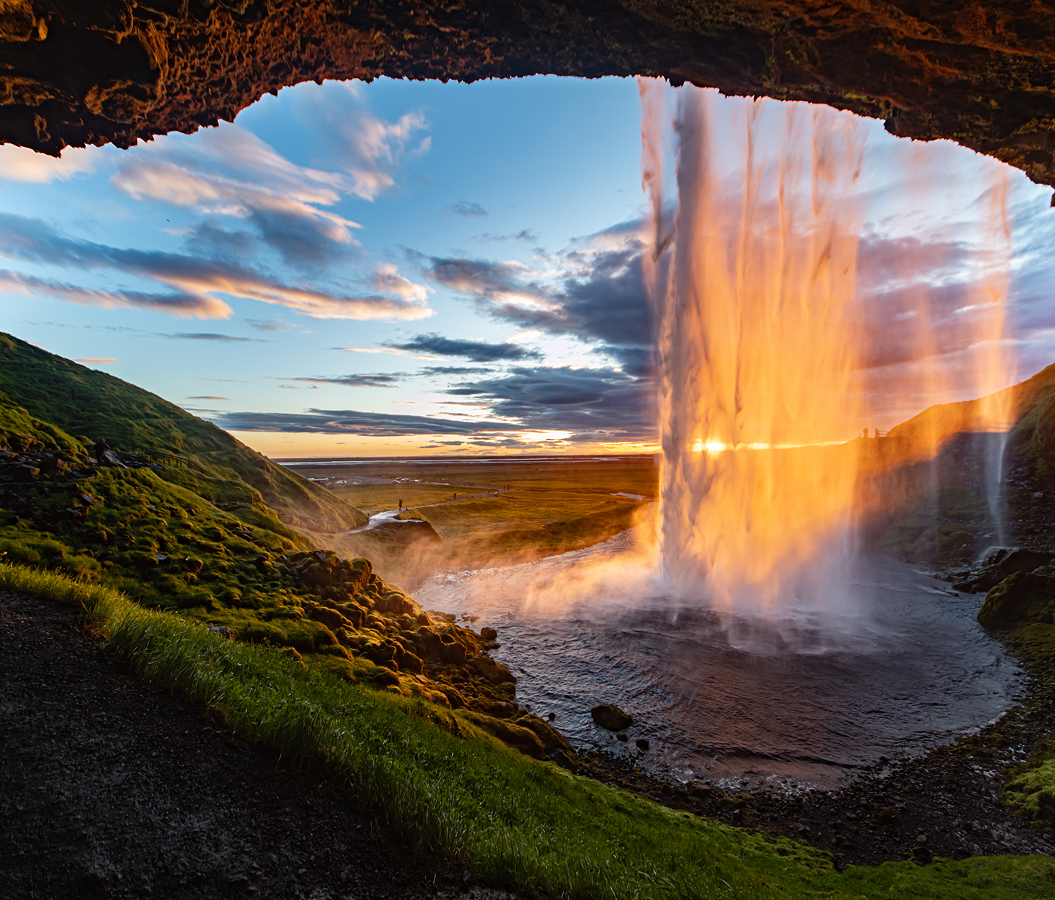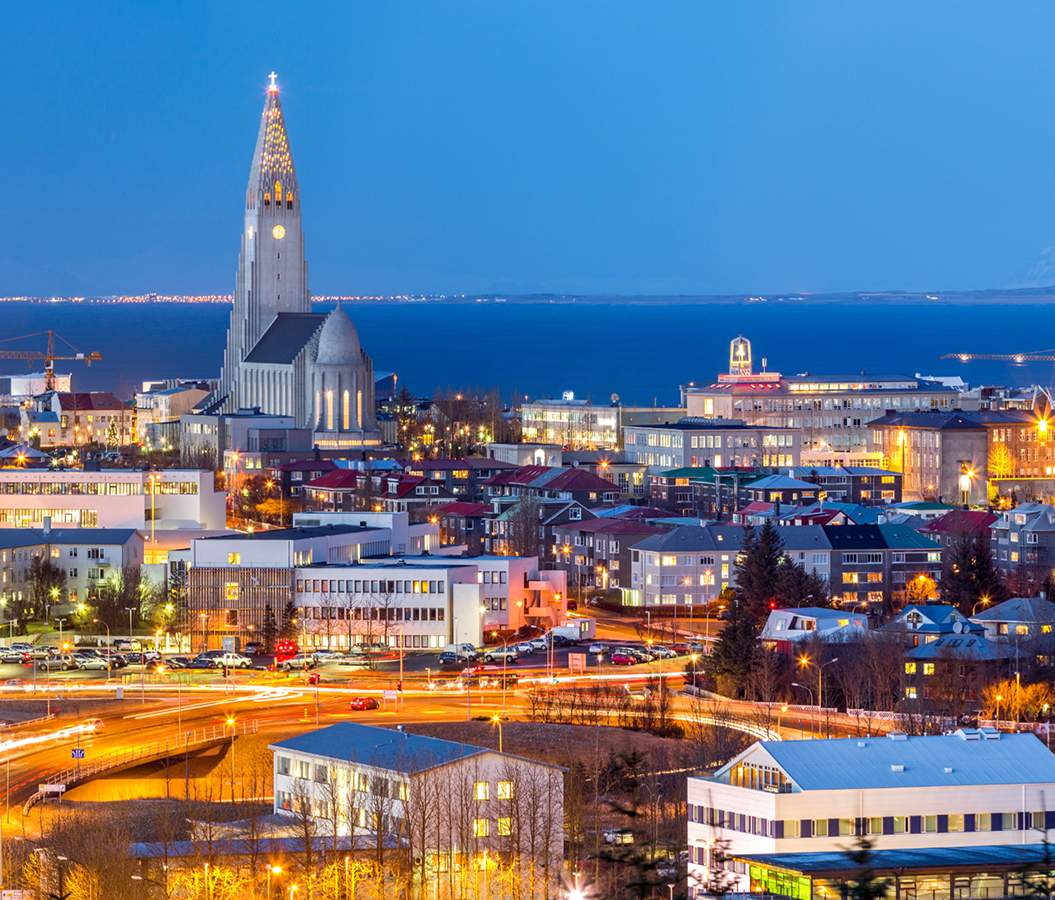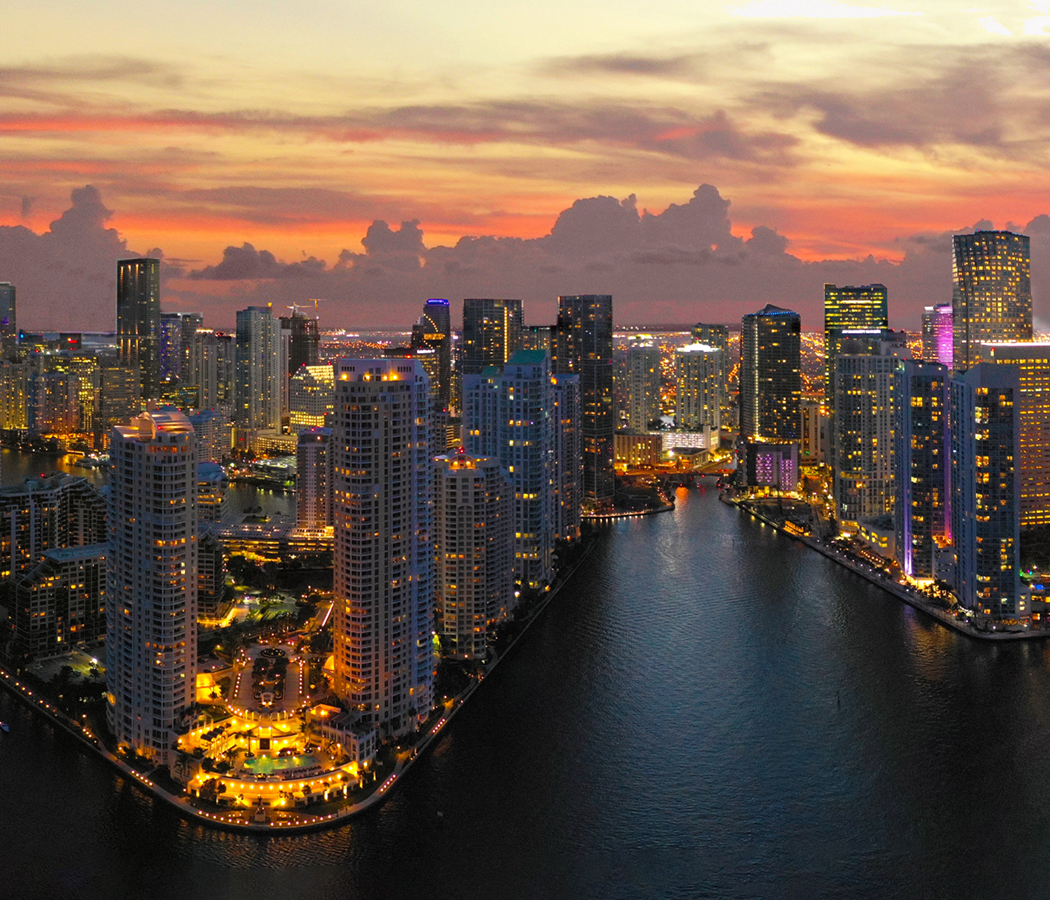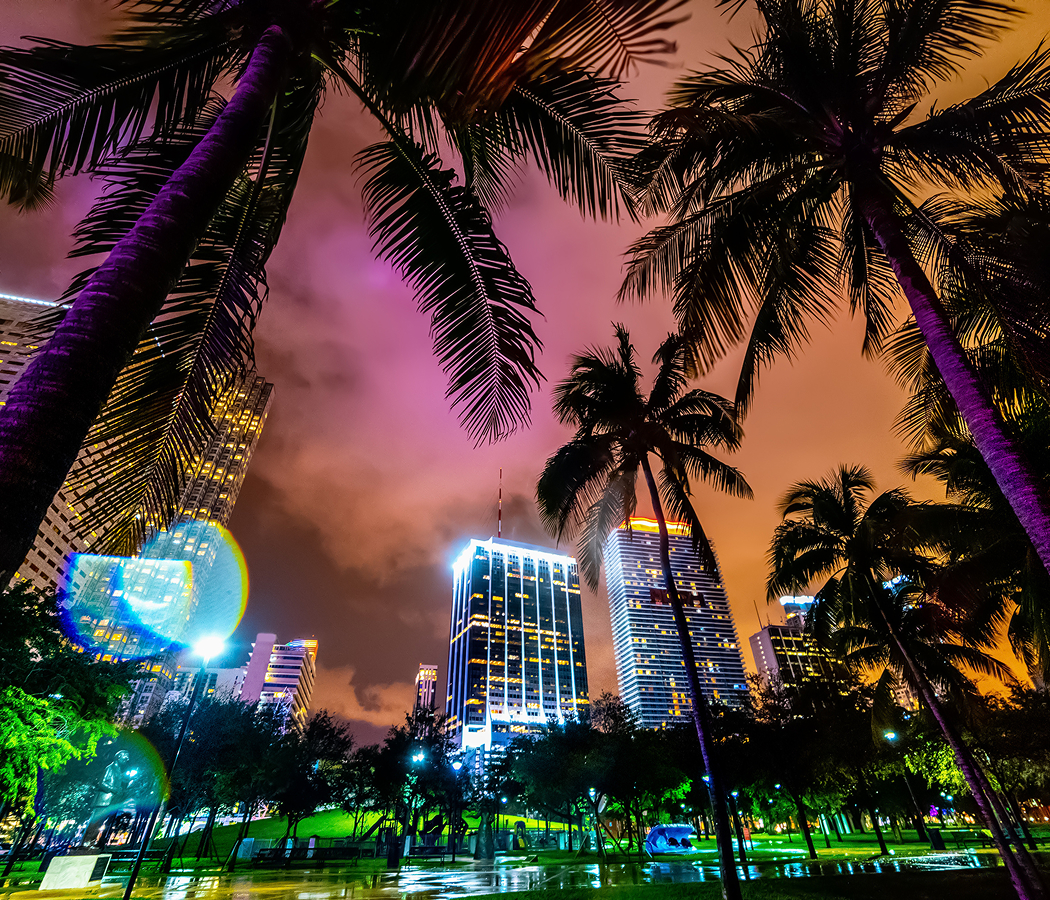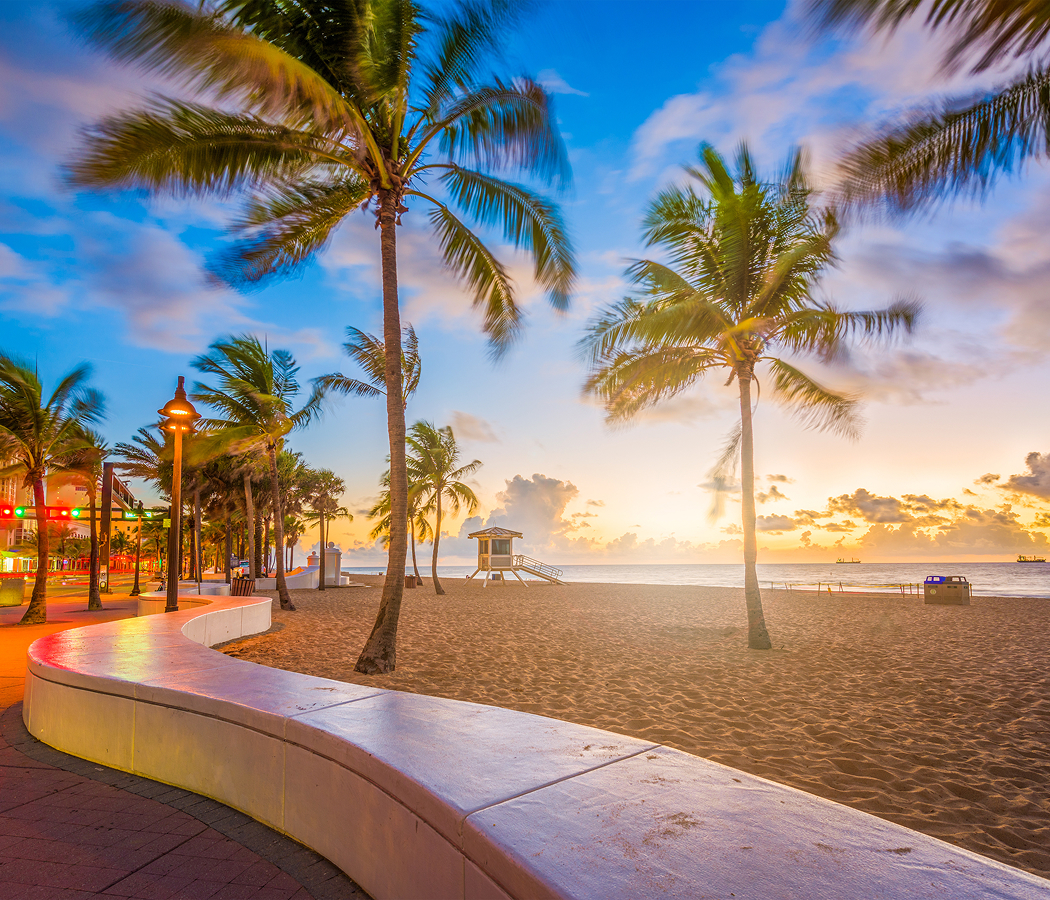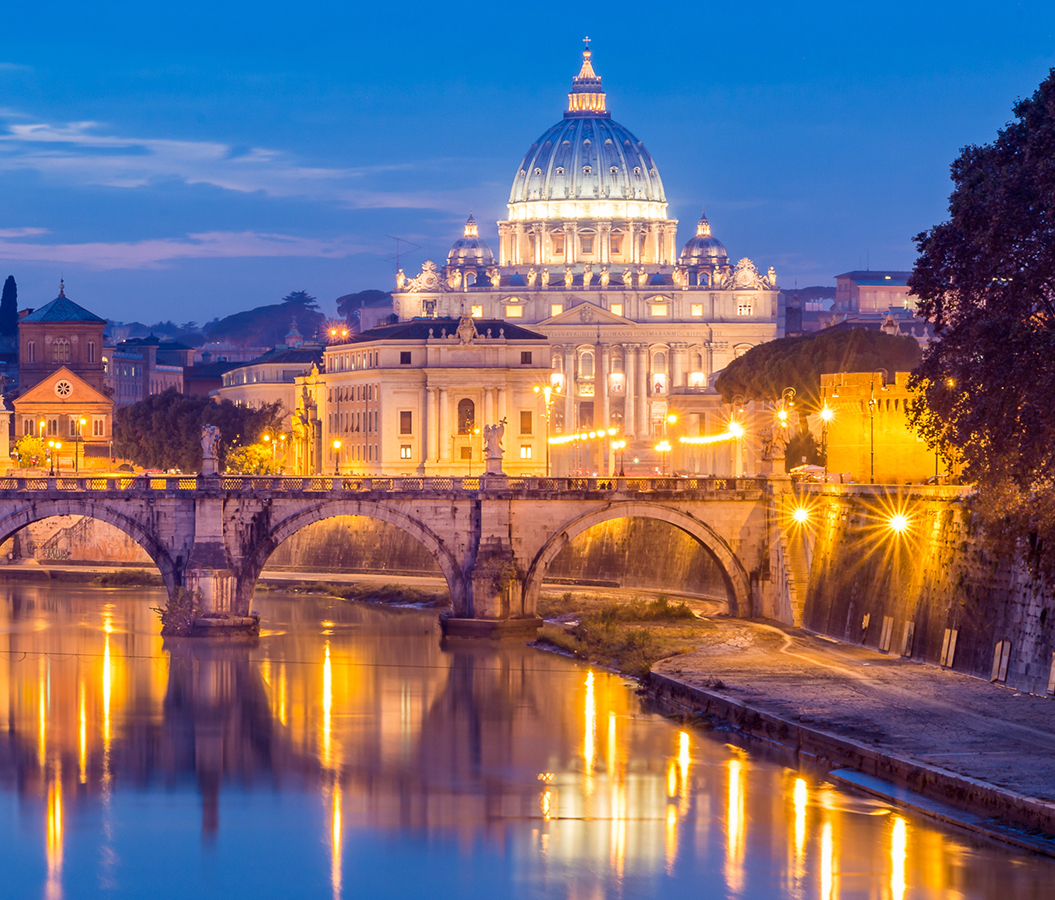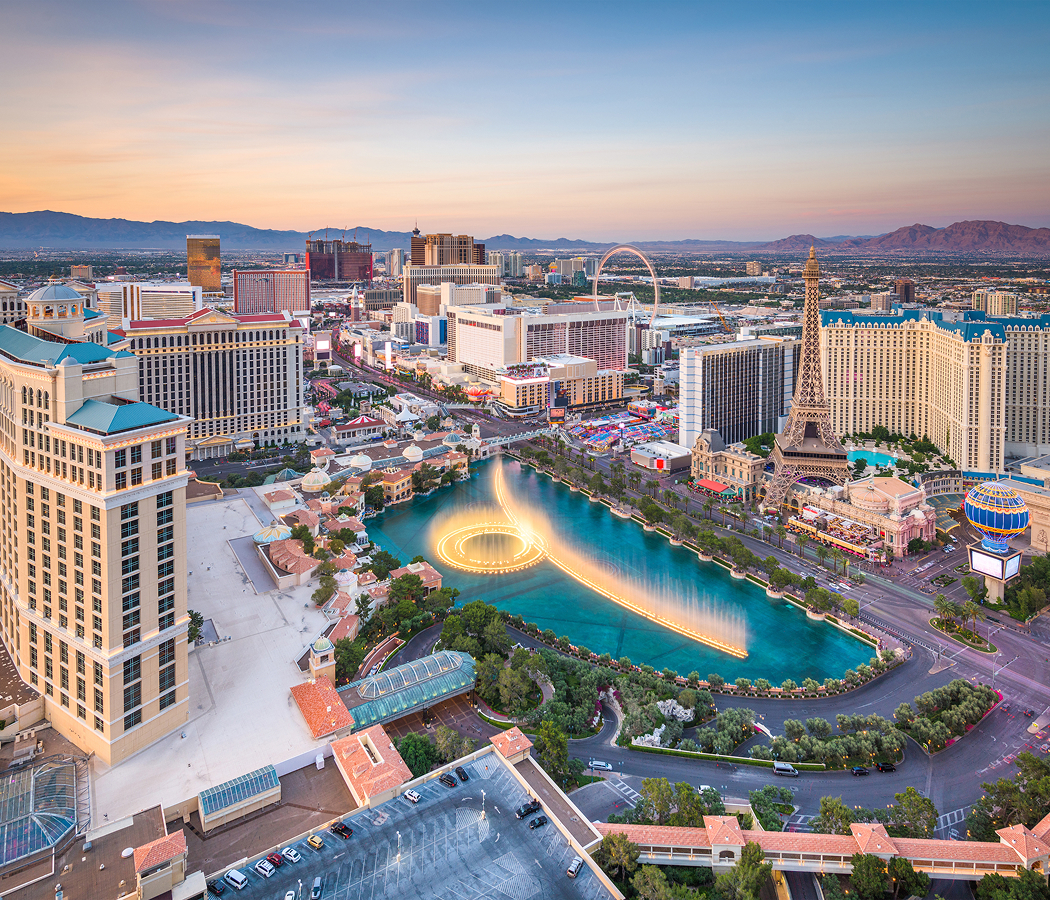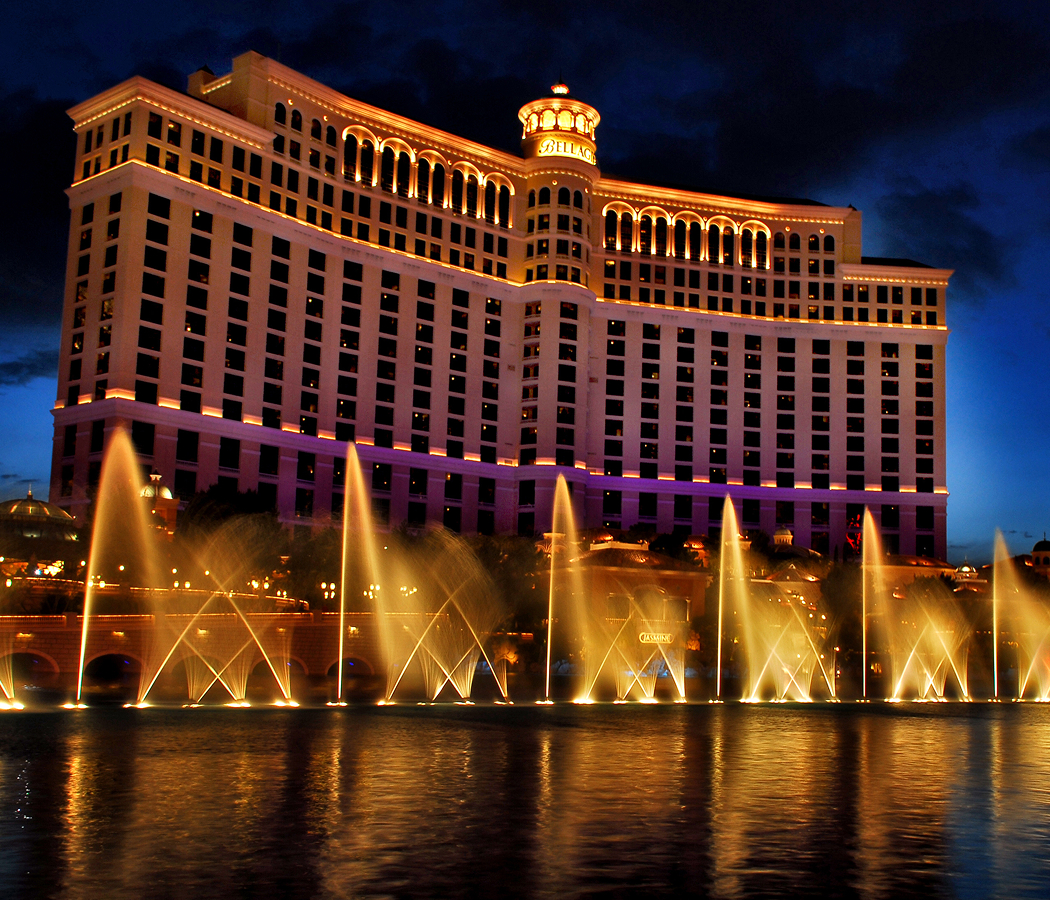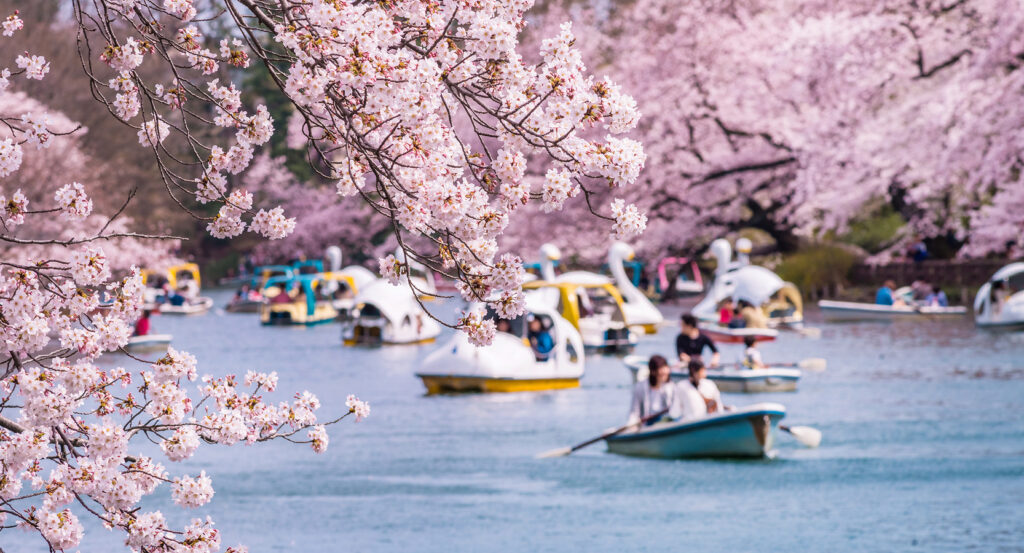
Why you should visit Harmonica Alley.
Harmonica Alley is Tokyo’s wilder whisper, a tight warren of postwar alleyways that hums with energy, sake, and unspoken stories.
Tucked beside Kichijoji Station, this maze of narrow lanes pulses with the city’s restless charm, packed shoulder-to-shoulder with yakitori joints, cocktail dens, and izakayas glowing under paper lanterns. The name might sound whimsical, but it nods to the row of tightly fitted stalls that first filled the area after World War II, each like a note in a harmonica, close enough to share laughter, smoke, and secrets. Today, that same intimacy remains. Locals spill out into the lanes, chatting over grilled skewers, and visitors drift between bars small enough to fit barely a dozen souls. It’s not polished; it’s perfect. There’s a raw magnetism in the way the chatter and clinking glasses overlap with the hum of trains overhead. It’s Tokyo stripped of pretense, an alley where the city’s true voice sings, smoky and electric.
What you didn’t know about Harmonica Alley.
Beneath Harmonica Alley’s gritty charm lies a layered history that mirrors Japan’s postwar rebirth.
What began as a black-market hub in the 1940s evolved into one of the city’s most enduring social sanctuaries. The stalls once traded rationed goods, cigarettes, and homemade sweets before morphing into casual drinking dens for salarymen and artists alike. Many of the bars and restaurants here are family-run, passed down through generations who still greet regulars like old friends. The patina on the wooden doors isn’t neglect, it’s heritage, the kind of weathering that only comes from surviving seven decades of Tokyo’s transformation. And amid the chaos, you’ll find unexpected elegance: vinyl bars that curate jazz from the 1950s, or tiny counters where chefs pour you sake with the reverence of a tea ceremony. Harmonica Alley’s beauty lies in this contrast, chaos meeting craft, nostalgia meeting now.
How to fold Harmonica Alley into your trip.
To fold Harmonica Alley into your Tokyo adventure is to trade the itinerary for instinct, to follow sound, scent, and curiosity rather than a map.
Arrive after sunset when the lights flare and the night begins to hum. Start with yakitori from a streetside grill, then duck into a bar with no English menu and let the bartender decide your drink. If you want something sweeter, a few stalls serve handmade taiyaki and plum wine, a soft finish to a fiery night. From here, you can wander out into Kichijoji’s livelier streets or circle back for one last pour beneath the red glow of paper lanterns. Harmonica Alley isn’t a place to observe from the sidelines; it’s a place to join in, to lean close, listen to the laughter, and realize that Tokyo’s most unforgettable rhythm isn’t in its skyscrapers but in the smoky cadence of its back alleys.
Hear it from the Foresyte community.
Rowed a boat at Inokashira Park and prayed Benzaiten didn’t ruin my love life. Ended up in a jazz bar with strangers instead. Solid trade.
Where meaningful travel begins.
Start your journey with Foresyte, where the planning is part of the magic.
Discover the experiences that matter most.

